|
Female Blue Dacnis, Tranquilo Bay Lodge, Bocas Del Toro, Panama, March 6, 2024. In early March my wife and I traveled to Panama to visit the Bocas Del Toro region on the northwest side of Panama on the Caribbean ocean. This post is the third and last on our trip, and covers some of the more remarkable birds we saw in the tropical forest regions. Let's start with a pair of Blue Dacnis, foraging for insects near the lodge. Blue DacnisCanon R6 with RF 100-500mm @ 472mm, 1/400 sec., f/7.1, ISO 4000, +0.33 EV.
The male, shown in the frames above and below, is a bright turquoise blue with a black tail and black markings on the wings with black around the eye and throat. This male is looking at the underside of the leaves for fruit, seeds, or insects. This tree, which really looked more like a gigantic bush, was relatively open on the inside making photography easier. Blue Dacnis are non-migratory year round residents, as are most of the species featured in this post. Canon R6 with RF 100-500mm @ 472mm, 1/640 sec., f/7.1, ISO 6400, +0.33 EV. Above and below is a female, green overall with a bluish head and paler throat. Blue Dacnis are quite brilliant with an almost neon appearance, even in subdued light. Blue Dacnis frequently forage in pairs or small groups, and this case a female is joining the male. A lot of fun to watch and photograph! JabiruCanon R7 with RF 100-500mm @ 500mm, 1/640 sec., f/9.0, ISO 2500, +0.67 EV.
Jabiru have a massive black bill that curves slightly upwards at the tip. They have a bare black neck (no feathers) with a large red patch of the base, and entirely white plumage on the body. Jabiru are the tallest flying birds found in South and Central America, and for the continent have the second largest wingspan after the Andean condor. Reference: Wikipedia. Jabiru feed on a variety of aquatic animals, including fish, frogs, snakes, young caimans and crocodiles, crabs and turtles. They move their head and bill actively in shallow water splashing water to flush prey which they then locate by sight or touch, clamping down on them with their large bills. They will eat critters up to several feet in length by throwing their heads back and swallowing them whole! Jabirus are solitary nesters, building massive platform nests in large trees which they often use year to year. They are often seen in pairs during the off-season suggesting a lifelong pair bond. Reference: Wikipedia. Mangrove CuckooCanon R7 with RF 100-500mm @ 200 mm, 1/640 sec., f/8.0, ISO 800, +0.33 EV.
Like other cuckoos, the Mangrove Cuckoo has four toes on each foot in a zygodactyl configuration, with two toes forward and two behind, unlike many other birds who have three-forward and one-back. Reference: Birds of the World. Recall that the Greater Roadrunner is also a cuckoo, leaving a distinctive "X" footprint, making one wonder if it is coming or going! Note that some birds, such as the Great Horned Owl, can pivot the fourth toe forward or back depending on their needs. The Mangrove Cuckoo is secretive and quiet, and very difficult to spot. We were fortunate on March 8th when our guides, Roger and Brenda, maneuvered the skiffs close to the mangrove trees and spotted this bird foraging in the trees. Mangrove Cuckoos eat insects, spiders, frogs, lizards, eggs and nestlings, as well as fruit, doing most of their foraging in the tree canopy where they quietly look for prey and then hop or fly to the spot to pick it off of the vegetation. Reference: All About Birds. Cocoa WoodcreeperCanon R6 with RF 100-500mm @ 500mm, 1/500 sec., f/7.1, ISO 5000, +1 EV.
The Cocoa Woodcreeper lives in the lowlands of Central America and northwestern South America. See the eBird map above. They eat insects and other arthropods taken from tree trunks and occasionally frogs and small lizards. In the images above and below our subject is "creeping" up the tree looking for lunch! (References: Wikipedia and Birds of the World). White-browed GnatcatcherCanon R7 with RF 100-500mm @ 500mm, 1/400 sec., f/7.1, ISO 3200, +0 EV.
Red-capped ManakinCanon R7 with RF 100-500mm @ 500mm, 1/400 sec., f/7.1, ISO 16,000, +0.33 EV.
The males are velvety black with a bright red head and bright yellow thighs (not seen here), a powder yellow chin and wing linings. The female, (not shown here) looks distinctively different, being olive green above with yellow green underparts and a brown Iris, in contrast to the white iris seen here on the male. Red-capped Manakins are frugivores, feeding almost exclusively on fruit. For more on frugivores, see my first post in this series, . . .Part 1, Mountains Photographing a black bird with a bright red head in low light is a challenge! The series shown above and below attempts to show detail in both the head and the body. For the Photo Geeks: This is where a stacked sensor with low noise and high dynamic range would be really helpful. Prothonotary WarblerCanon R7 with RF 100-500mm @ 363mm, 1/1000 sec., f/8.0, ISO 12,800, +0.33 EV.
Prothonotary Warblers eat insects, as well as snails and mollusks. During the non- breeding season they will eat fruit and seeds as well. The male is brilliant yellow as shown in the first frame above, the female is similar but a bit paler with a crown and nape washed with green (Ref: All About Birds). Below we may be seeing two males, or perhaps a female to the left. Although their main fare is insects, they are enjoying the bananas put out each day at the lodge. * There are only two species of warbler that are cavity nesters, the Prothonotary Warbler and, one of Tucson's favorites, Lucy's Warbler. Below, the careful observer will notice that the gray and yellow bird on the left does not look like a Prothonotary Warbler, rather it is a Bananaquit. The name derives from its yellow color (banana) and the English world quit, referring to a small passerine (songbird) of tropical America. Bananaquits were in abundance at the lodge feeders. They feed on primarily on nectar, with some fruit and a few insects. Tropical KingbirdCanon R7 with RF 100-500mm @ 500mm, 1/1000 sec., f/7.1, ISO 1000, 0 EV.
Tropical Kingbirds are tyrant flycatchers, catching insects on the fly from a prominent perch. The images here were captured near our hotel in Panama City, close to the Panama Canal. Canon R7 with RF 100-500mm @ 500mm, 1/2500 sec., f/7.1, ISO 5000, +0.33 EV. Panamanian White-faced CapuchinCanon R6 with RF 100-500mm @ 238mm, 1/1600 sec., f/7.1, ISO 32,000, 0 EV. Let's close with a family photo of two of the early morning regulars at the lodge as we sipped coffee and ate breakfast. Panamanian White-faced Capuchins are New World monkeys native to the forests of Central America. They eat fruit, invertebrates and small vertebrates. Like other frugivores they are important for the ecology of the forest as dispersers of seeds and pollen. Well, that's it for Panama! Be back posting on SE Arizona soon. Spring is here and summer is approaching! Happy Trails!
1 Comment
Red-billed Tropicbird in flight at Bird Island, March 5, 2024. Canon R6 with RF100-500mm @ 176 mm, 1/8000 sec., f/7.1, ISO 3200. EV -2. In early March my wife and I traveled to Panama for a week of birding on the Caribbean side of Panama, map below. The first post, Bocas Del Toro, Panama, March 2024: Part 1, Mountains, touched on the highlights of a day traveling inland across the continental divide. This post covers a day on the water, traveling along a canal that parallels the coastal beach, into the Changuiola River, then out across sandbars at low tide (ugh!) into the bay and out to Bird Island, a rocky breeding spot to the north. Pack up your dramamine, tighten your life-vest, and get ready for some adventure! The map above is from Adobe Photoshop Lightroom, and shows where we traveled and where these photos were captured, the orange call-out boxes with numbers of images per location. The map below is a close-up of the start of the canal and shows where we saw the first two birds in the series, the Squirrel Cuckoo and the Bright-rumped Attila. This section of Panama at one time was a major banana producing region for United Fruit. The canal was built to float bananas out of the interior, but was quickly replaced by rail lines. The canal remains intact, a great way to silently glide among the trees and find local birds at home. Squirrel CuckooCanon R6 RFV 100-500mm @363mm, 1/1000 sec.,f/7.1, ISO 3200, +0.33EV
Above, our cuckoo looking for food, and below hopping up the branch, showing his feet. Bright-rumped AttilaCanon R6 RF 100-500mm @ 500mm, 1/2000 sec.,f/7.1, ISO 1600, +0.67EV
Bright-rumped Attilas eat insects, spiders, frogs and lizards, as well as small fruits and seeds (Ref: Birds of the World). The bird here appears to be inspecting the bottoms of leaves for breakfast, giving us nice views of the rump, wings, eye, face and broad based bill with a slight hook at the end. Bright-rumped Attilas nest below 3 meters high in epiphytes, (plants that grow on the surface of other plants), or between buttress roots, or in a bank, not necessarily in the forest itself (Ref: Wikipedia). We continued floating down the canal with the two boats roped together to create a barge. It was an ideal way to get great views of the trees and their inhabitants in the cool of the morning. This part of the canal ends at the Changuinola River where we floated inland and the river widened. The Tricolored Heron that follows was spotted at the orange call-out with the number "10" on the map below. Tri-colored HeronCanon R6 RF 100-500mm @ 500mm, 1/2500 sec., f/7.1, ISO 800, -0.33EV
Above, our subject crouches, raises his/her wings as shown below, and heads for the air! In flight the wings are dark with the distinctive white throat and belly. Snail KiteCanon R6 RF 100-500mm w 1.4x Ext., @ 700mm, 1/2000 sec., f/10, ISO 2500, +1.0 EV
Snail Kites live in sections of central Florida, as well as Cuba, Mexico, Central and South America. See the eBird map above. Their diet consists almost exclusively of freshwater apple snails found in tropical regions of the southern U.S., Central and South America, as well as the West Indies. The kite's sickle-like bill is well adapted for removing these snails from their shells. Snail Kites will turn to crayfish, crappie, small turtles and rodents only when apple snails become scarce (Ref: Wikipedia). Snail Kites roost communally and nest in loose colonies or solitarily. Canon R6 RF 100-500mm w 1.4x Ext., @ 560mm, 1/2000 sec., f/10, ISO 2500, +1.0 EV Above, a Snail Kites takes off from the fresh water marsh looking for lunch. As noted previously, this is likely a juvenile. This Snail Kite is cruising low over the marsh looking for apple snails. The hooked bill, its "snail extractor," is evident. Magnificent Frigate BirdCanon R6 RF 100-500mm w 1.4x Ext., @ 700mm, 1/2000 sec., f/10, ISO 500, +033 EV
The image below was captured in the spring of 2019 from the deck of the Galveston-Bolivar ferry. This is a female with a while breast patch. Magnificent Frigatebirds are known for their aerial agility enabling them to chase and harass other birds, including stealing their food. Although known as pirates, they in fact catch most of their food on their own by snatching fish or squid near the ocean surface without getting wet (Ref: Birds of the World). Frigate birds lack waterproof feathers, rarely sit on the water, and never walk or swim. They often nest in large dense colonies on islands throughout the Caribbean, and on the coasts of Central and South America. These are fascinating birds with many unique flight and breeding characteristics. As a species they have been extensively researched. For more see All About Birds (free) or Birds of the World (subscription). Canon 7D Mk II EF 100-400mm w 1.4x Ext., @ 560mm, 1/800 sec., f/8, ISO 250, +1.0 EV Next stop, Bird Island!After lunch by the river bank we headed back to the bay going north and east on the Changuinola River. At the mouth of the river we discovered we were at low tide! Our able crew was able to pull the boats across the sandbar. After "crossing the bar" (and fortunately not seeing our "Pilot face to face") we headed out across the bay and toward the open Sea where the water got progressively rougher. This is where dramamine and life vests become relevant! In not too long we approached Bird Island and got a chance to view and photograph some truly remarkable seabirds that can only be seen from the water. Below is an image of the map that Adobe Photoshop Lightroom generates from the GPS data embedded in each image I captured. The orange boxes below show location of the boat when various photographs were taken. It was rough close to the island and the boat was bouncing up and down continuously. For the photo geeks: Photographing the birds that follow was quite a challenge. The birds were moving of course, and the boat was moving up-and-down and sideways as well. Not to mention the movement of a of the camera itself in my hands. On top of that, I had to set exposure compensation to the "right" (overexposed) for dark birds against a light sky, and to the "left" (underexposed) for white birds against the dark island foliage. Needless to say I went home with many, many, terrible photographs. Fortunately, I got just enough good ones for this post! Red-billed TropicbirdCanon R6 RF 100-500mm @ 100mm, 1/3200 sec., f/7.1, ISO 640, +0.67 EV
The image above shows the birds flying above Bird Island in large numbers, only a portion of which are captured on the frame. Below, one of the birds against the blue sky showing the typical wing markings, red bill, and tail streamer. Canon R6 RF 100-500mm @ 100mm, 1/3200 sec., f/7.1, ISO 1000, +0.67 EV Below, a Redbilled Tropicbird in the foreground Center, with a Magnificent Frigatebird in the background, most likely a female. Canon R6 RF 100-500mm @ 176mm, 1/8000 sec., f/7.1, ISO 3200, -2 EV Above and below, tropic birds in-flight against the island where they are nesting. The males and females are similar in appearance although the males are generally larger with longer tail streamers. Note the small feet. With such small feet, Red-billed Tropicbirds cannot stand and can just barely walk! They generally breed on islands with steep rocky or muddy slopes where they can build nests and still be able to takeoff quickly without a lot of walking. In the image below we see a bird appearing to look for a landing spot, and in the background one bird appears to be sitting on a nest with another one perched below and to the left. Canon R6 RF 100-500mm @ 100mm, 1/8000 sec., f/7.1, ISO 3200, -1 EV In the image below, a tropic bird is slowing down going into a stall as if to land. We can see the small tail flaring with a streamer at the center, with the typical wing markings for the species. Red-billed Tropicbirds eat mostly small fish, especially flying fish and squid. Their diet varies by locality with squid being more important for the Indian Ocean populations. Most prey is caught by plunge diving but flying fish are sometimes taken in flight. Tropic birds will also take advantage of surface feeding predators like dolphin, tuna, and dolphin fish, capturing small fish chased near or above surface. Unlike the Magnificent Frigatebird, Red-billed Tropicbirds are comfortable in the water and able to float. Below is an image of one of the birds floating off the shore, likely resting during a search for food. Brown BoobyCanon R6 RF 100-500mm @ 500mm, 1/8000 sec., f/7.1, ISO 1600, 0 EV. Brown Boobies are in the family Sulidae, along with Gannets. In turn this family is in the order Suliformes, along with the families of Frigatebirds, Cormorants, and Anhinga, all ocean birds found worldwide. All birds in this order lack external nostrils, an adaptation to their aquatic lifestyle. Many of the species within the order are colonial breeders, sometimes nesting in huge concentrations (Ref: Handbook of Bird Biology Third Edition, p.. 48, the Cornell Lab of Ornithology). Brown Boobies enjoy a wide range, including some rare sightings on the U.S. coasts, and inland, as shown by the eBird map below. Canon R6 RF 100-500mm @ 500mm, 1/4000 sec., f/7.1, ISO 25600, +0.67 EV. Brown boobies feed on fish, especially flying fish, and squid. They will feed off the surface often with other predators, or plunge dive. The images shown above and below were taken earlier in the day when we sighted a brown booby in the air. The image below shows \the characteristic White belly and white marking on the wings. There is little difference between the sexes. Red-footed BoobyCanon R6 RF 100-500mm @ 500mm, 1/6400 sec., f/7.1, ISO 4000, 0 EV. We spotted a Red-footed Booby on the island sitting on what is probably her nest. Most boobies are ground nesters, but the Red-footed Booby, the smallest of the boobies, nests in trees, avoiding competition for ground sites and ground predators (Ref: All About Birds). Like the Brown Boobies, they feed on fish and squid, either off of the surface or on a plunge dive. Red-footed Boobies have coral-red feet, which unfortunately are hidden in the nest on these images. Let's finish with a parting shot of a critter we saw earlier in the day walking on water (almost) across the river! Green BasiliskCanon R6 RF 100-500mm @ 500mm, 1/2000 sec., f/7.1, ISO 20000, -1 EV. The Green Basilisk is a lizard, known for its ability to run on water like its close cousin the common basilisk. Green Basilisks are about 10 inches long with a long whip like tail. They live in tropical rainforest wetlands and close to water sources. They eat a wide variety of foods, including fruits, flowers, seeds, insects, small rodents, fish, other lizards, birds, some snakes, shrimp Cray fish and amphibians! That's a wrap! Stay tuned, another Panama post will be on the way soon. Happy trails! Northern Emerald-Toucanet, March 7, 2024. On February 29th, to celebrate Leap Year, we left North America and leapt into Panama (audible groan!). In Panama City we joined Mason Flint of Naturalist Journeys, along with 8 other intrepid birders/photographers (I counted 7 cameras among the 11 of us) for a week of birding the Bocas Del Toro Province in northwestern Panama.
*Special thanks to our hosts, Jim, Jay and Renee, and especially to our guides, Roger and Brenda, who made the week a huge success! During the one week trip I captured thousands of images which I spent another week sorting through. This post includes some of my favorite birds and images from a day we spent on the mainland traveling south on highway 10 over the continental divide to the hydroelectric dam at Hornito, shown above just left of center at the bottom of the map. A note to readers: In my posts I routinely use All About Birds (Cornell Lab) as a reference, with links to their pages for the species. The site is free, making it a good reference for blog readers, but the birds are restricted to the U.S. For this post, I have used Birds of the World (Cornell Lab) which covers all the birds in Panama. However, Birds of the World is subscription only, and any links I might create will only be useful for subscribers. Therefore, I have not routinely included links for the species, or when I have, they will go to another site that I think will help the reader. For those of you with a deep interest in birds, I would recommend subscribing to Birds of the World. It is chock full of references and provides more information than is generally available from free websites. Tropical MockingbirdCanon R7 with RF 100-500mm at 500mm, 1/1000 sec., f/8.0, ISO 1250, +0.67 EV.
Originally the Tropical Mockingbird range was discontinuous, with a gap from central Honduras to northern Columbia. However, in the 1930's Tropical Mockingbirds were introduced into Panama by humans. The range map above (Ref: Birds of the World) shows counts of native Tropical Mockingbirds in shades of purple, and birds introduced in orange (exotic range). Northern and Tropical Mockingbirds are similar in appearance, but Tropical Mockingbirds have less white in the wings. Tropical Mockingbirds occupy open habitats with scattered shrubs and trees, living in towns and gardens, often perching in exposed sites including power lines and fences. Tropical Mockingbirds eat insects, as well as small vertebrates and fruit. (Ref: Birds of the World). The Tropical Mockingbird song is a series of long musical phrases, many repeated several times. However, unlike their northern cousin, the Tropical Mockingbird is not reported to mimic other species. (Ref: Birds of the World). In other words, it doesn't "mock" other species songs. So, is the Tropical Mockingbird a MoBINO, a Mockingbird In Name Only? Image above, a grassy park at the top of the dam at ~3500 feet where we stopped. Rain to the north in the distance on the Caribbean side, sunny to the south (behind me) toward the Atlantic. Rufous-collared SparrowCanon R7 with RF 100-500mm at 428mm, 1/1600 sec., f/8.0, ISO 6400, +1.33 EV.
Flame-colored TanagerCanon R7 with RF 100-500mm at 500mm, 1/800 sec., f/8.0, ISO 500, +0.33 EV.
They forage for a variety of fruits and insects in midstory and the canopy. We spotted this male Flame-colored Tanager in a wooded area across the street from the park at the dam. Swallow-tailed KiteCanon R7 with RF 100-500mm at 428mm, 1/2000 sec., f/8.0, ISO 500, +0.33 EV.
Swallow-tailed Kites are beautiful in flight, dark and silky above with a white head and neck, a white belly and white on the underwings with a black forked tail. Like the Mississippi Kite, adult Swallow-tailed Kites eat their food in flight After their sudden appearance and a thrilling aerial show, this flock of kites disappeared just as suddenly. Northern Emerald-Toucanet: Where's Waldo?Canon R7 with RF 100-500mm with 1.4x Extender at 420mm, 1/500 sec., f/8.0, ISO 4000,+1EV. As our journey continued, we stopped by the road at about 3800 feet, and our expert guides, Roger and Brenda, spotted something moving in the trees some way away. Photo above: Where's Waldo? And who is he? "Waldo" turned out to be a Northern Emerald-Toucanet playing hide and seek just below the center of the photo above, cropped version below. After some time trying to see this bird, I decided to cross the street* and carefully walk up the road to try to walk beyond the tree to get a peak from behind. After some walking and waiting, it worked! *Carefully. Highway 10 is a 2-lane road that connects the Caribbean with the Atlantic sides of Panama, and a raceway for anything that wants to make the journey, including some very big 18 wheelers with drivers trained in slalom racing. Canon R7 with RF 100-500mm with 1.4x Extender at 420mm, 1/1000 sec., f/8.0, ISO 4000,+0.67 EV. I suspect there were several toucanets together, but at least one of them moved down into my lane of vision!
Like many cavity nesters, Northern Emerald-Toucanets are not cavity builders, rather they look to the existing market when shopping for homes! Note: Standing dead trees are essential for all cavity nesting birds. For more on cavity nesters in SE Arizona, see Spring Nesting 2023, Part2: At 9000 feet dead trees make great homes! The series that follows shows a Northern Emerald-Toucanet looking for berries in the understory, and finding one. Toucans are Frugivores, animals that thrive mostly on raw fruits or succulent fruit-like producing plants such as roots, shoots, nuts and seeds. Frugivorous animals, especially birds, disperse plant seeds and are essential in the reproductive cycle of the plant. Frugivores and the plants they consume are dependent on each other, and reduction in one affects the other. Ref: Wikipedia, Frugivore. Below, a final pose for this photographer with the subject's favorite berries! Below, our Toyota Coaster bus, a very comfortable mode of transportation. Coasters are exported worldwide, especially to Central America, but not to the U.S. Time to head back to the boat dock and the lodge. More to follow, stay tuned! Happy trails! |
AuthorHenry Johnson, photographer and author of this site. For more detail, see About
Categories
All
Archives
April 2024
|
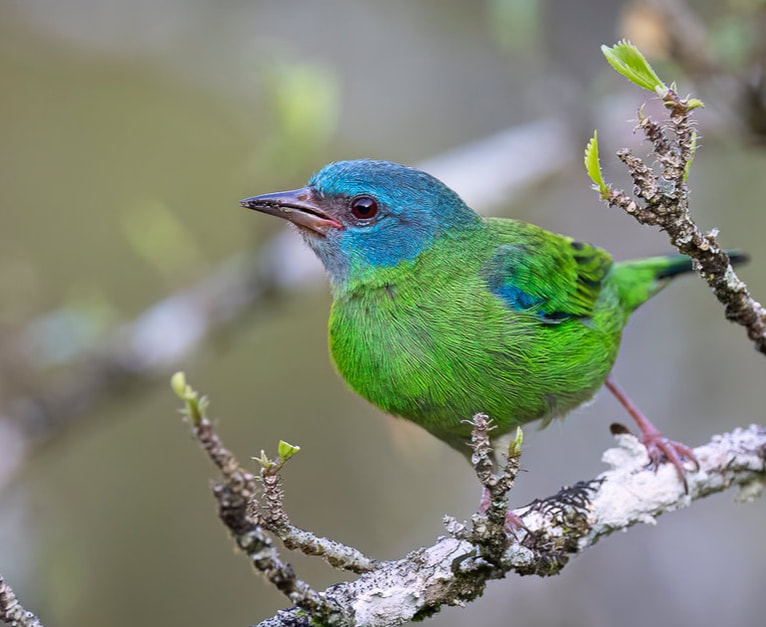
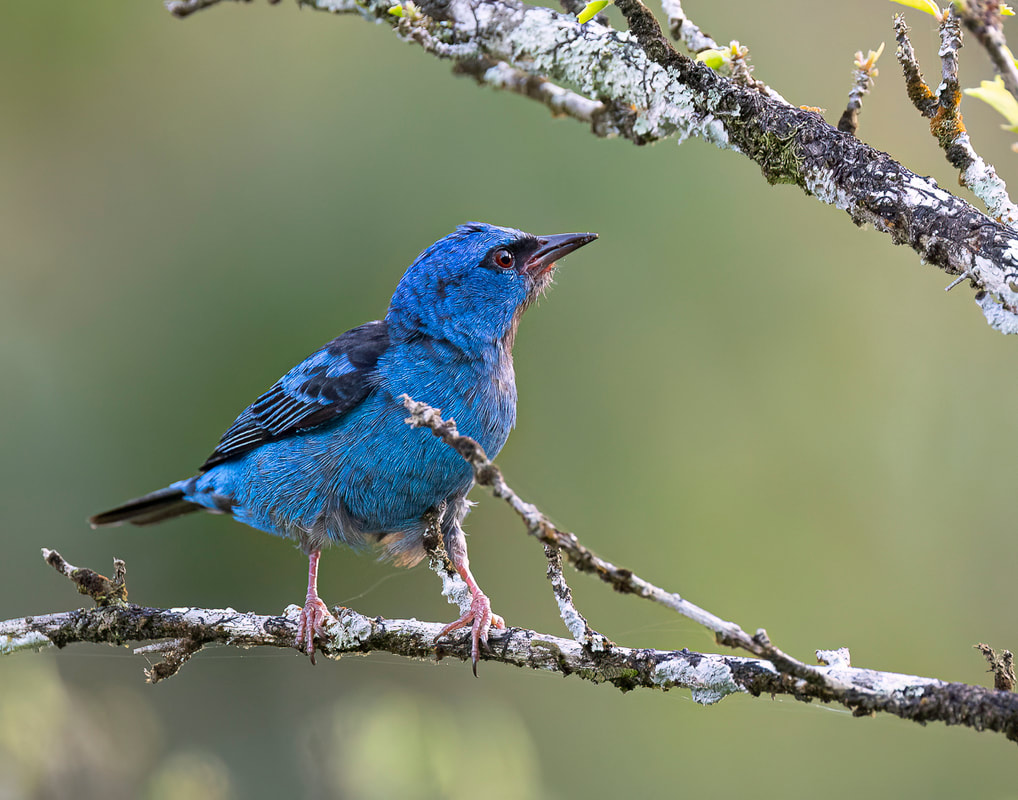
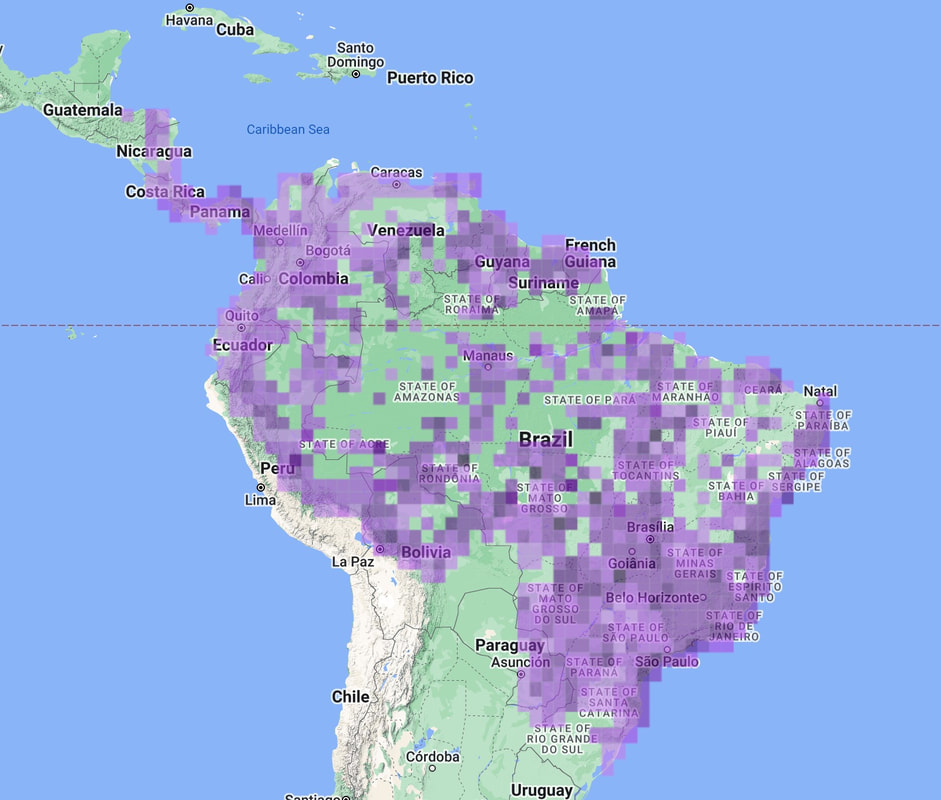
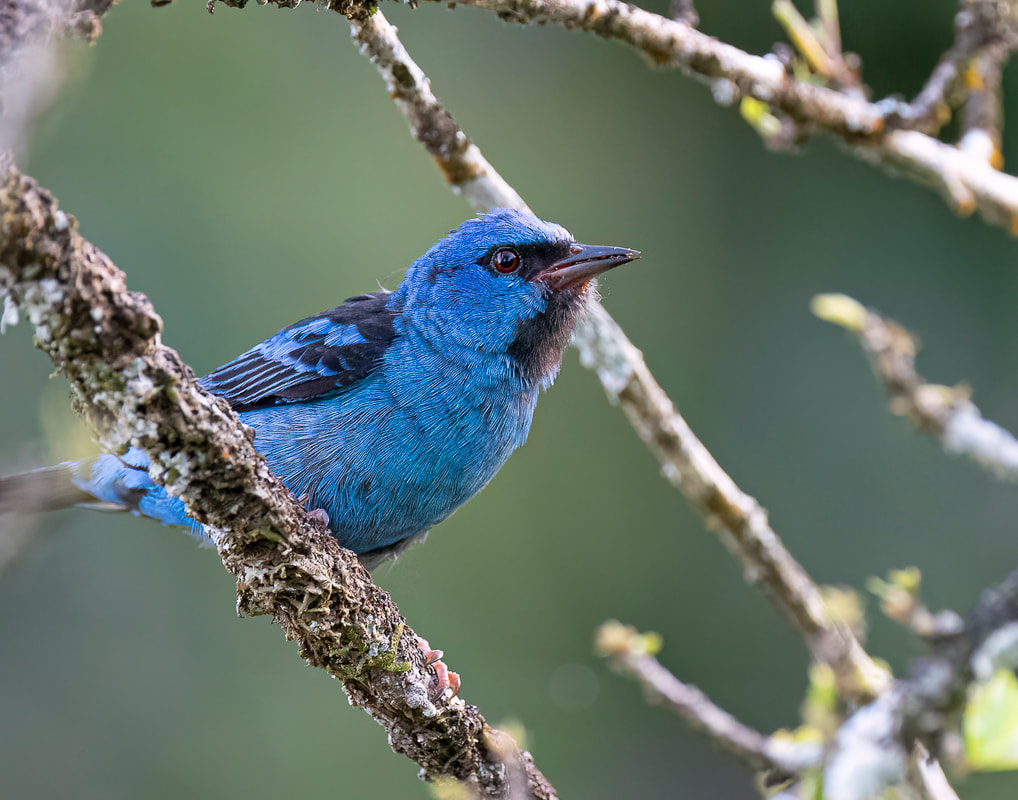
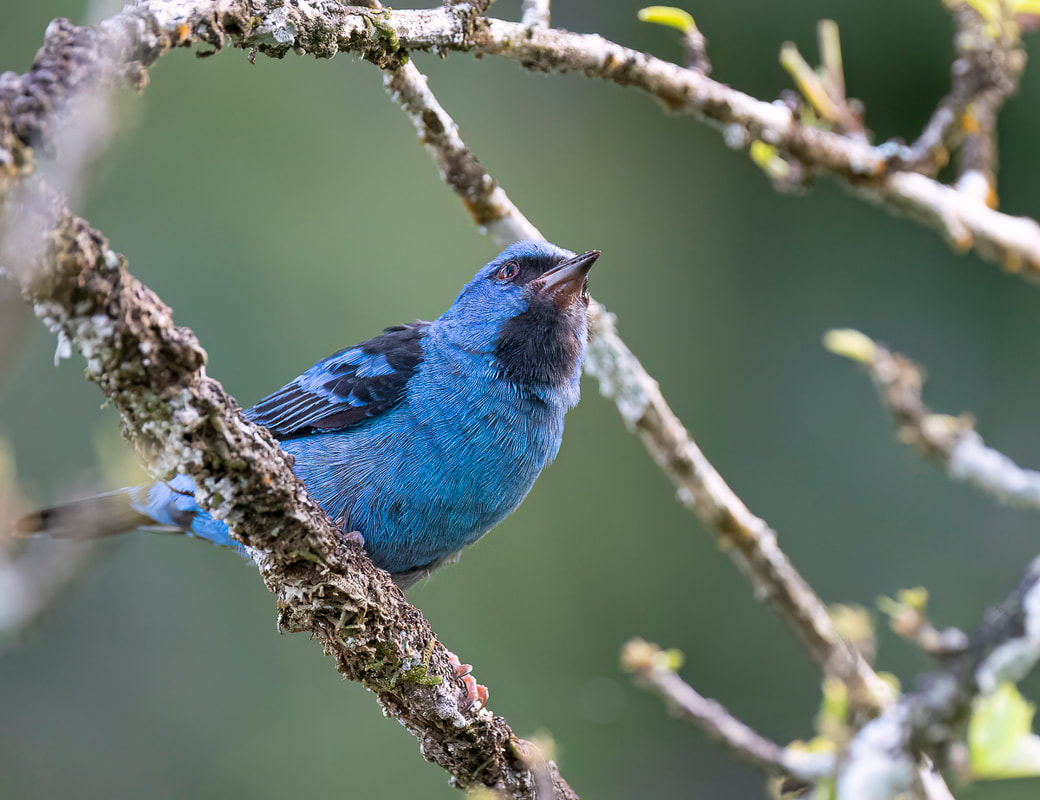
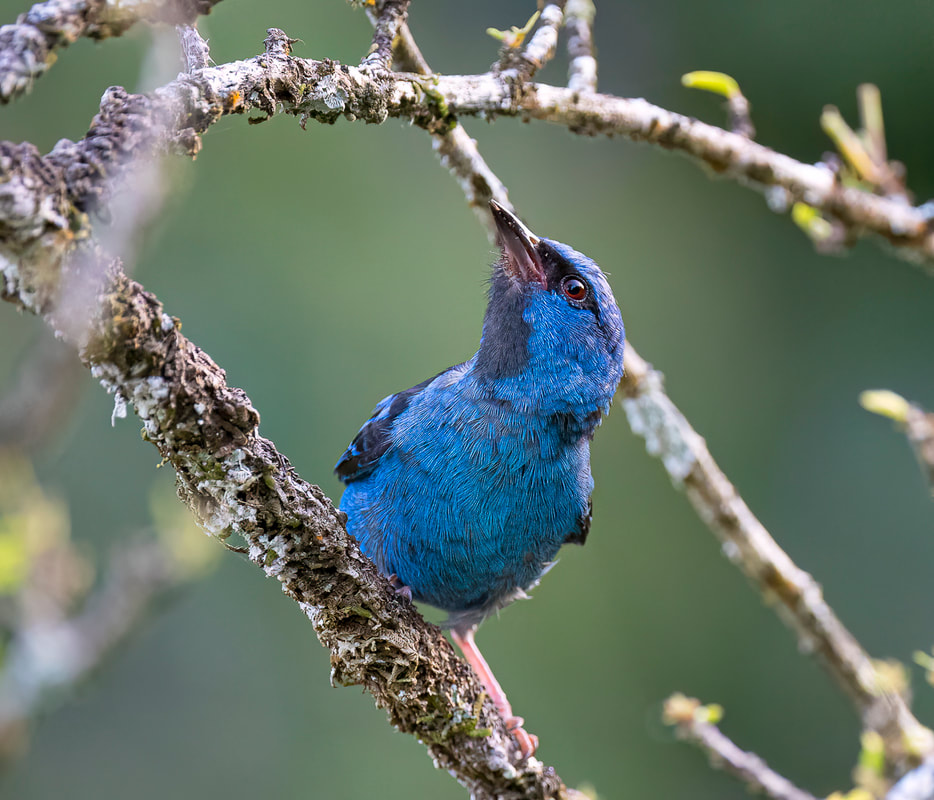
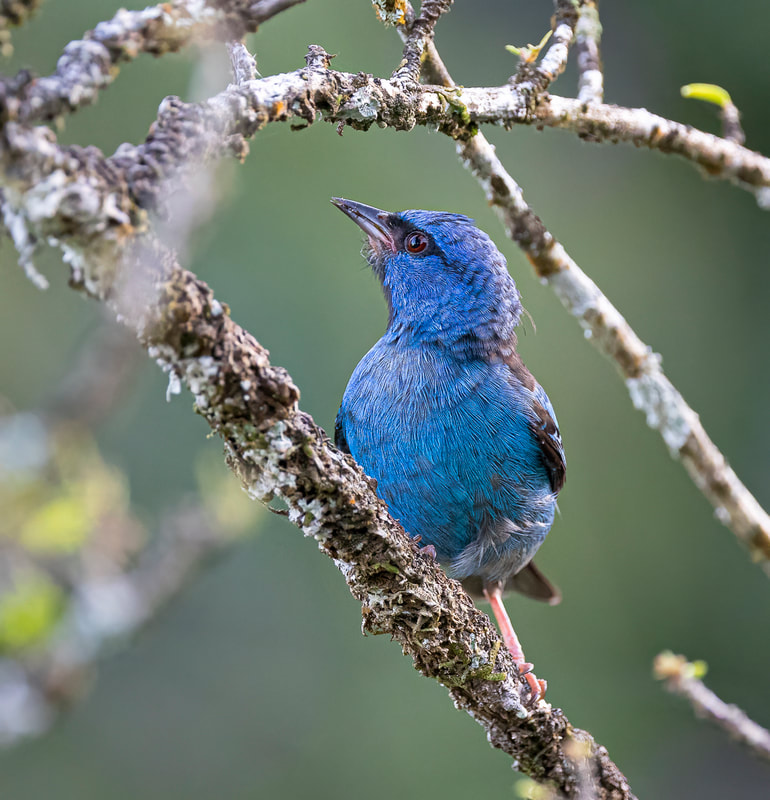
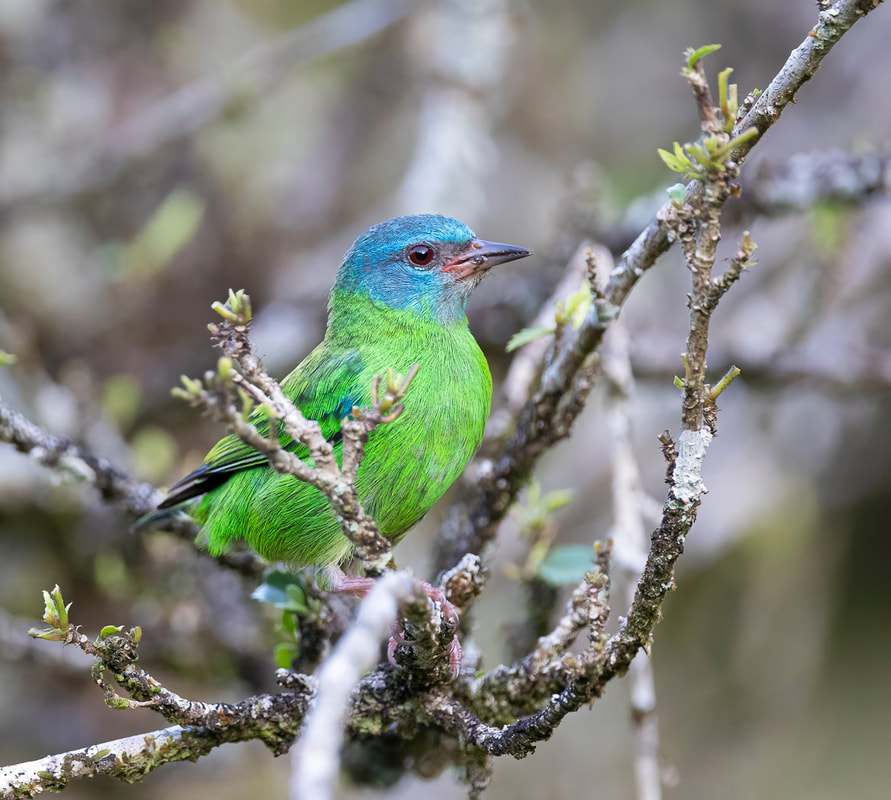
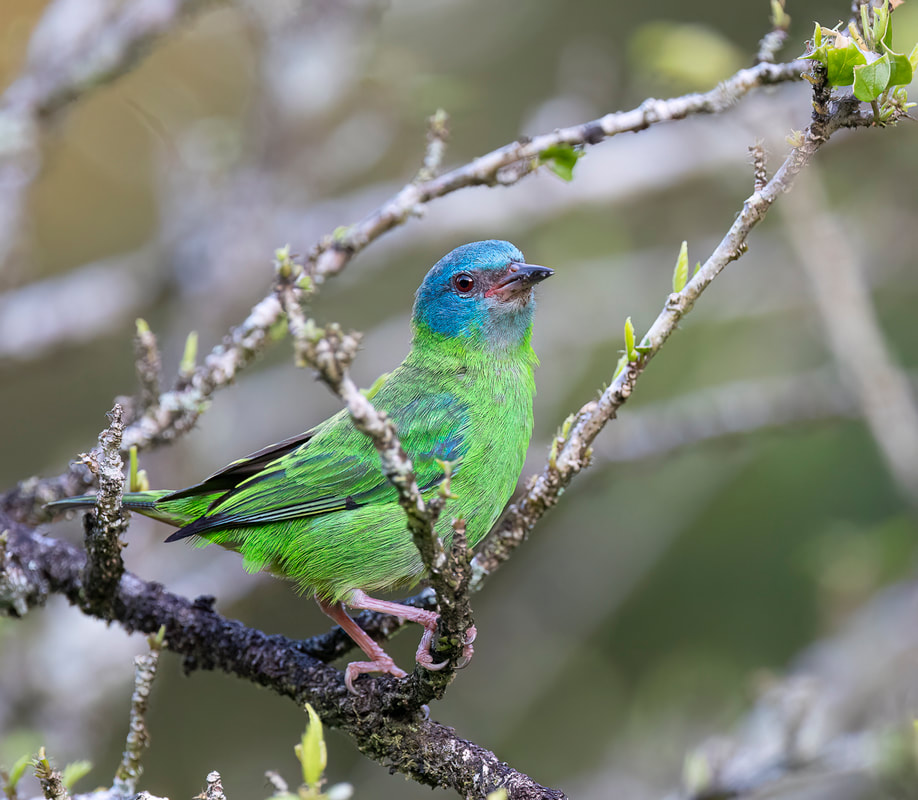
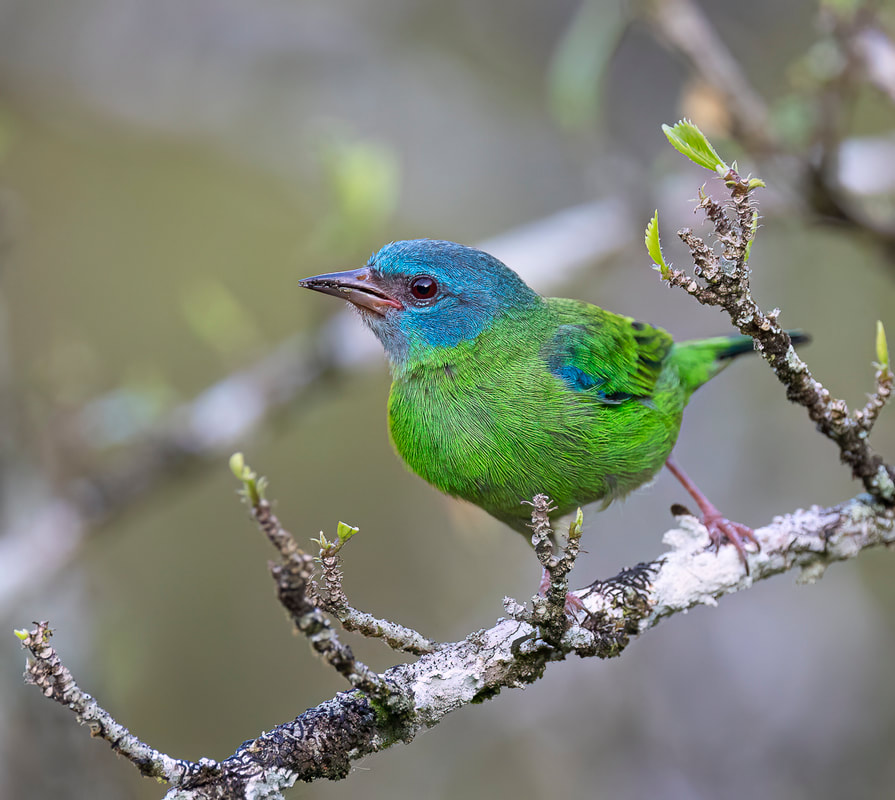
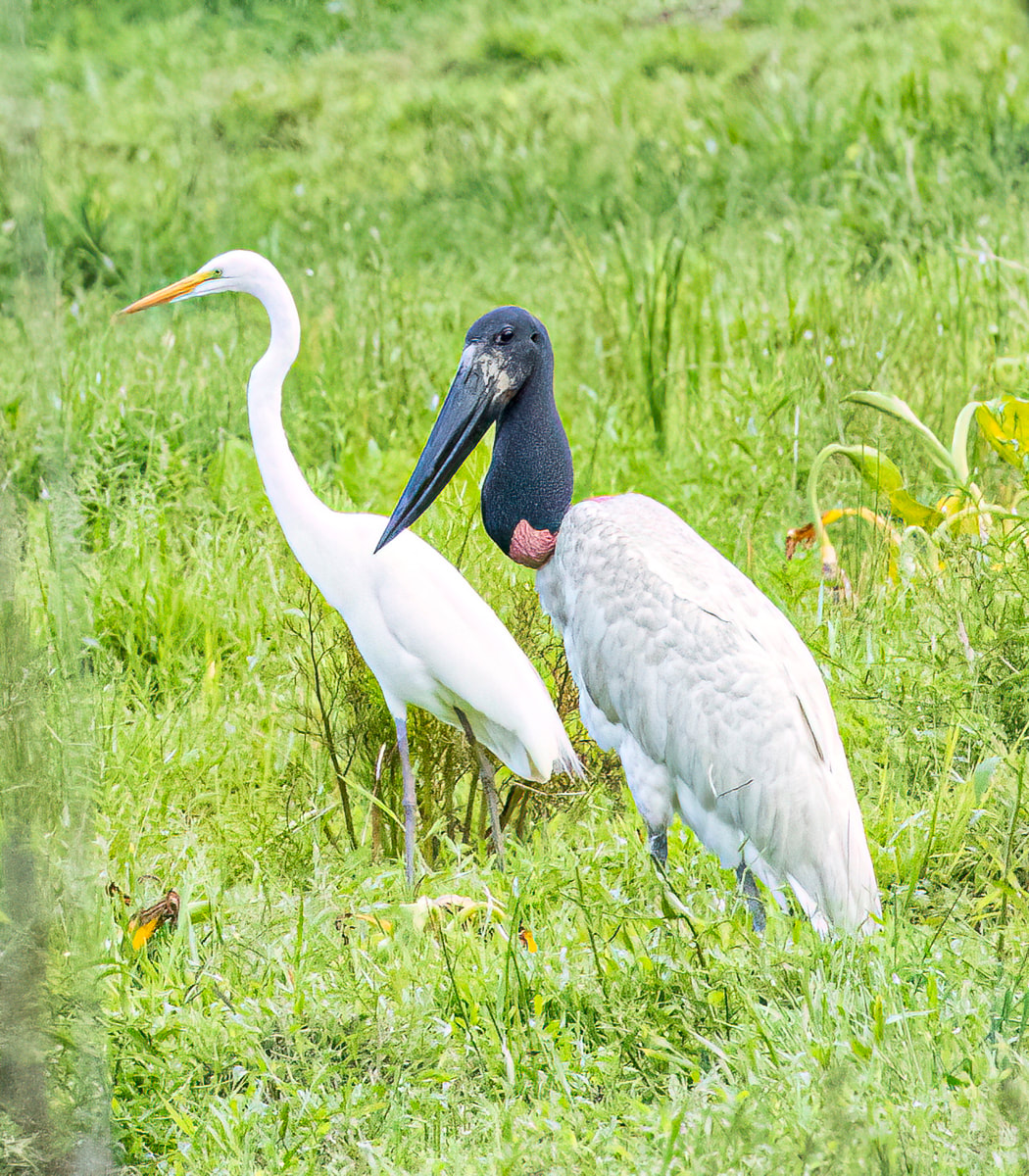
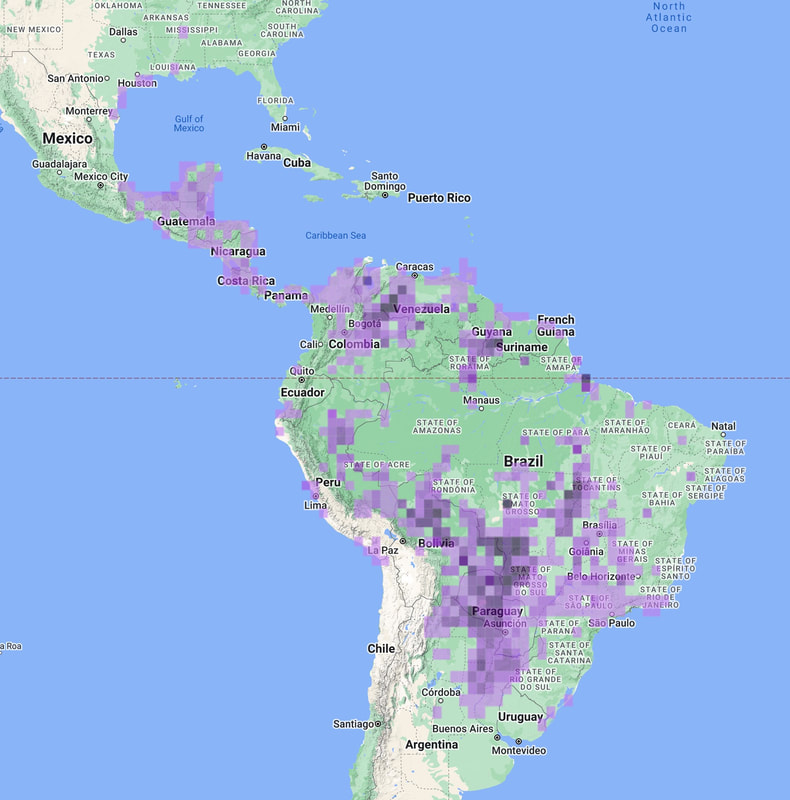
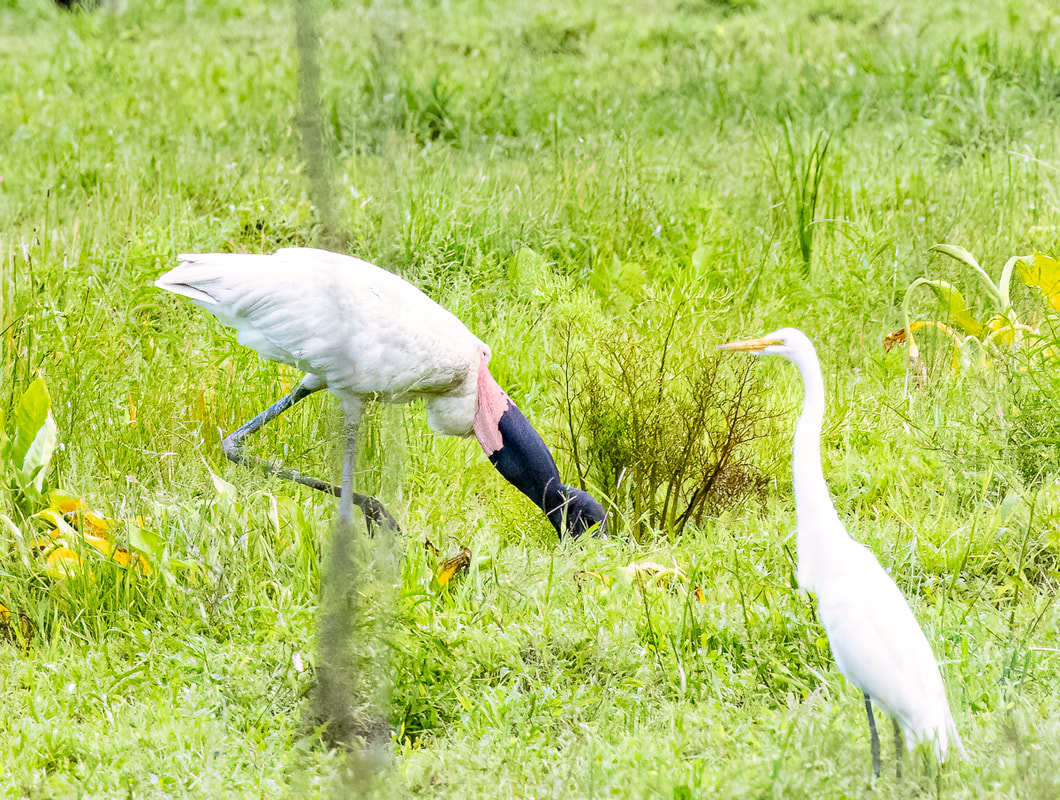
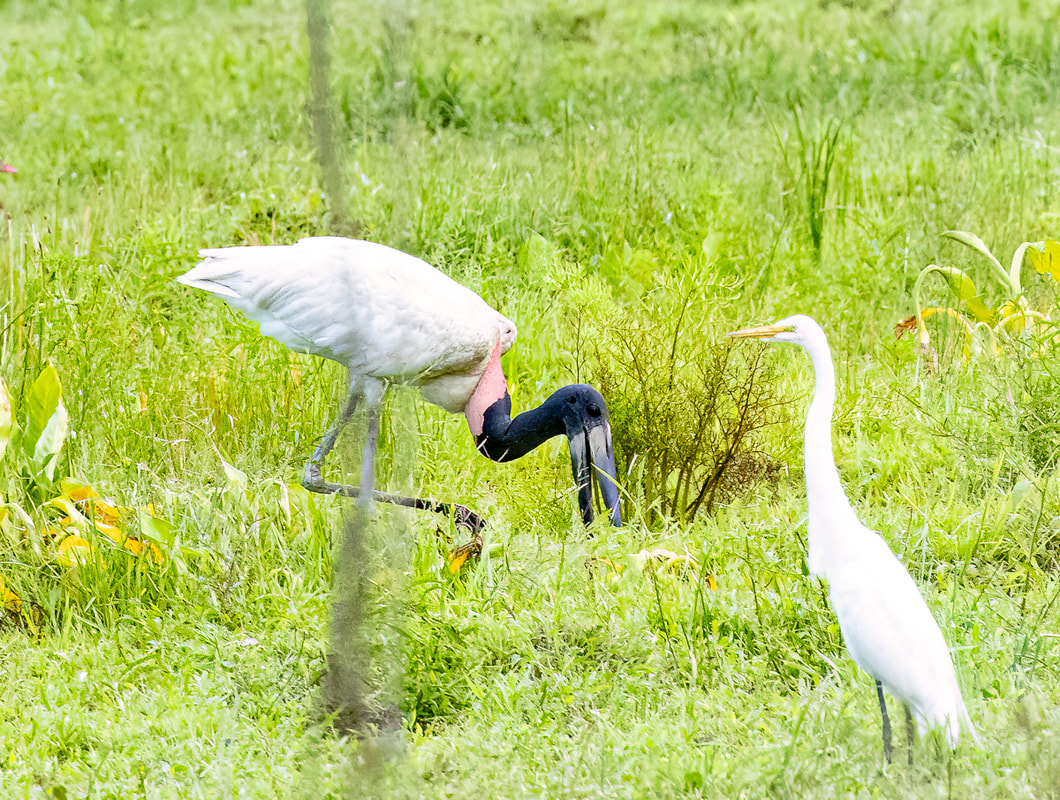
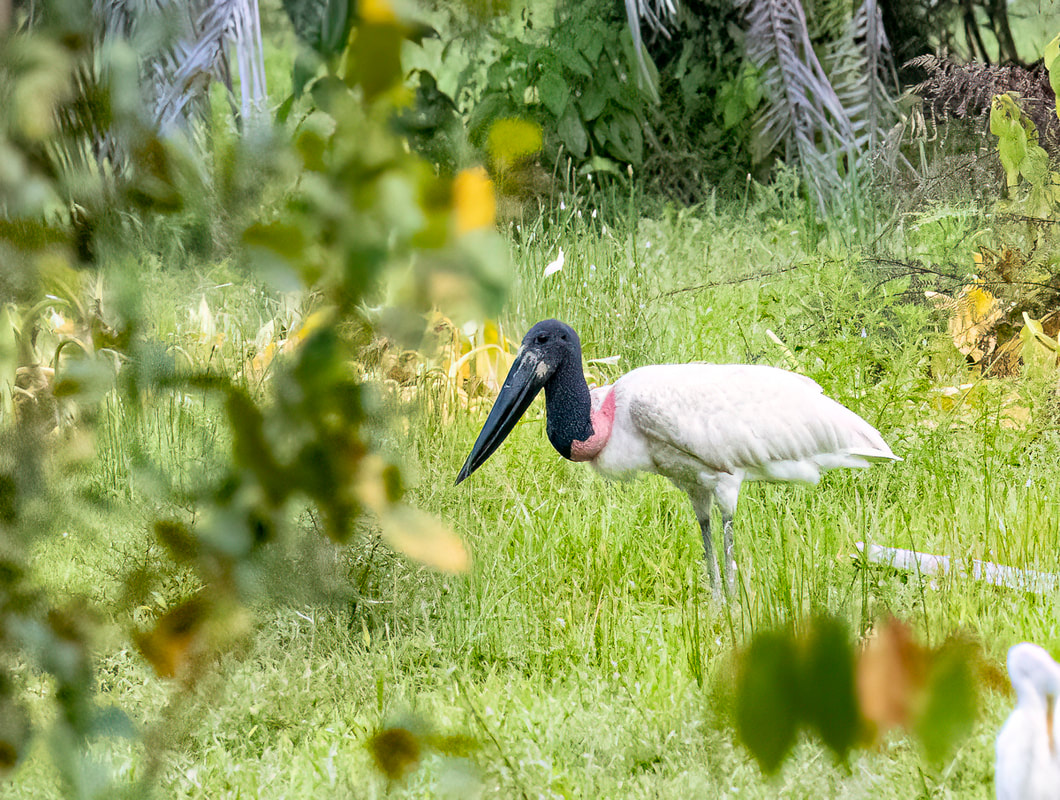
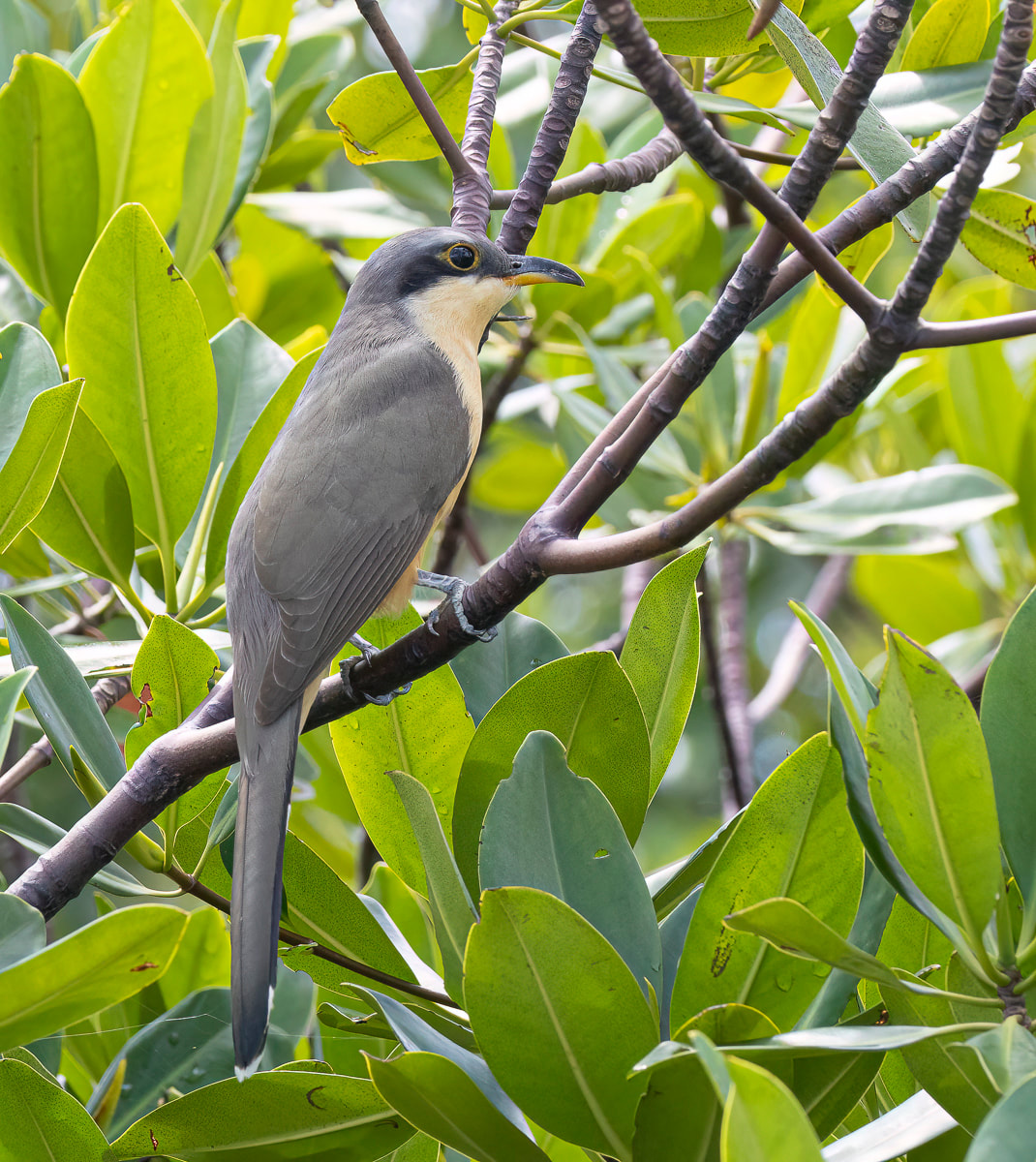
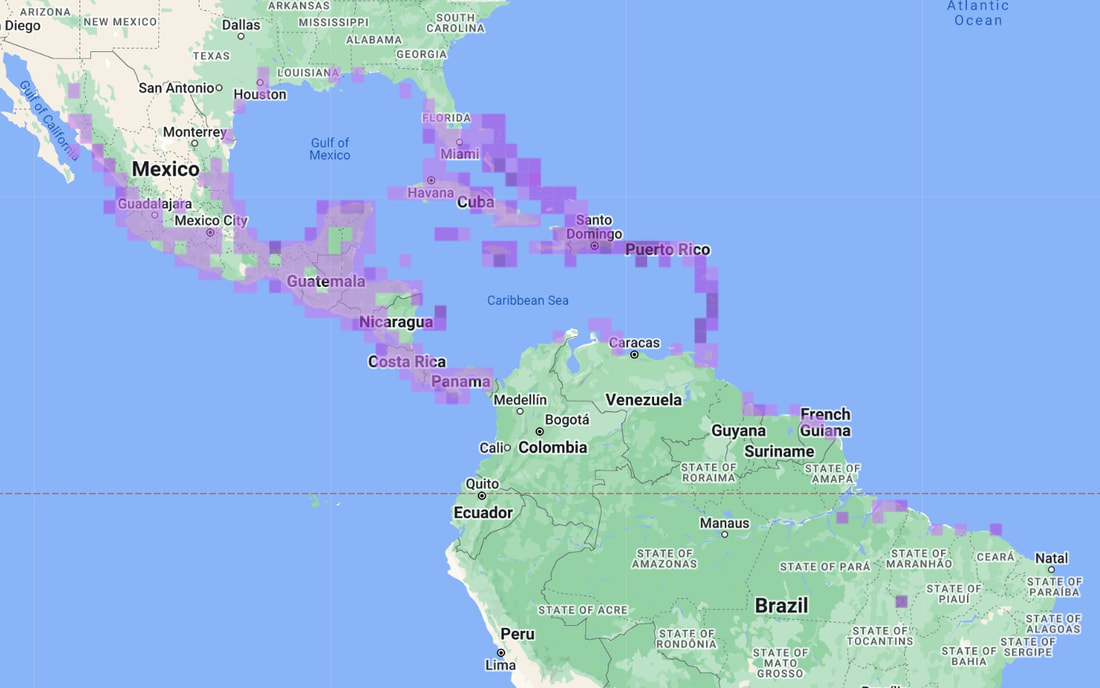
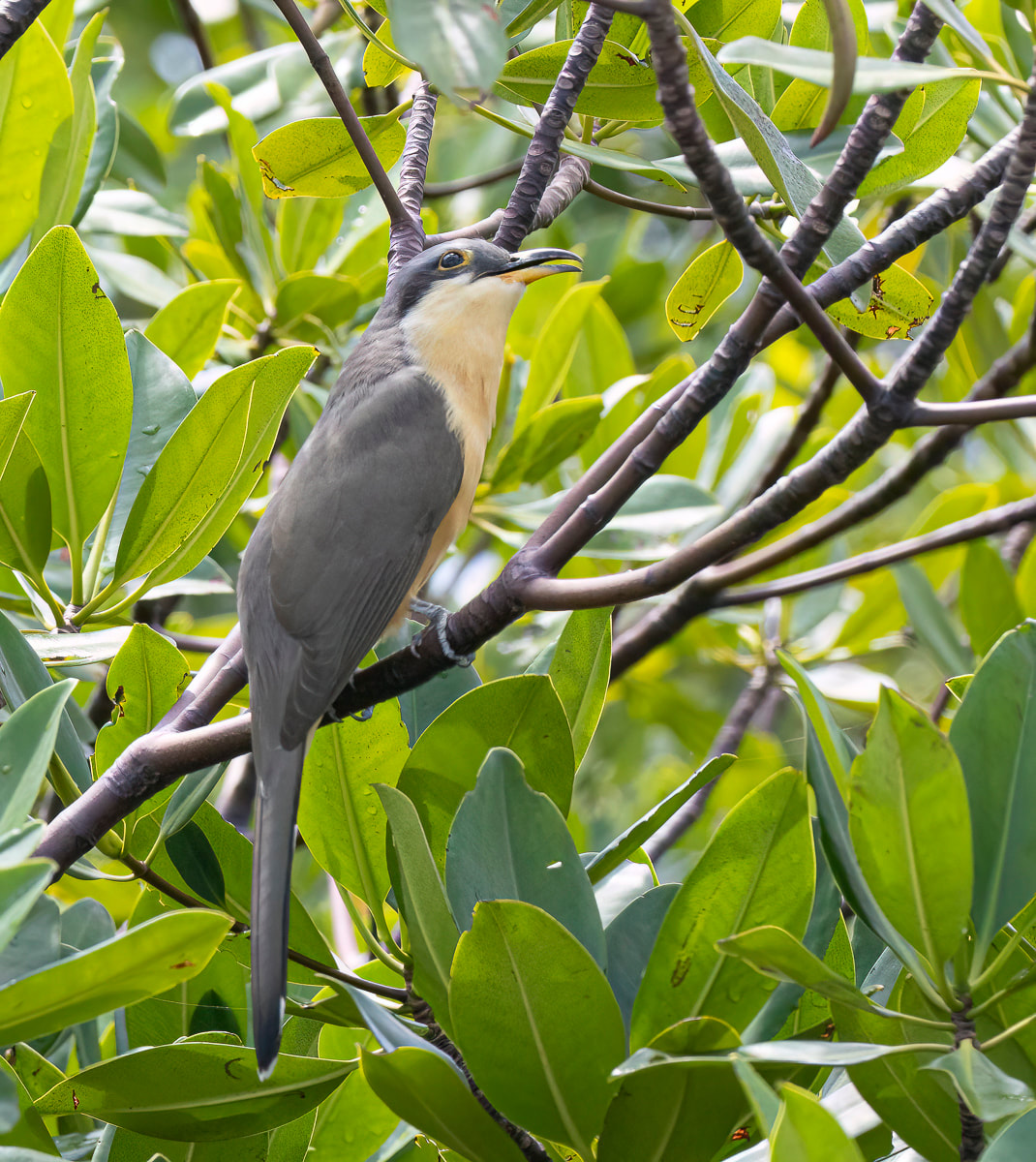
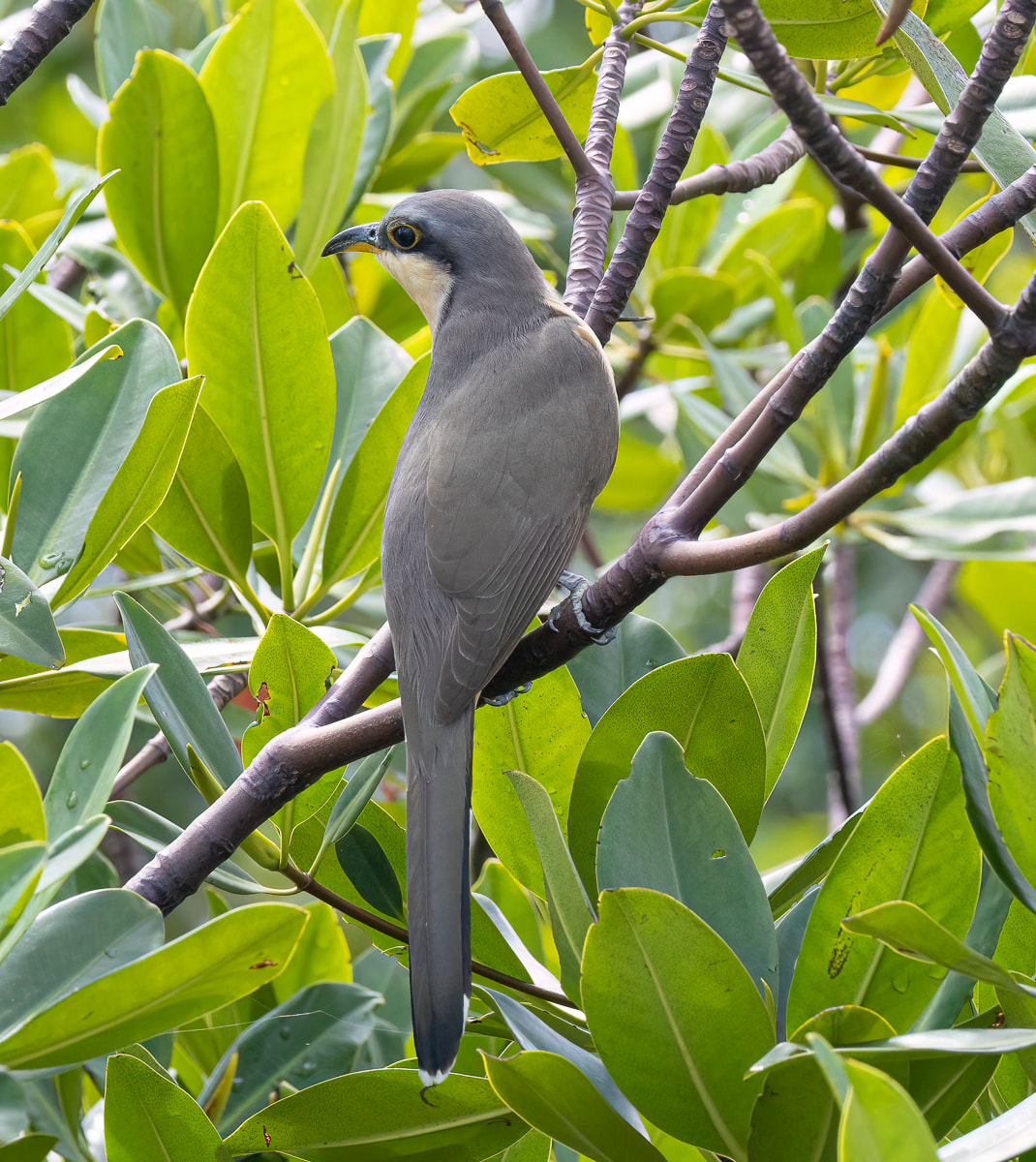
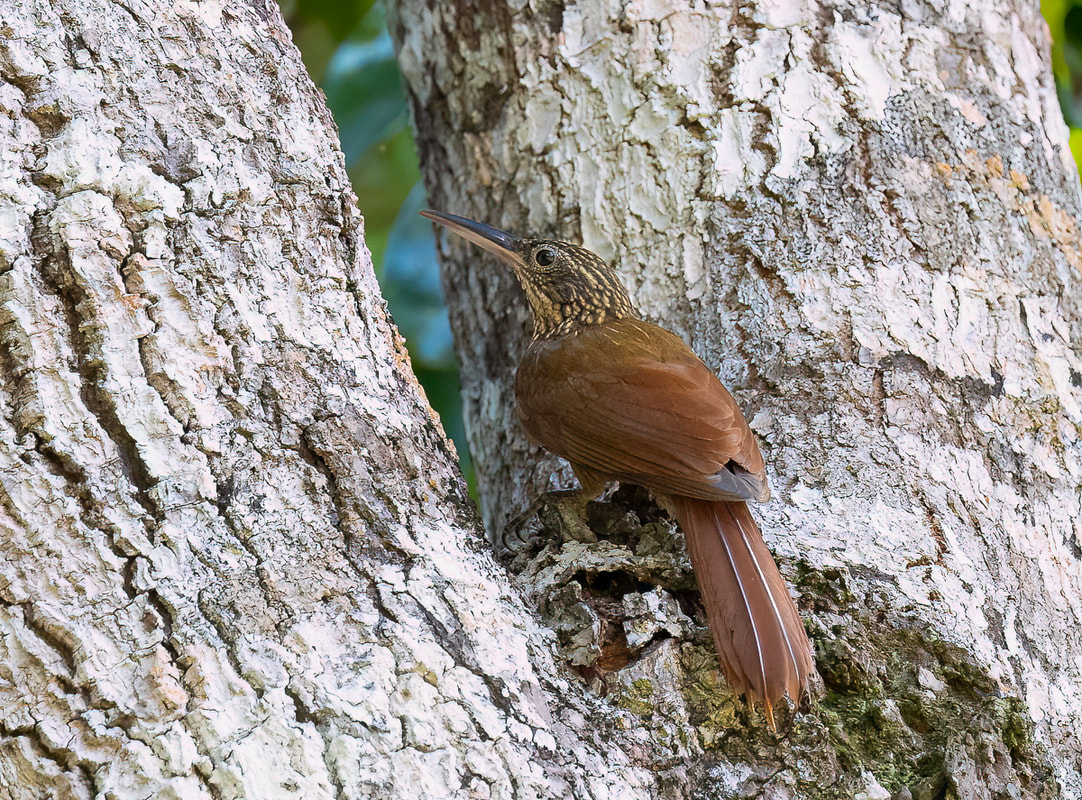
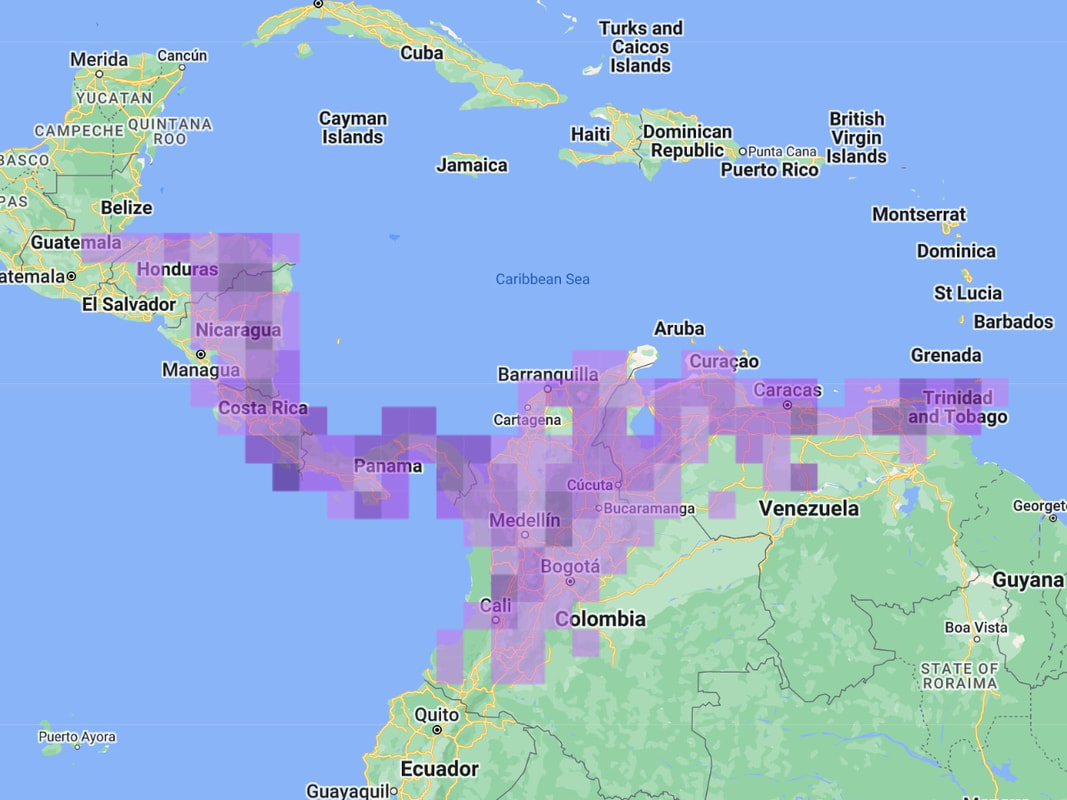
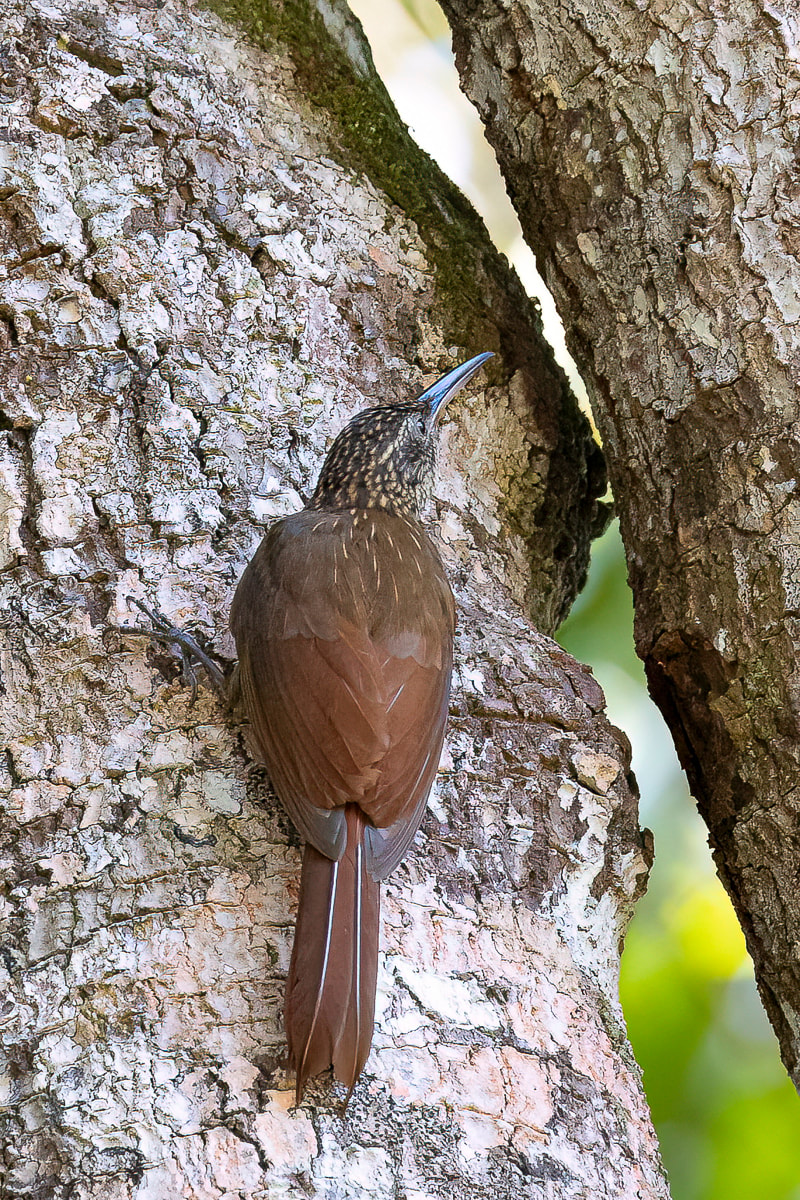
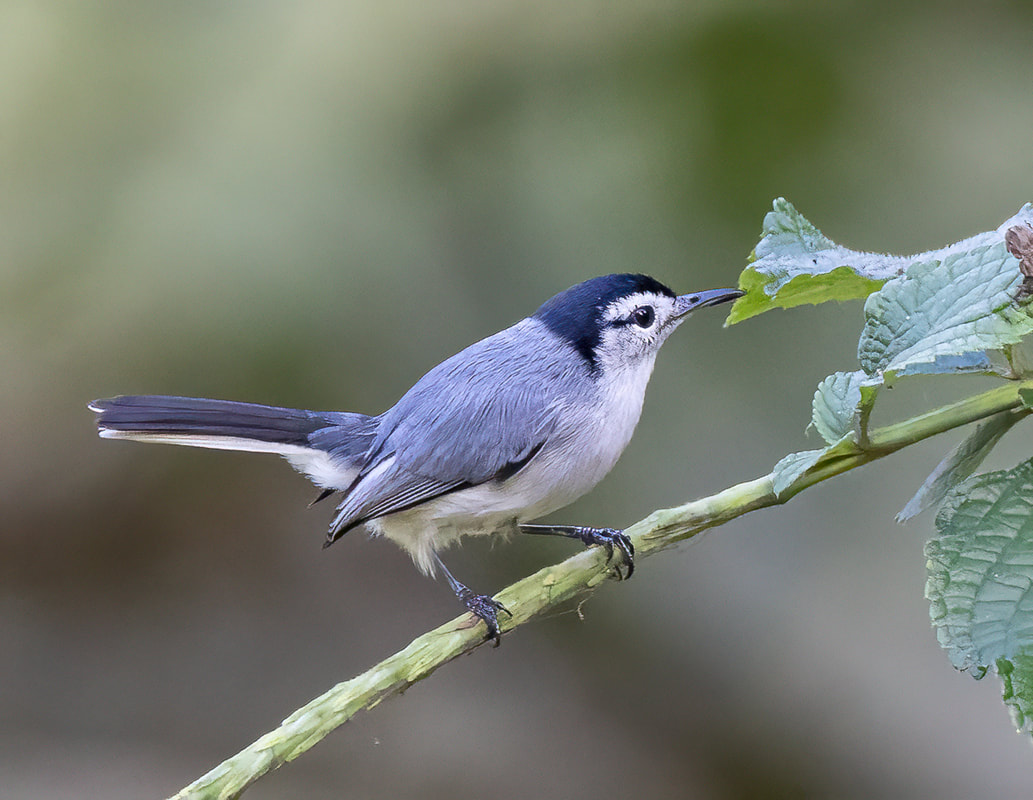
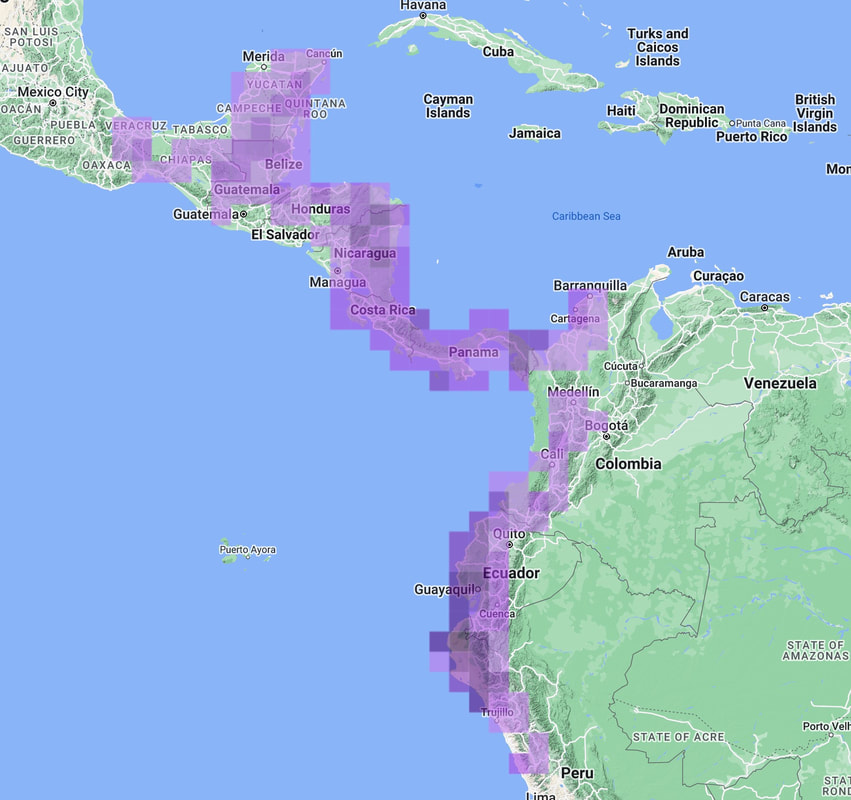
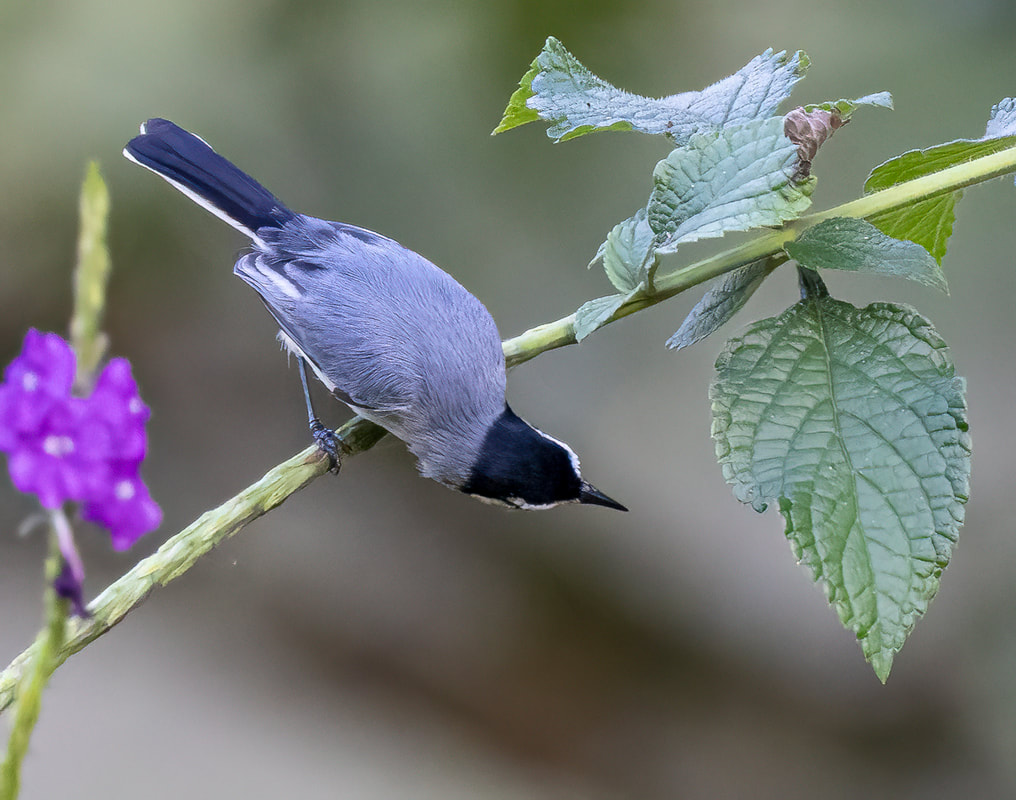
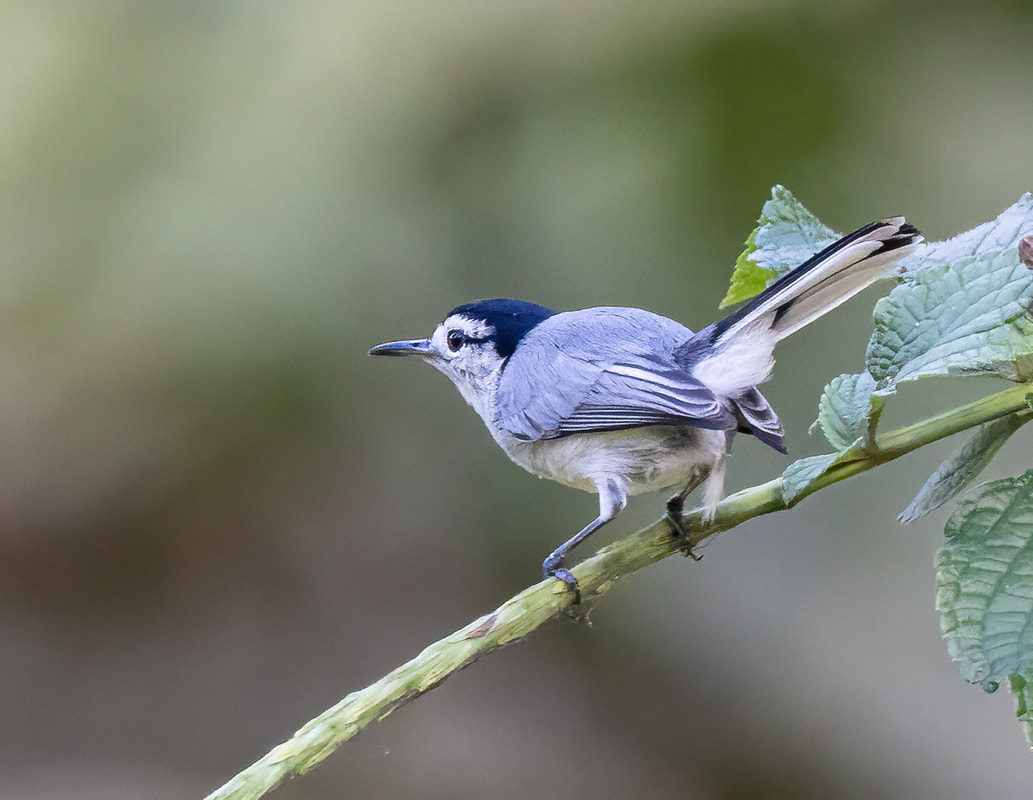
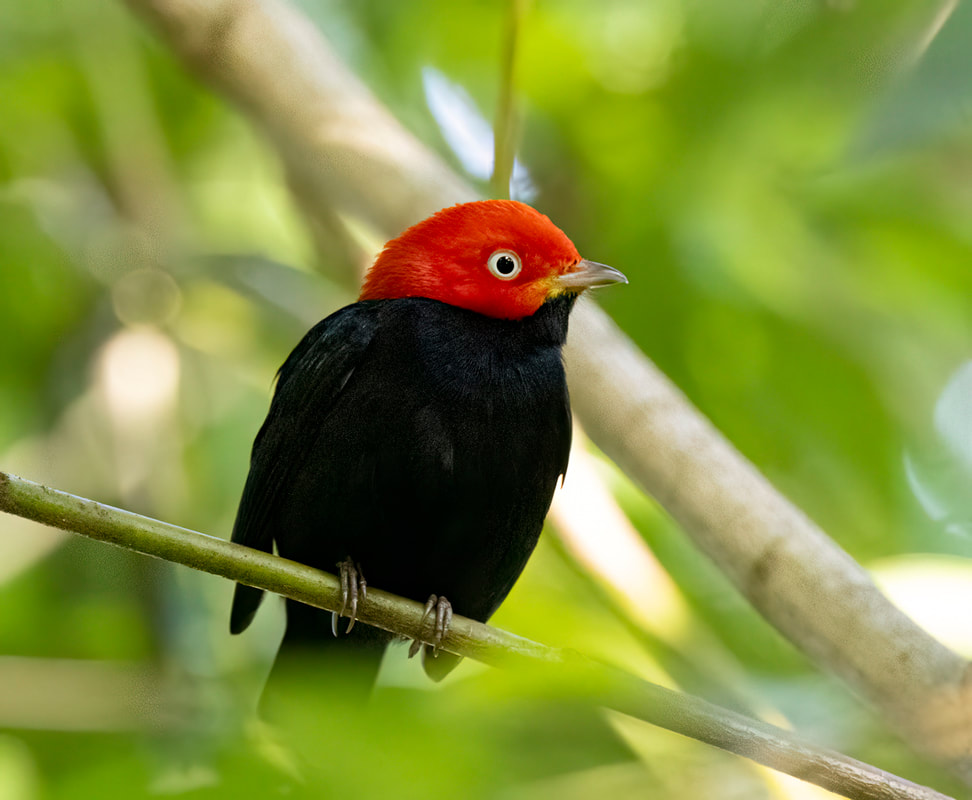
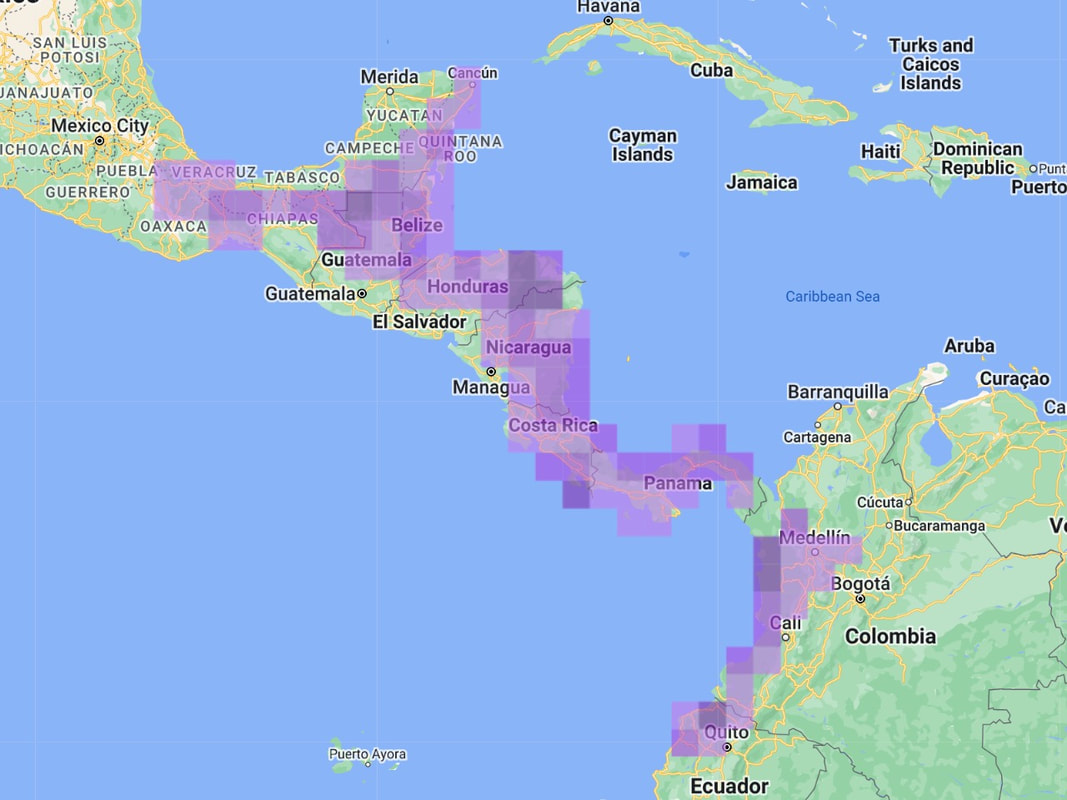
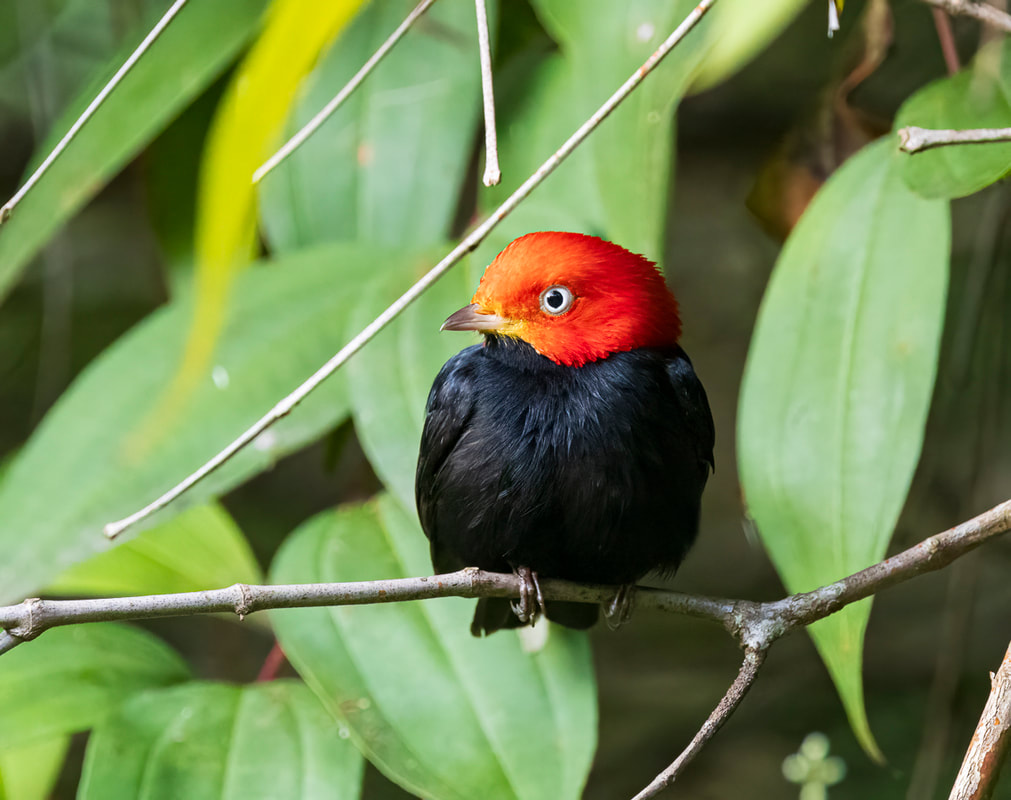
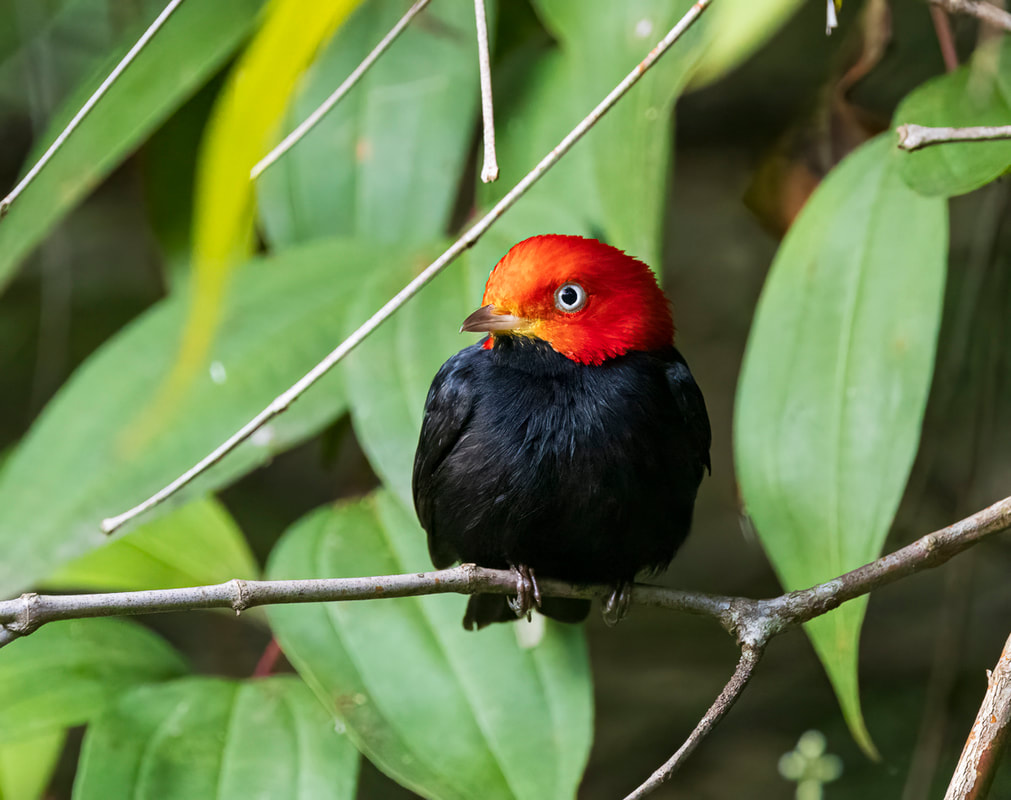
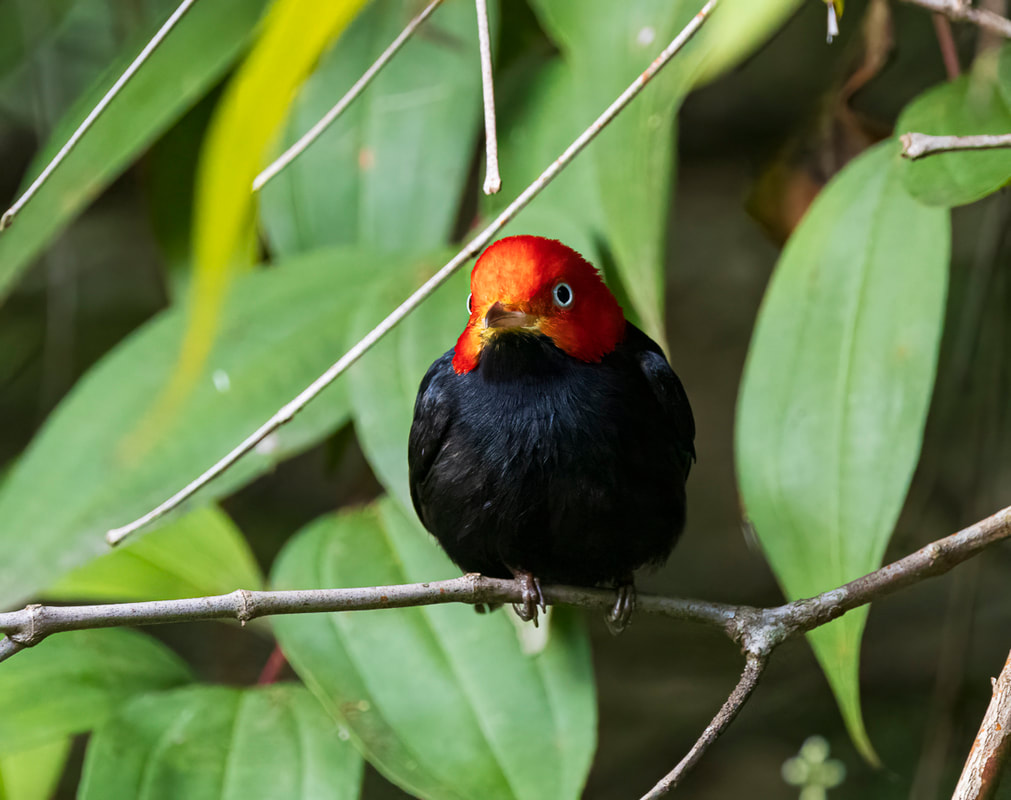
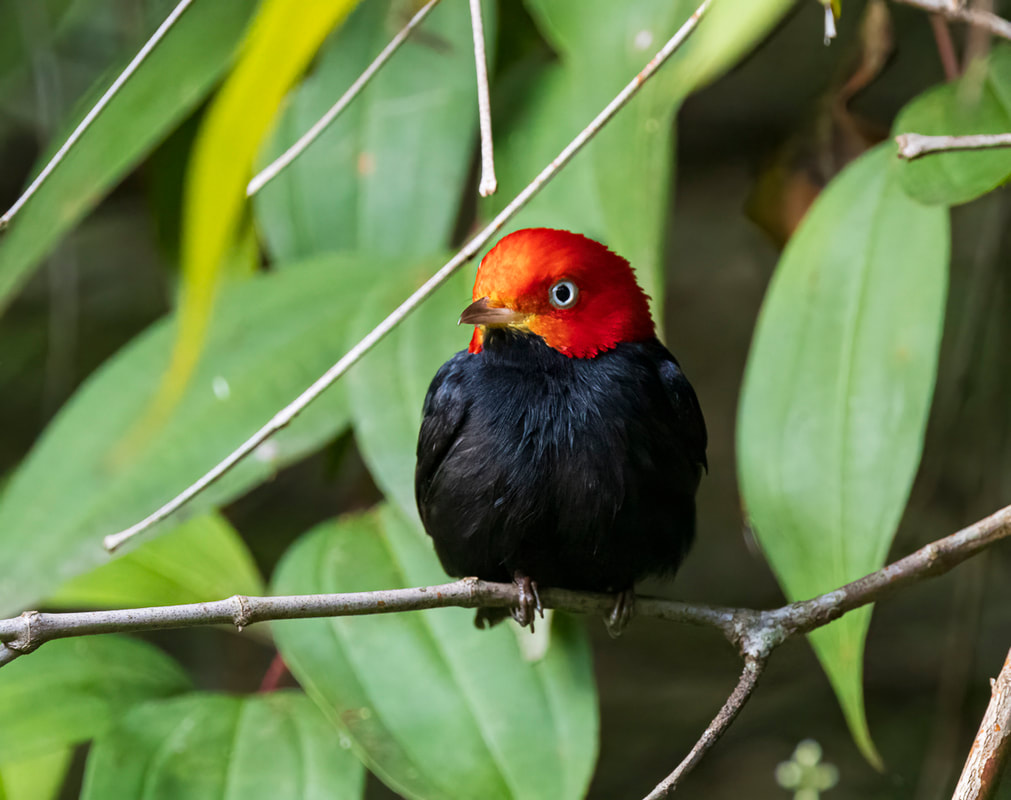
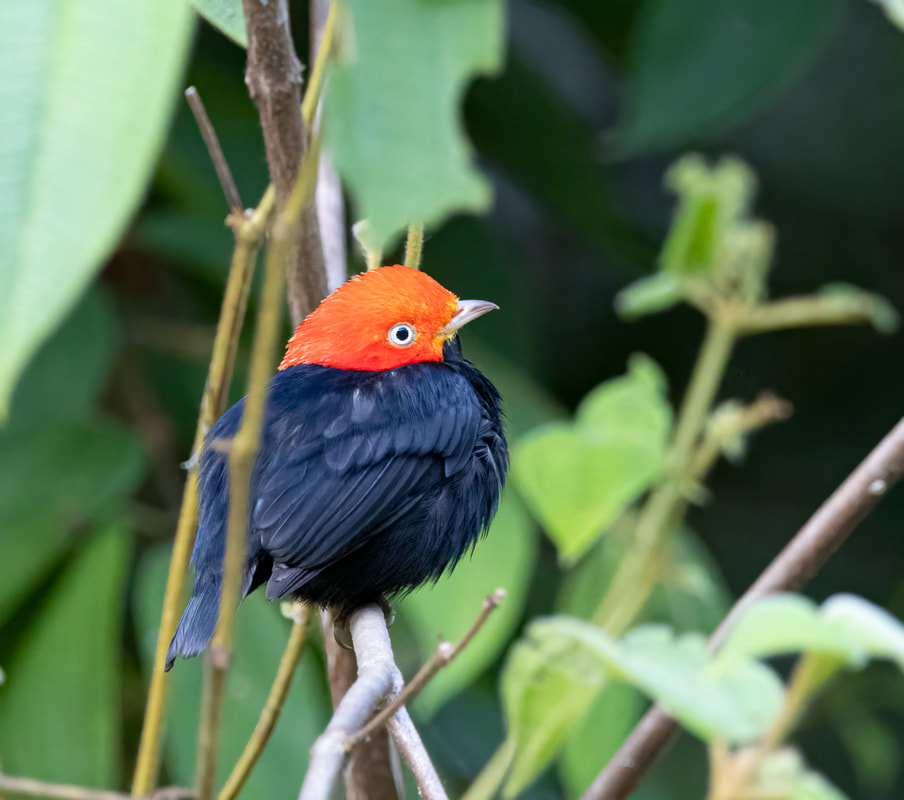
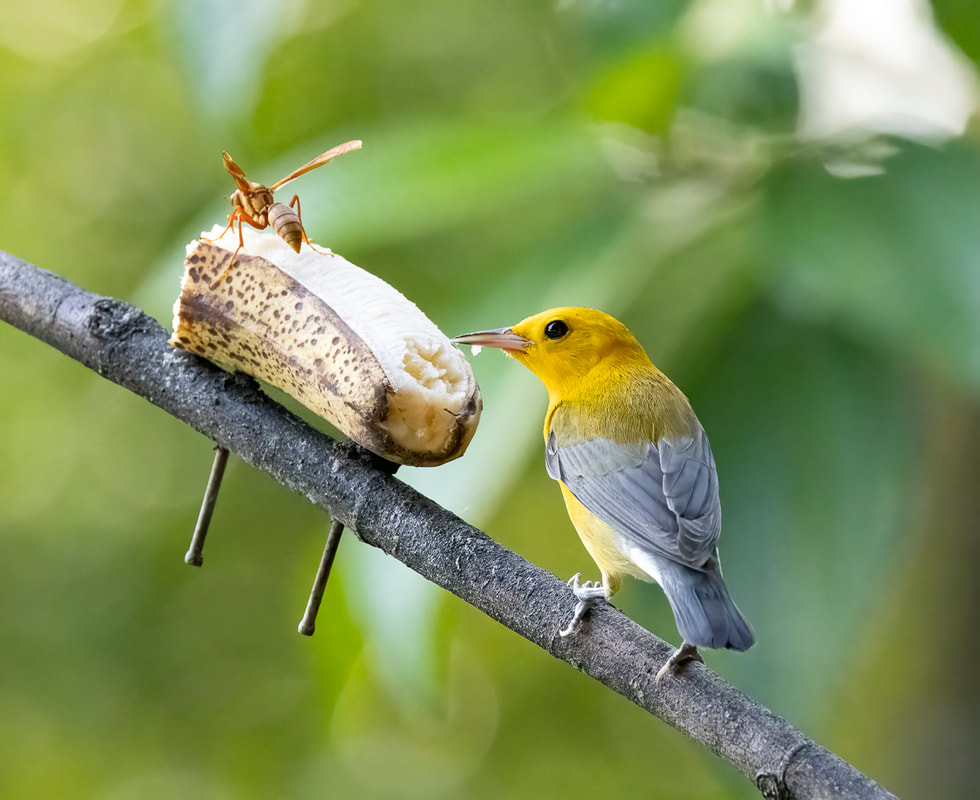
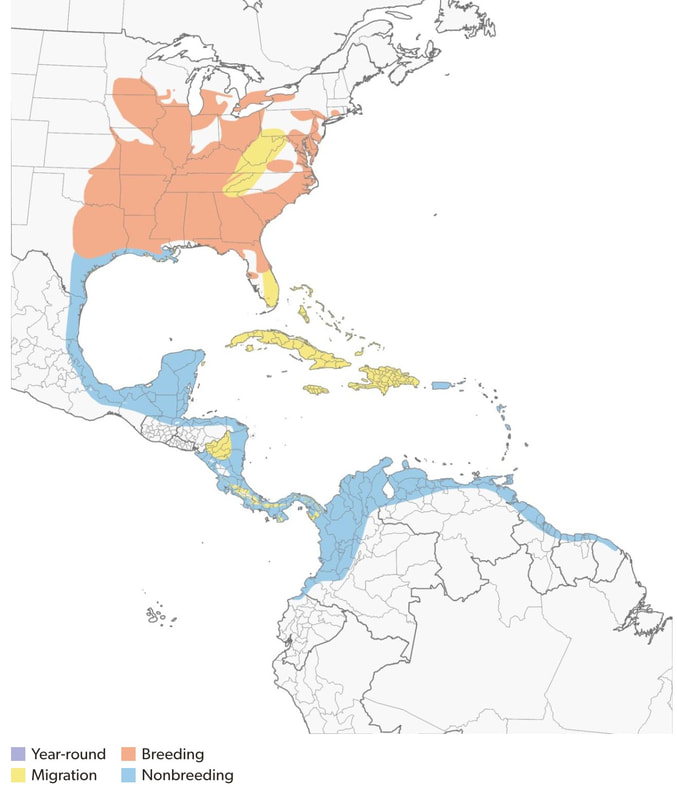
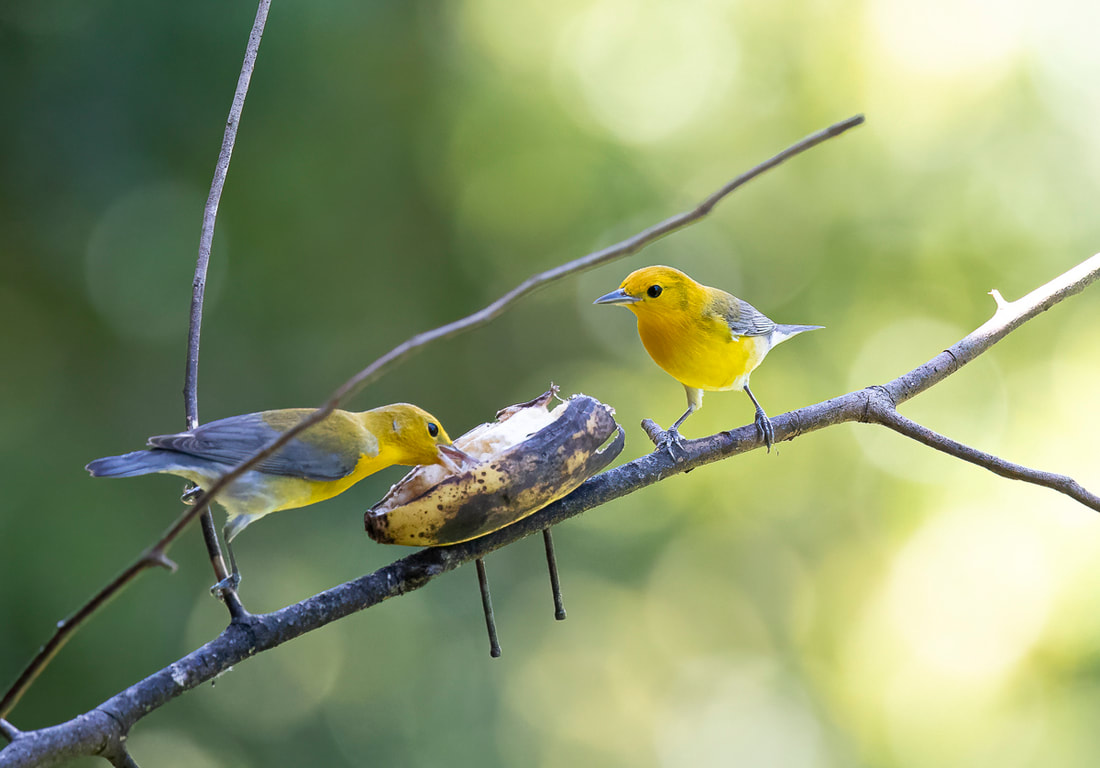
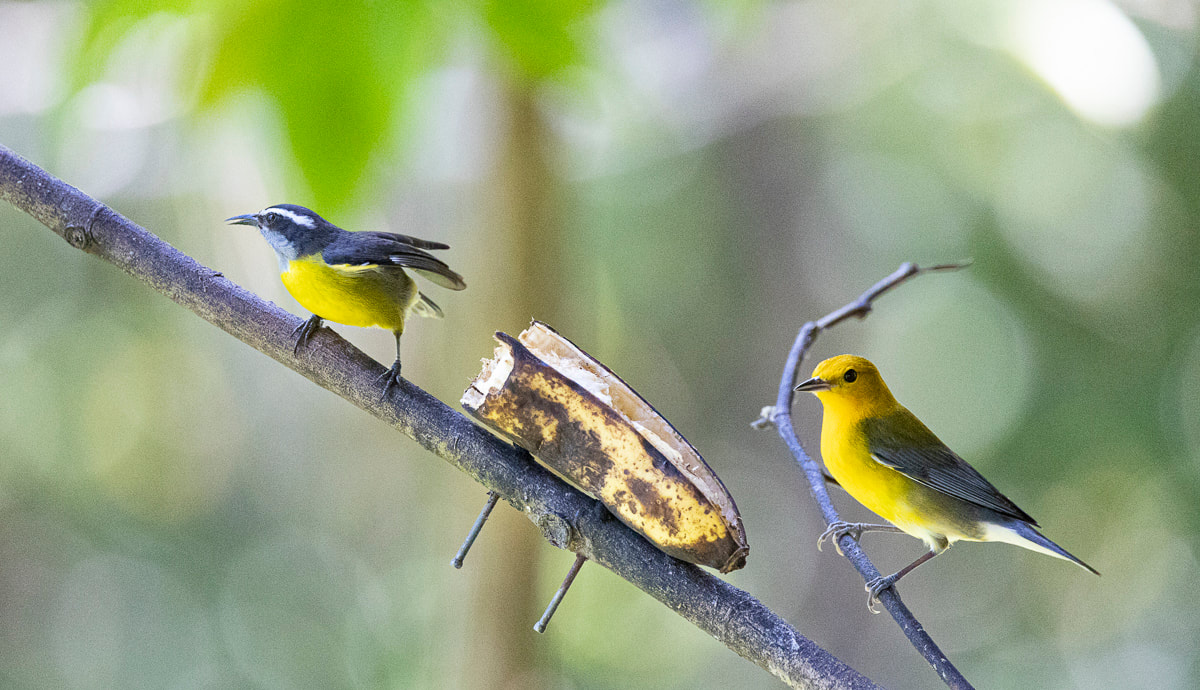
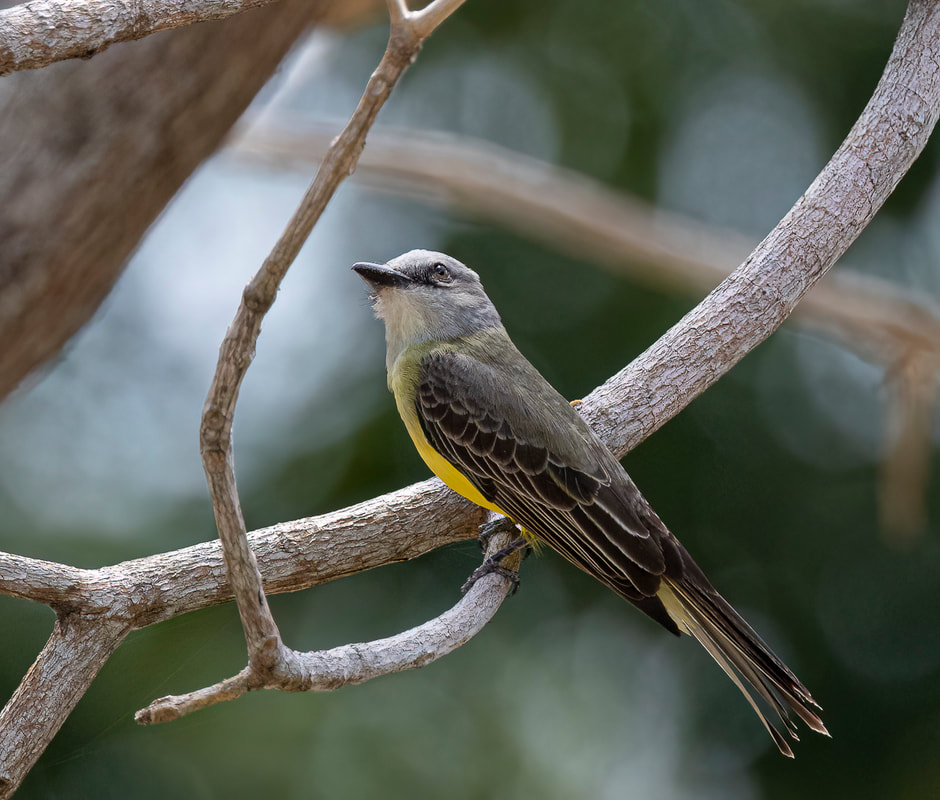
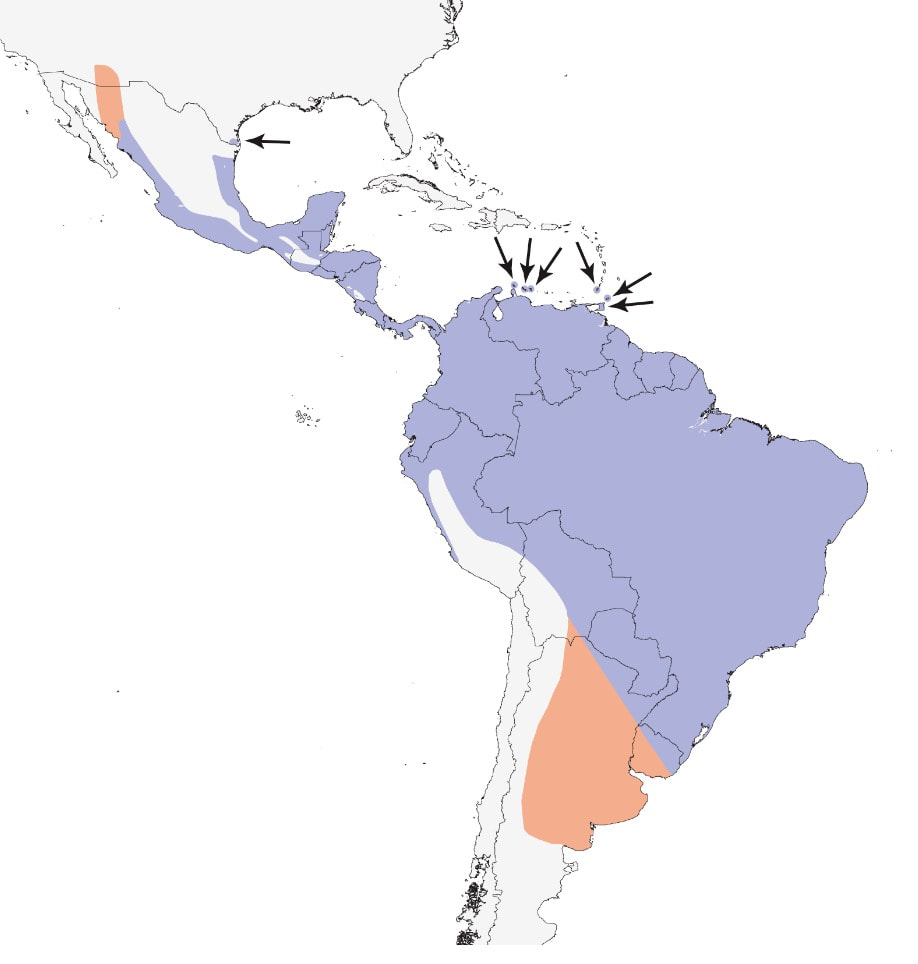
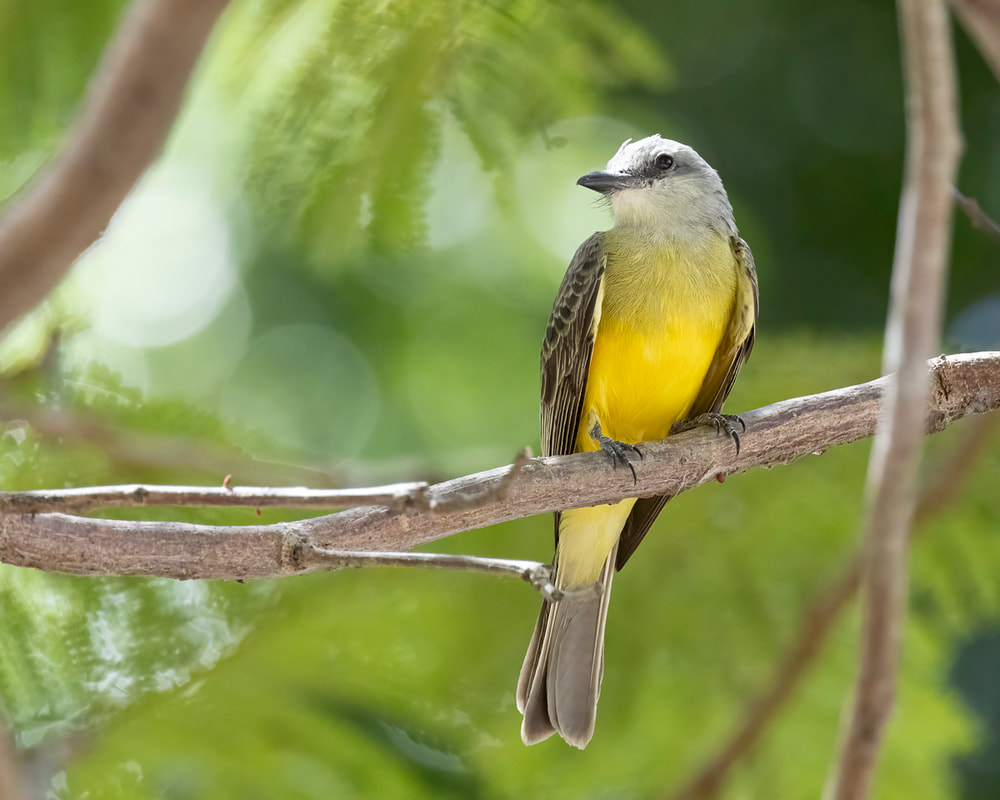
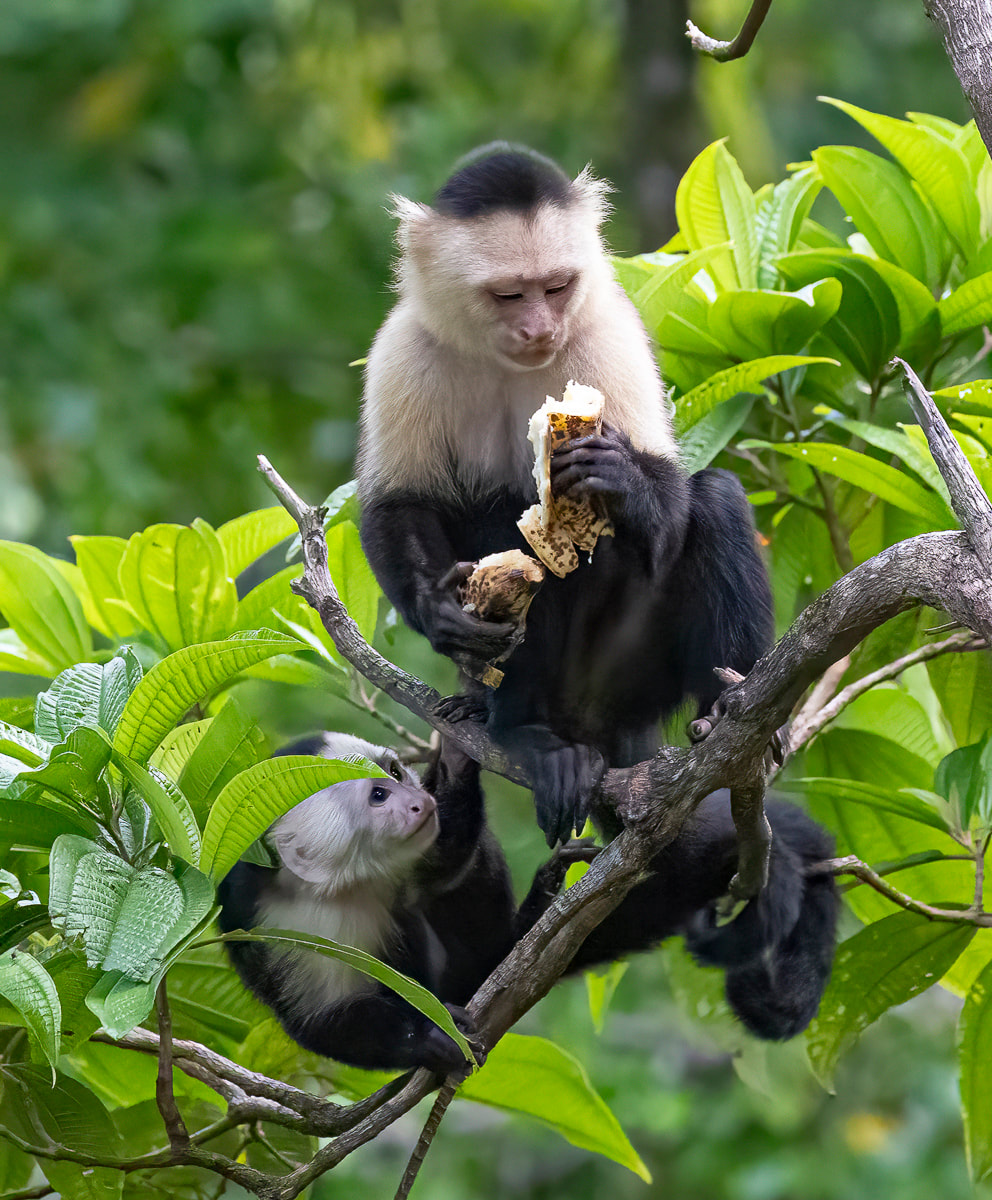
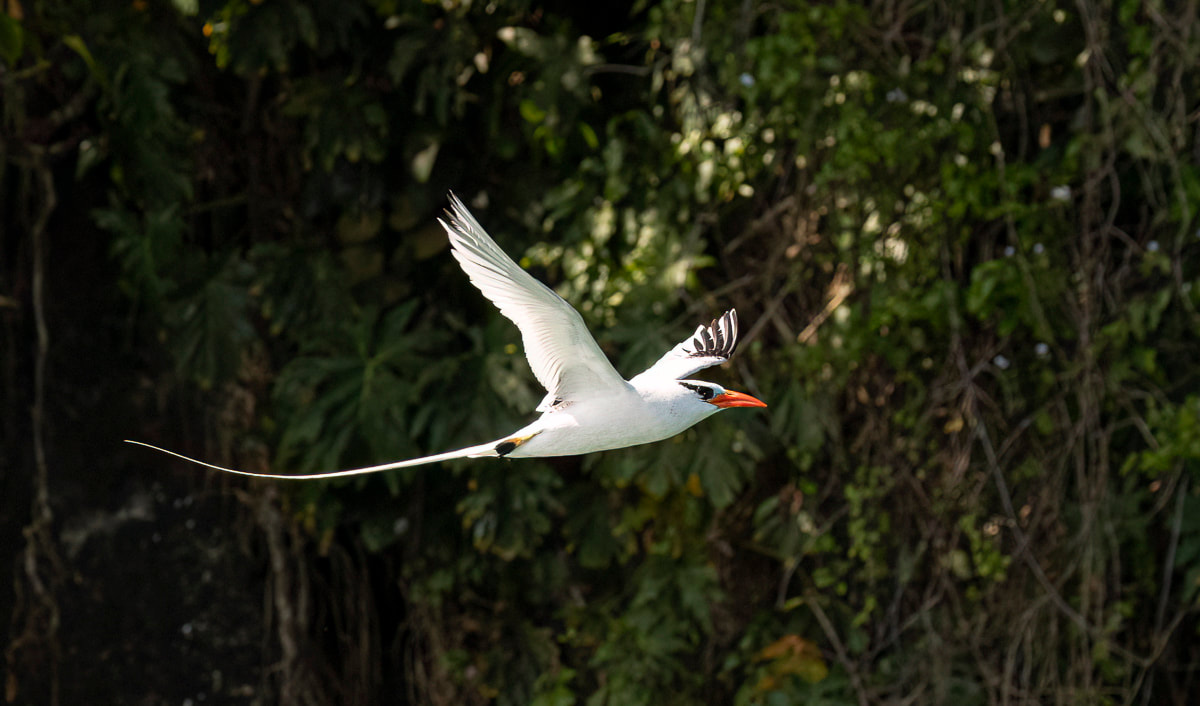
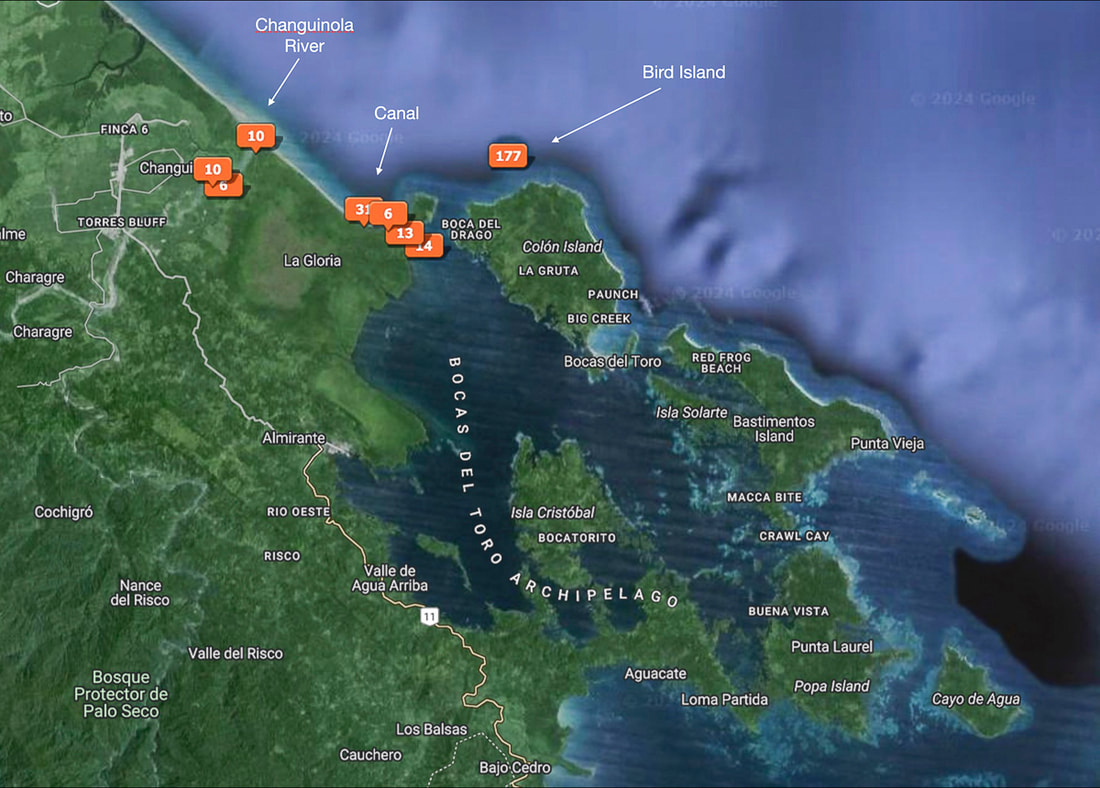
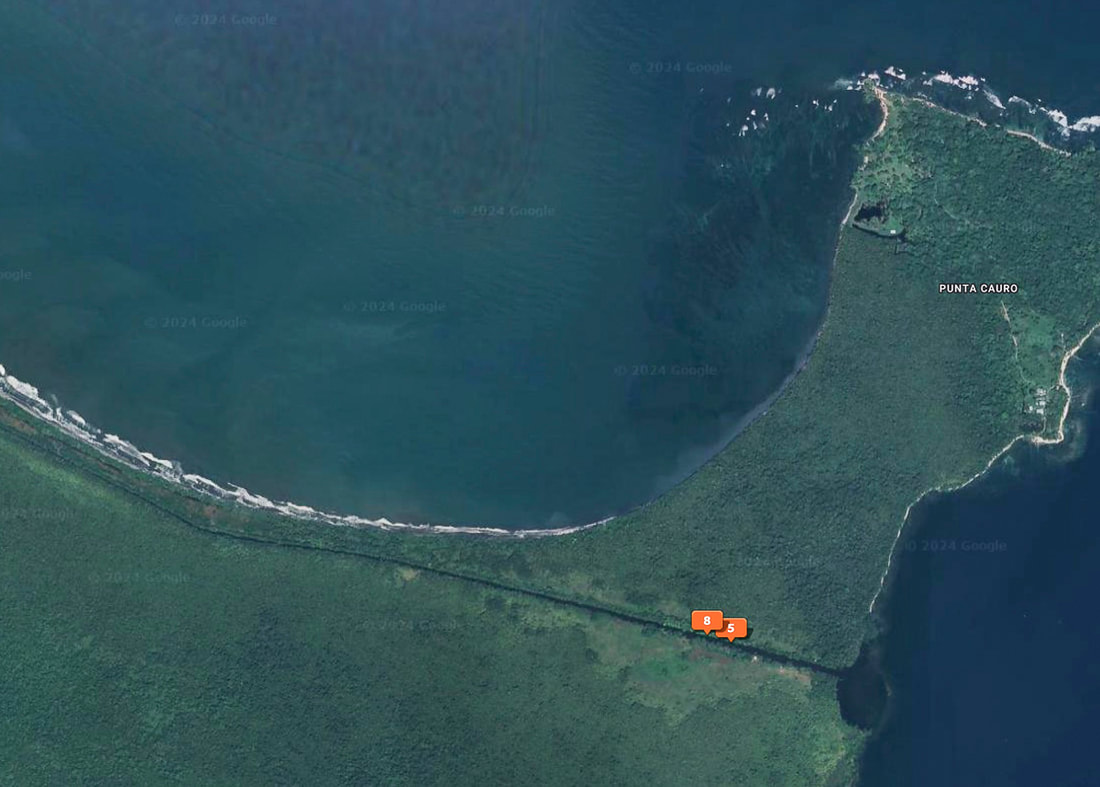
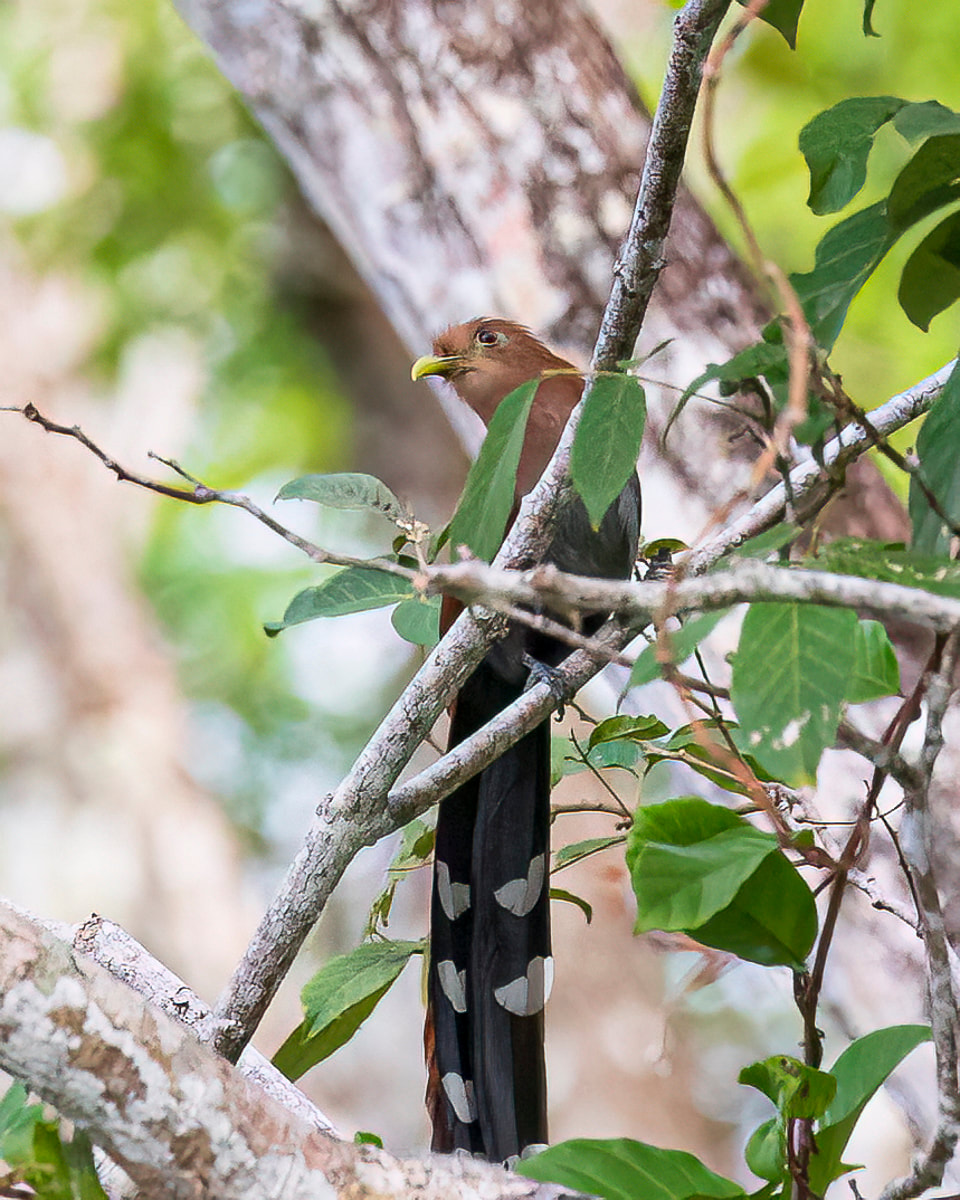
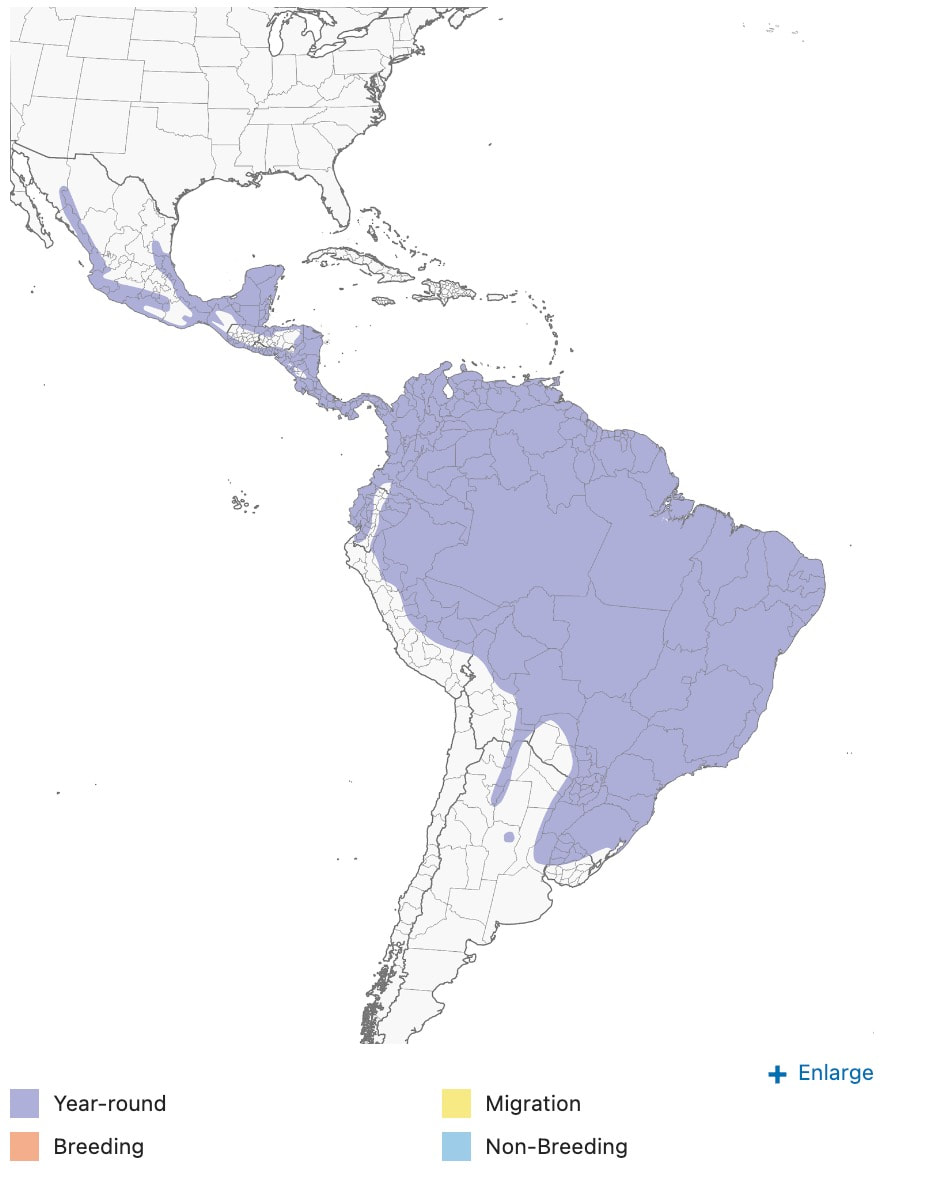
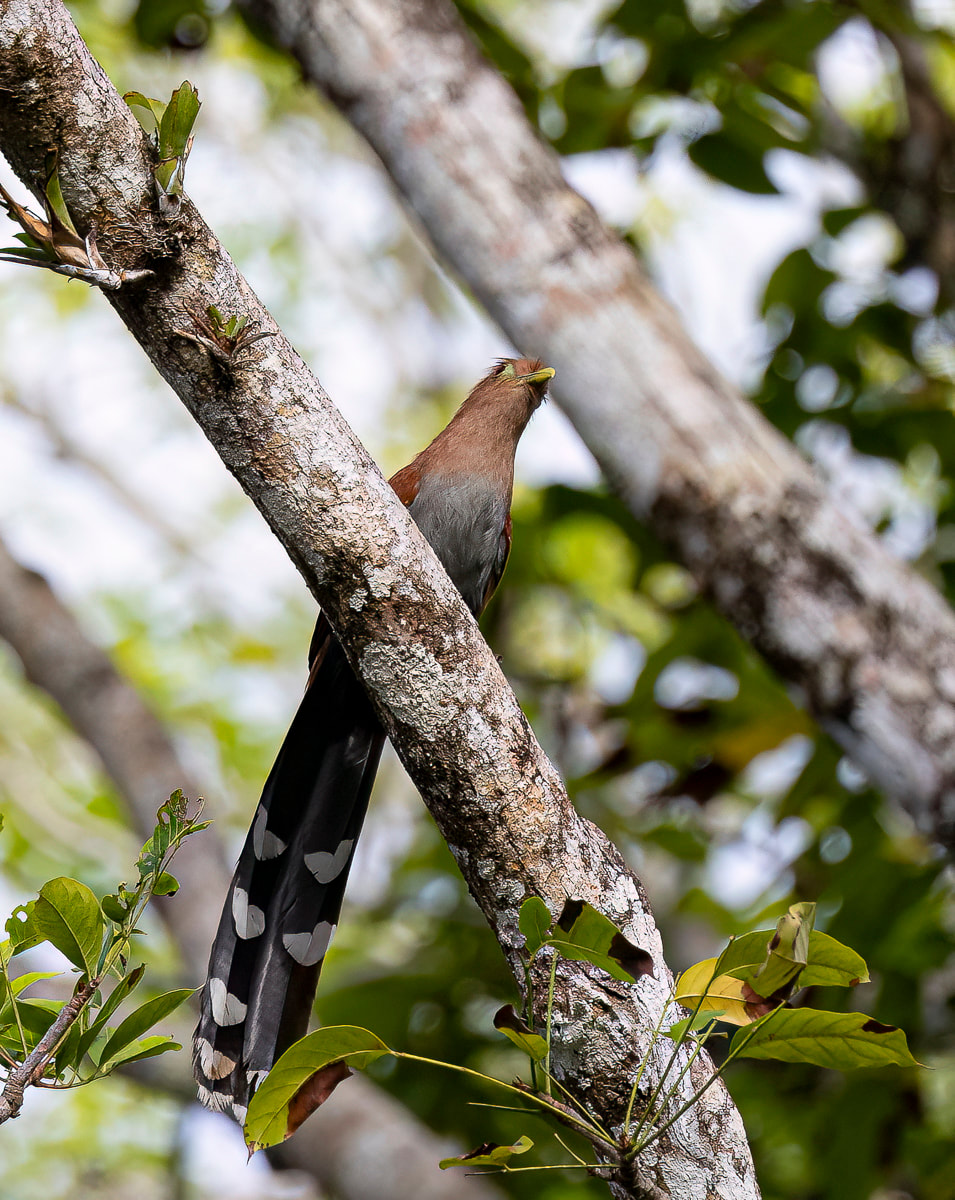
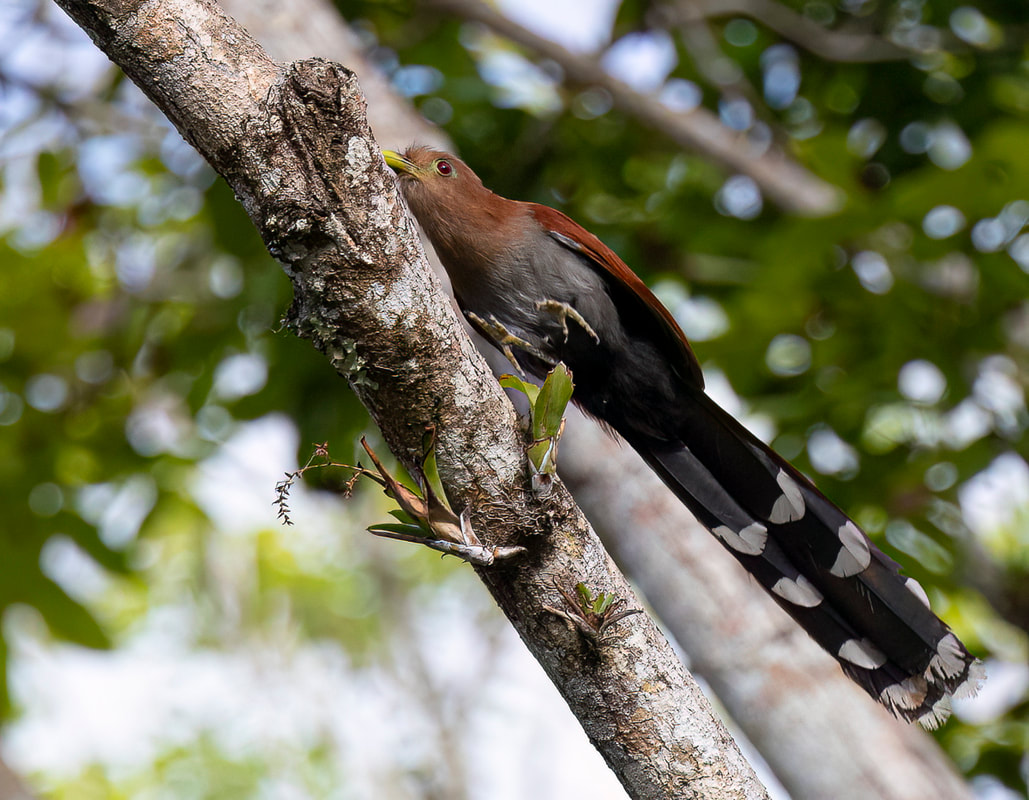
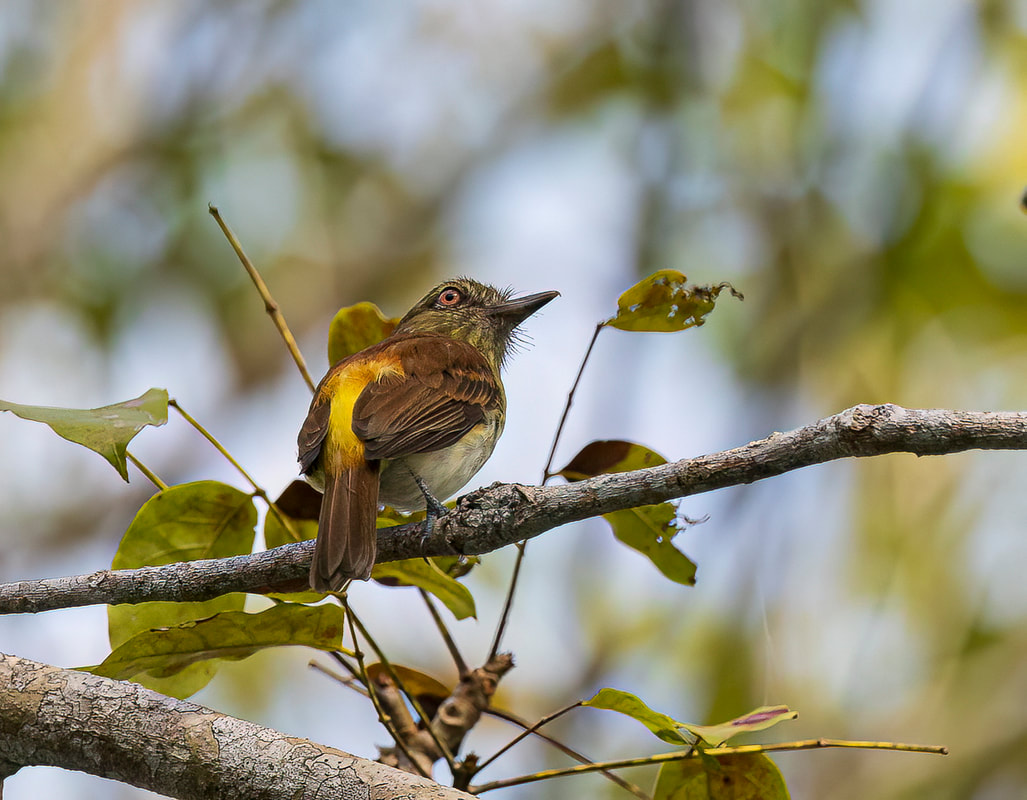
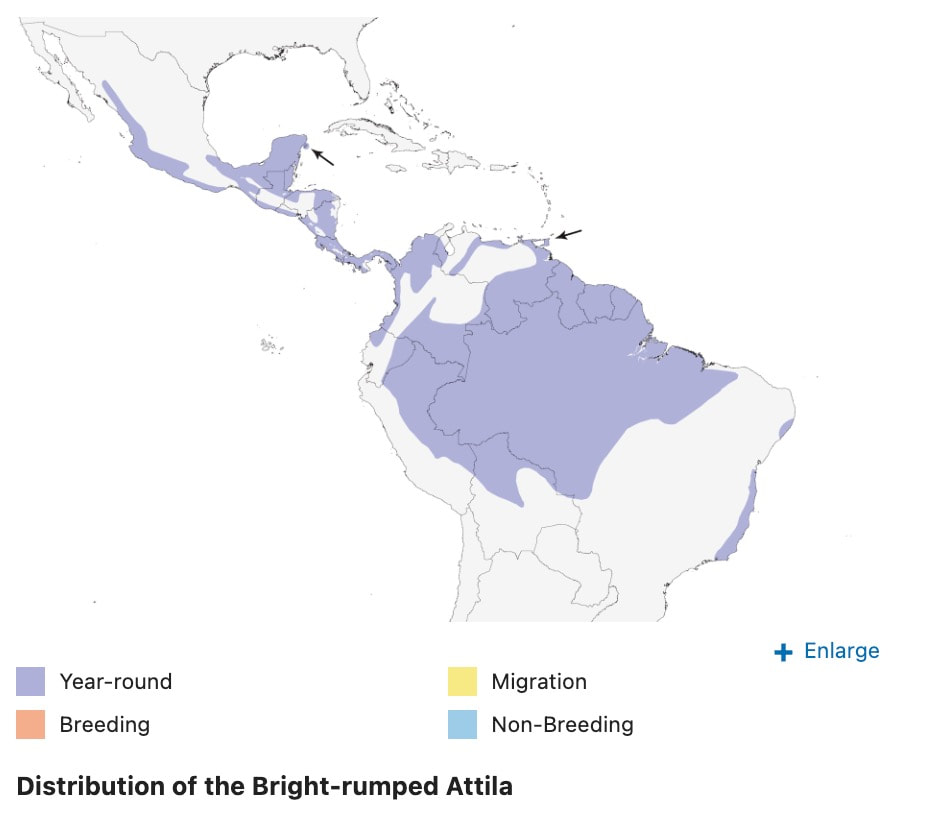
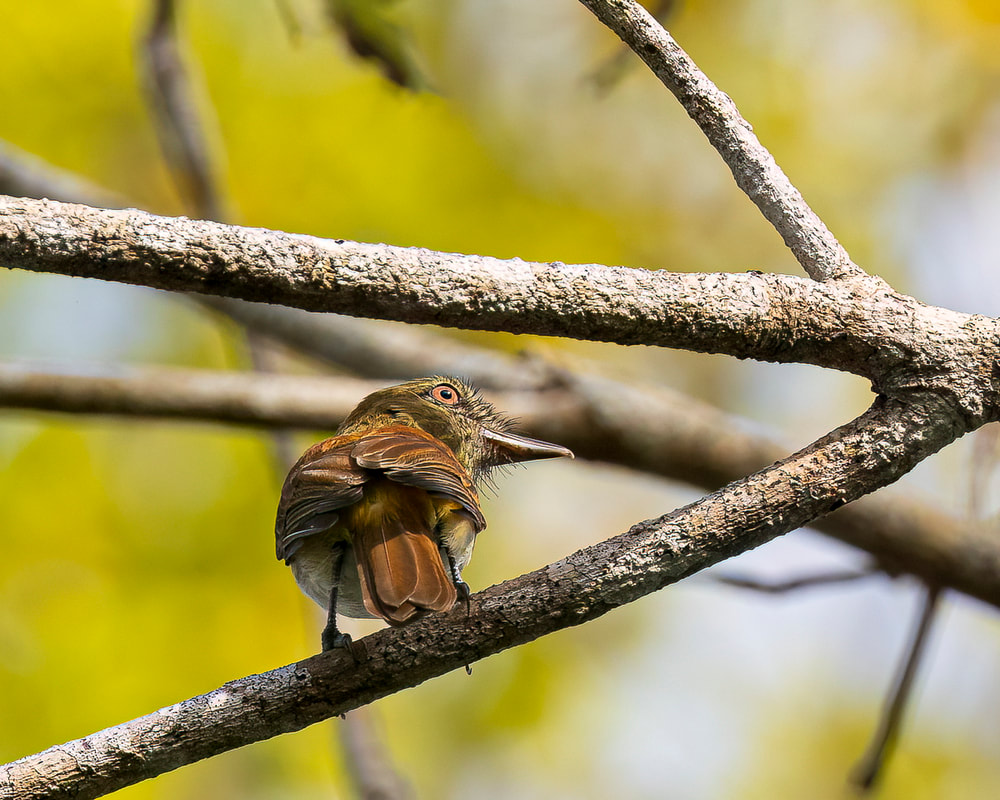
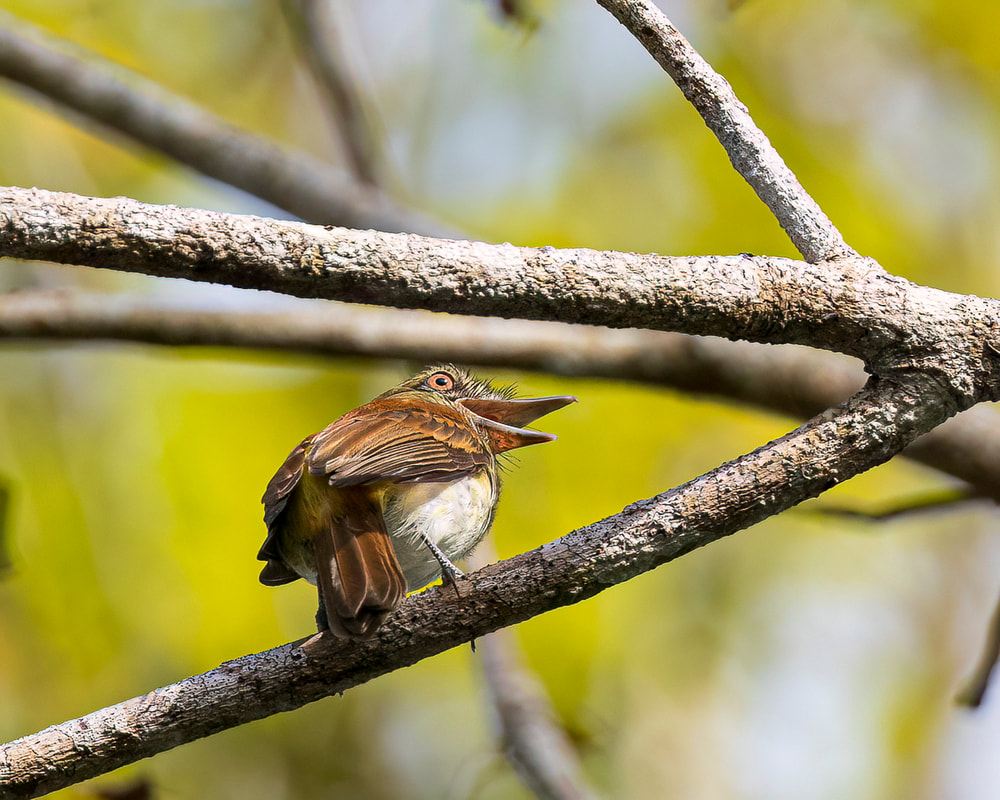
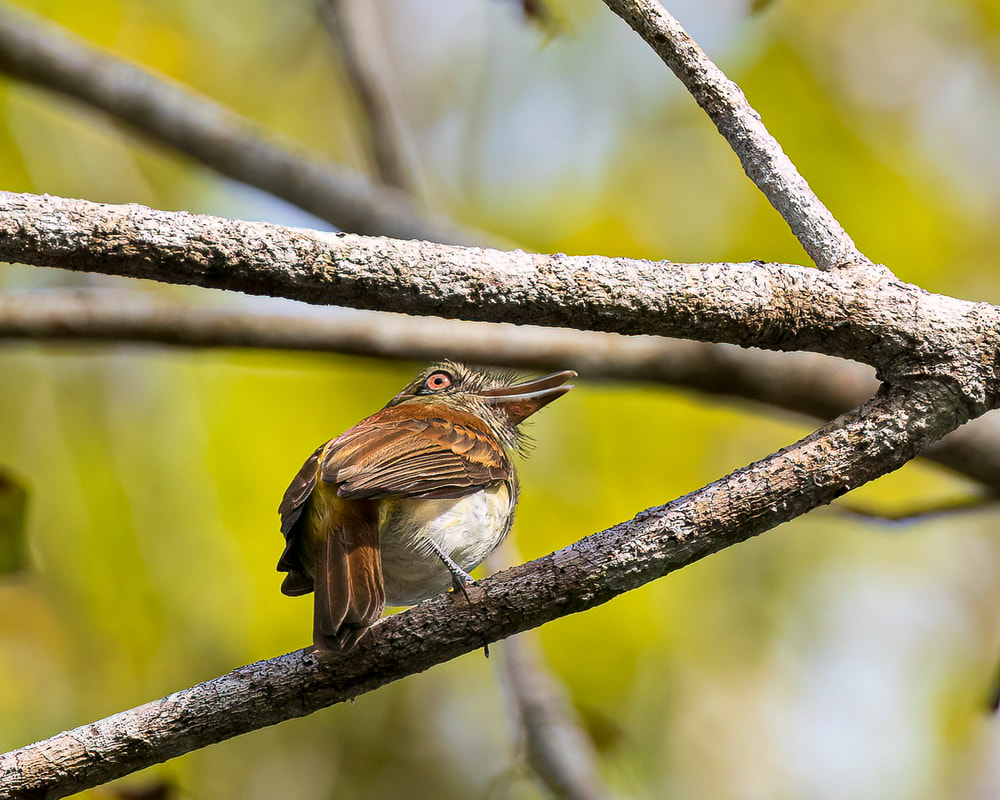
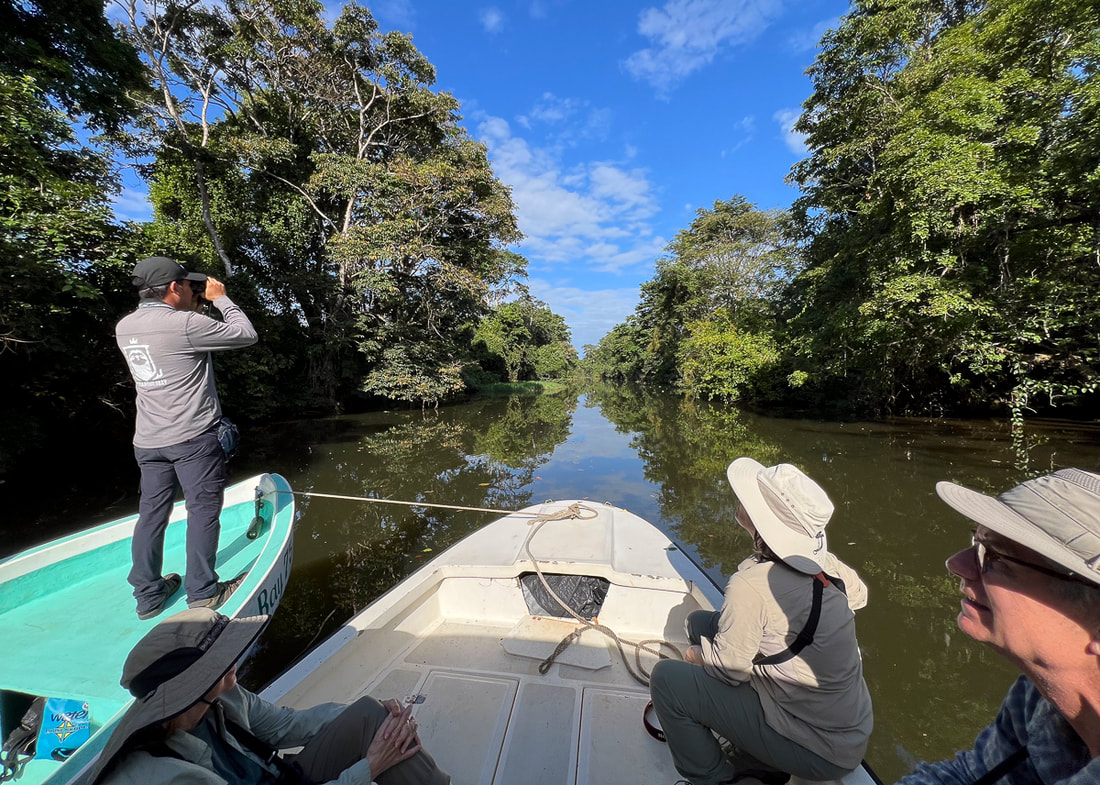
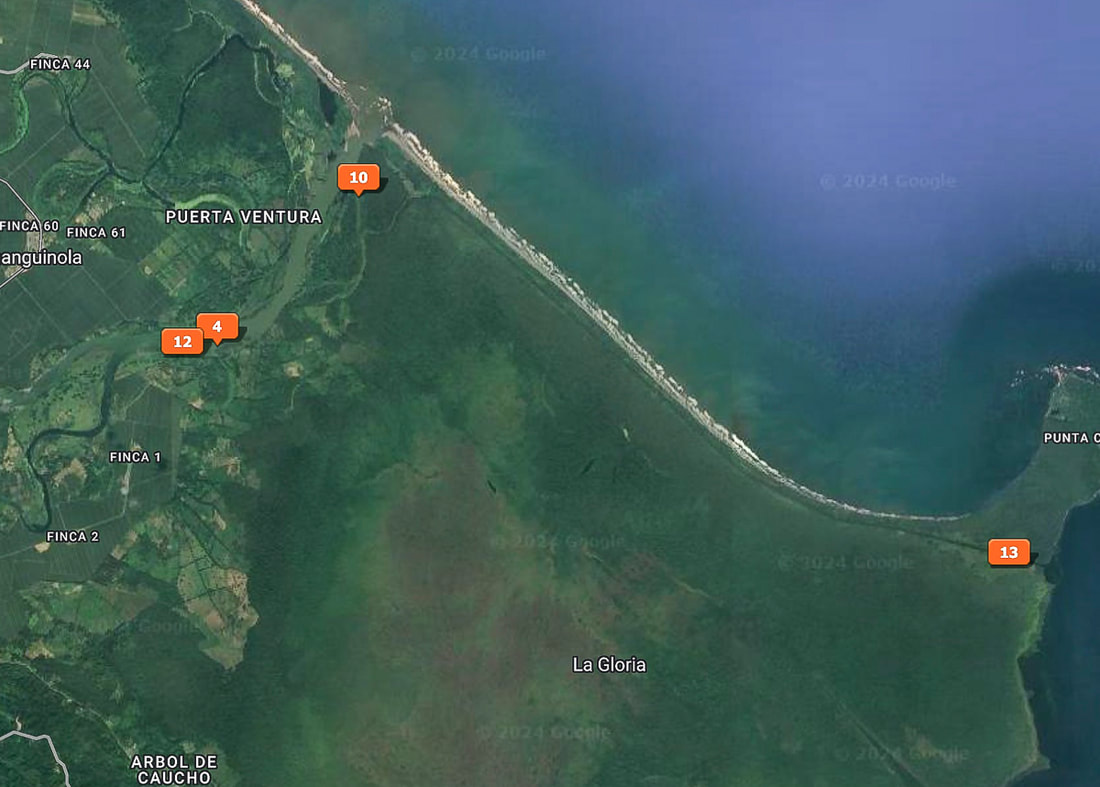
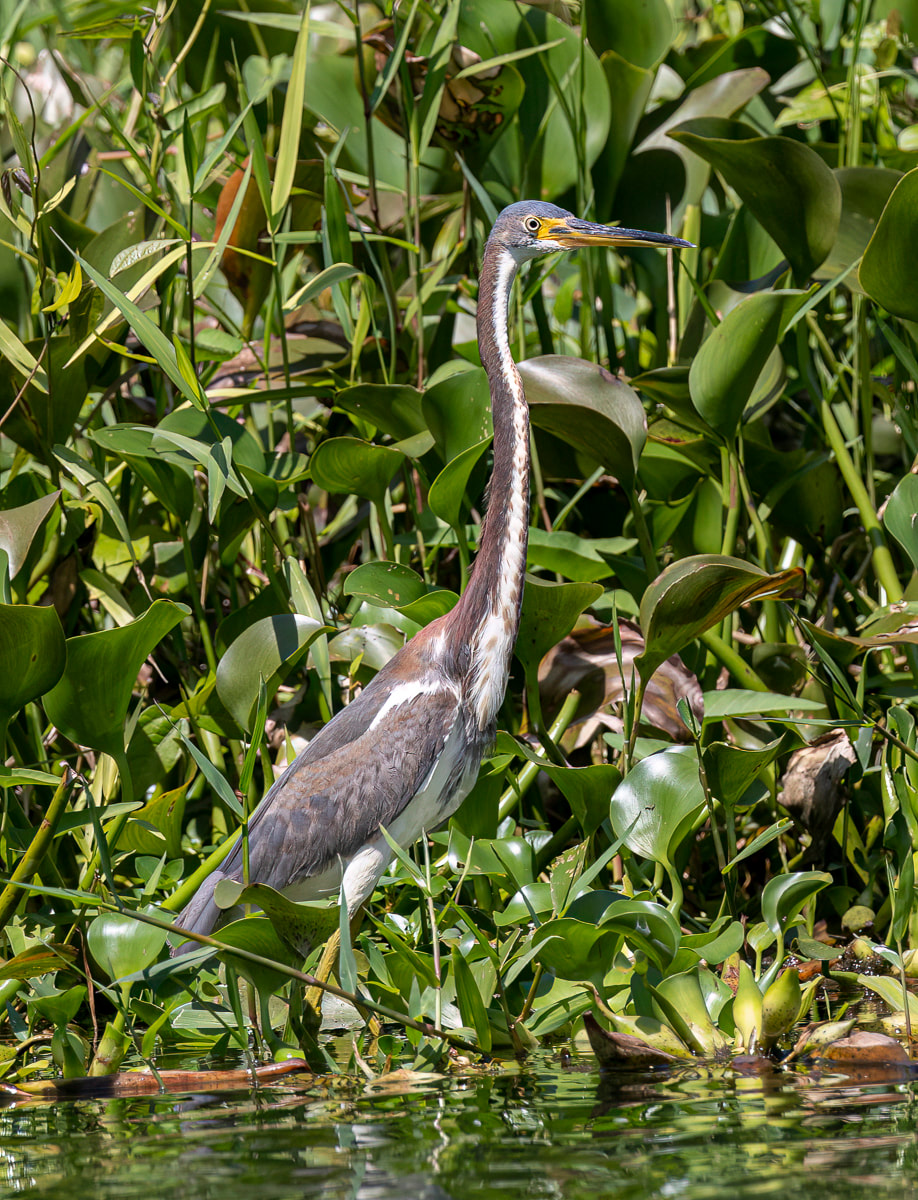
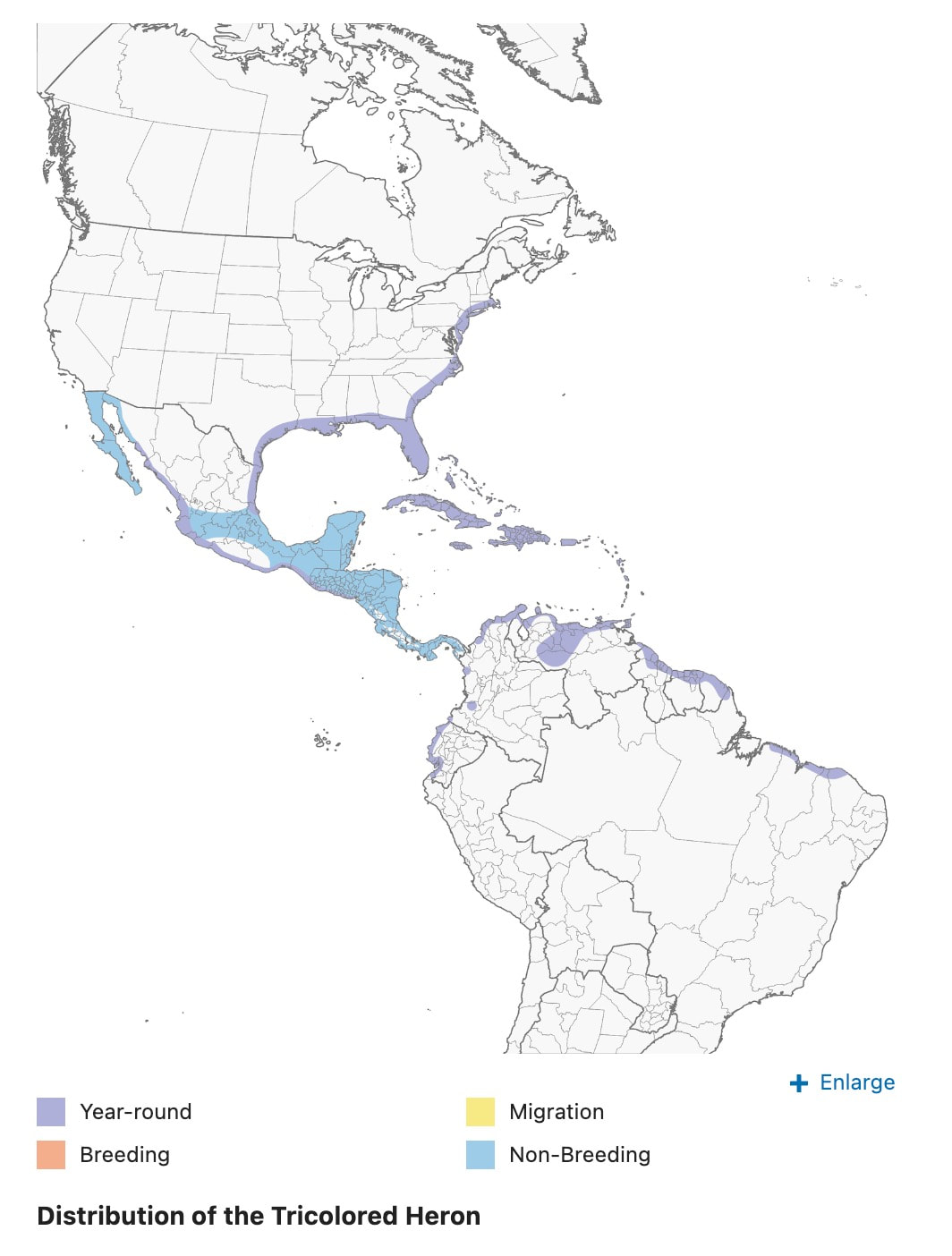
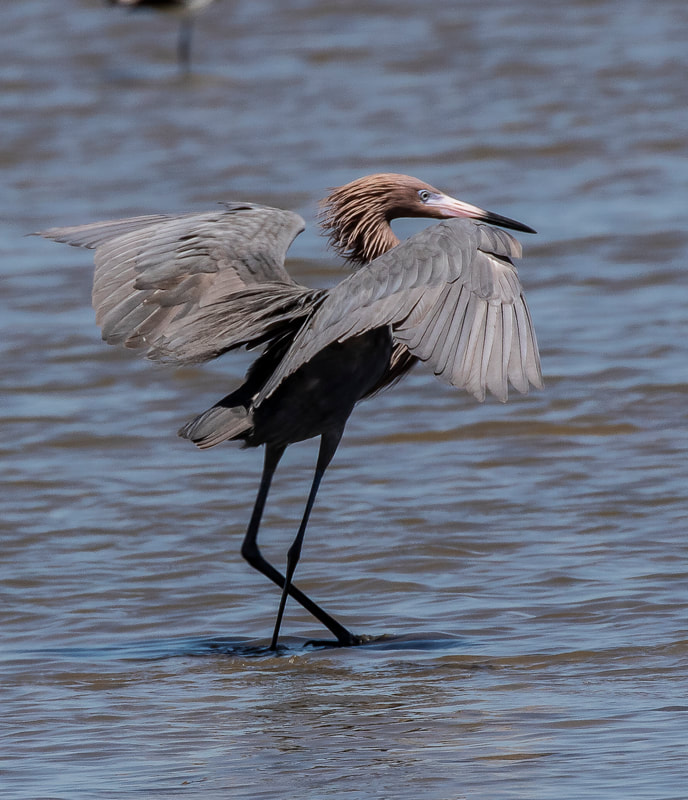
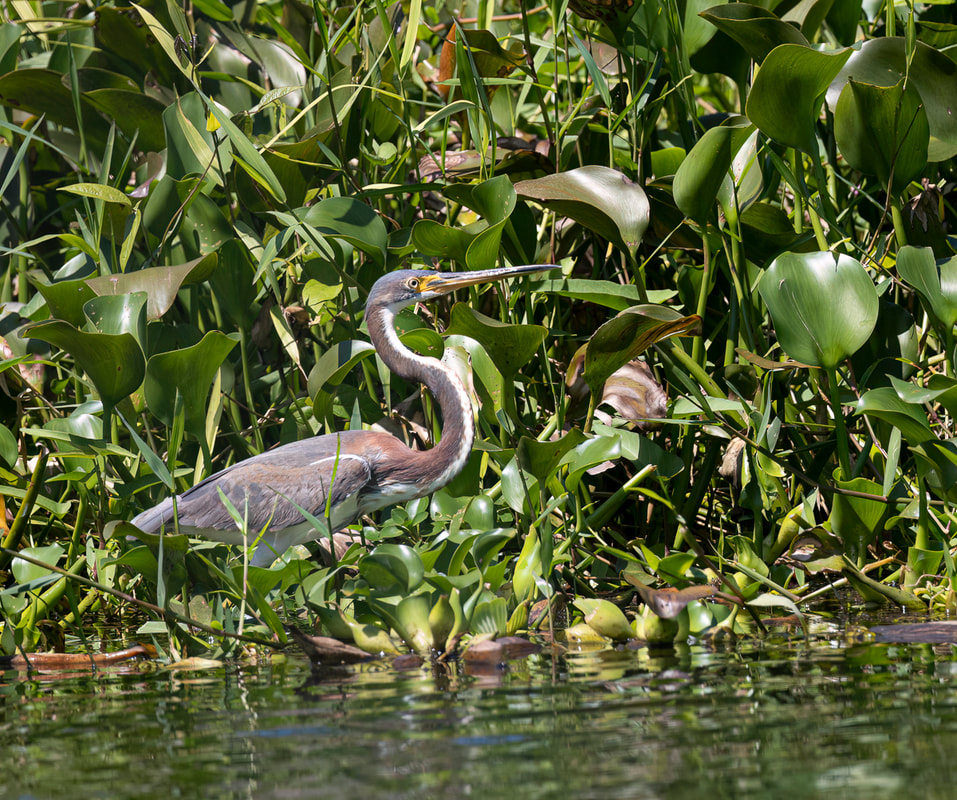
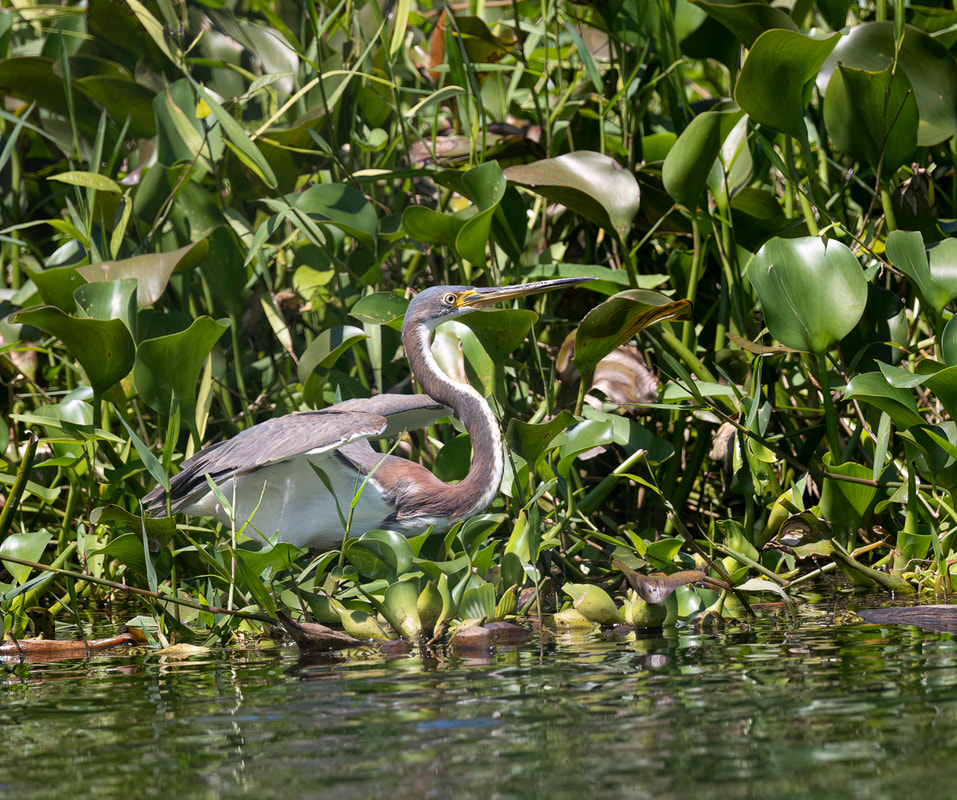
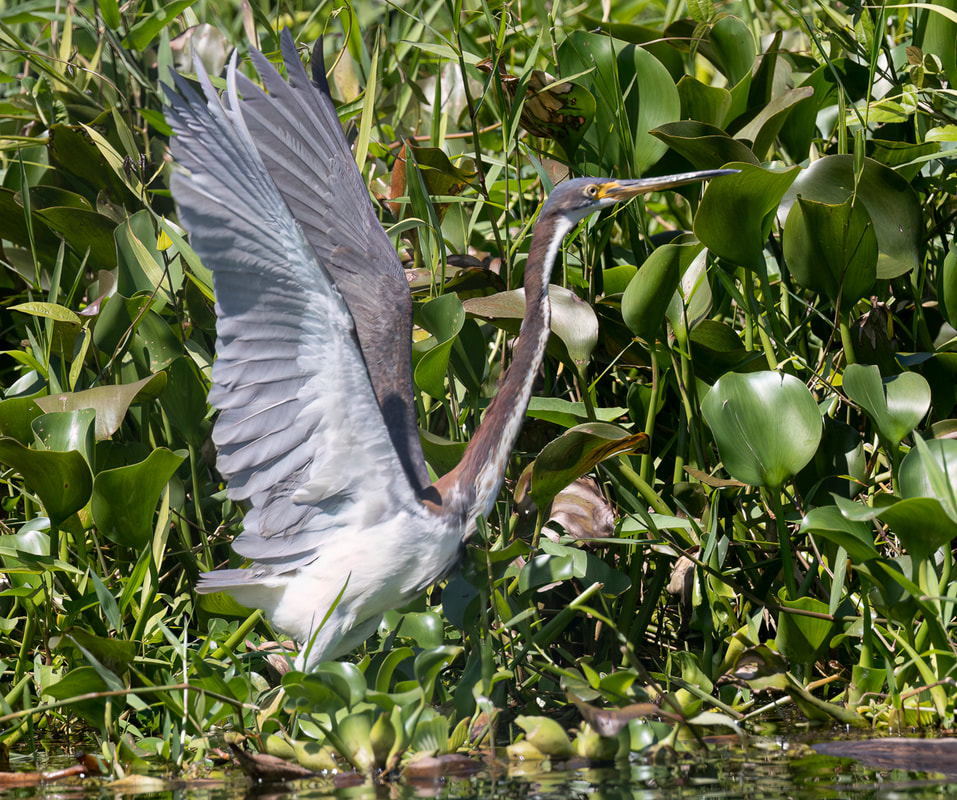
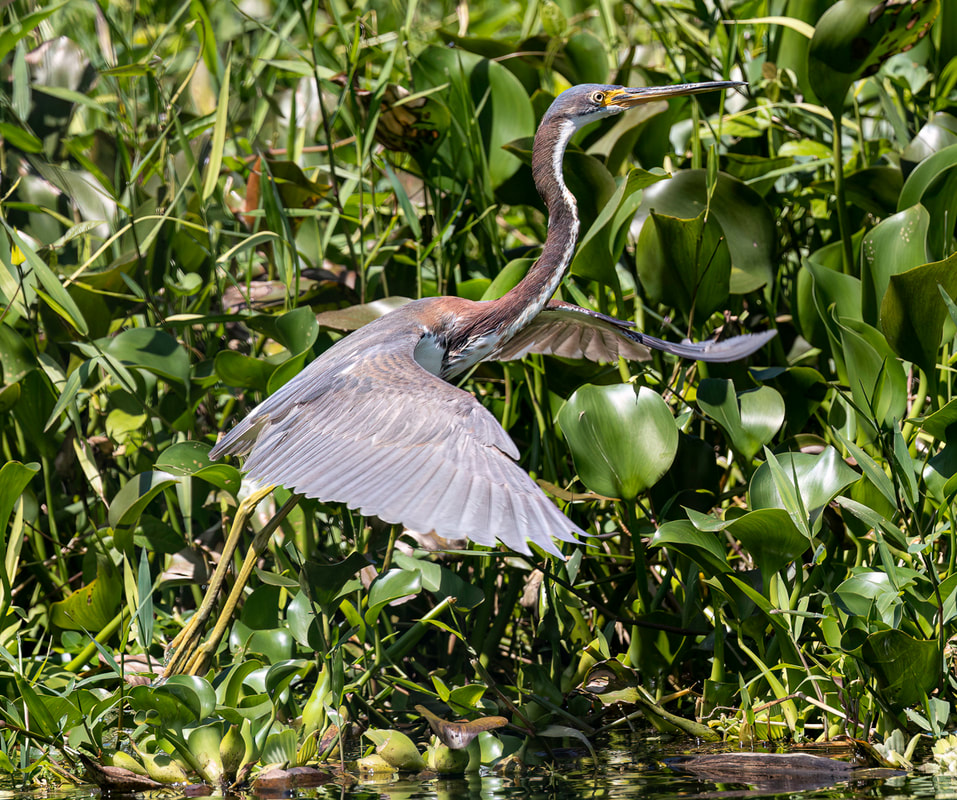
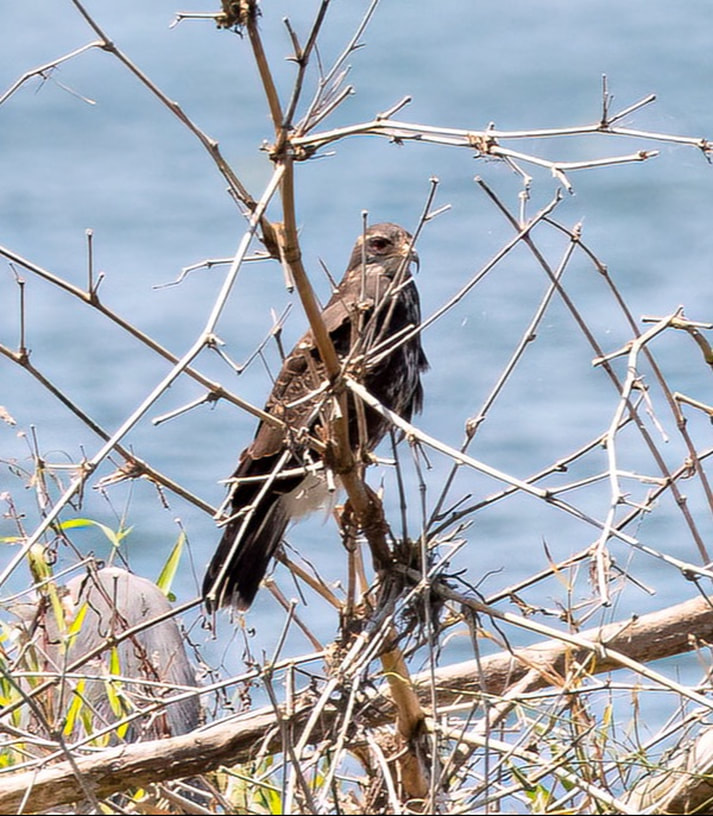
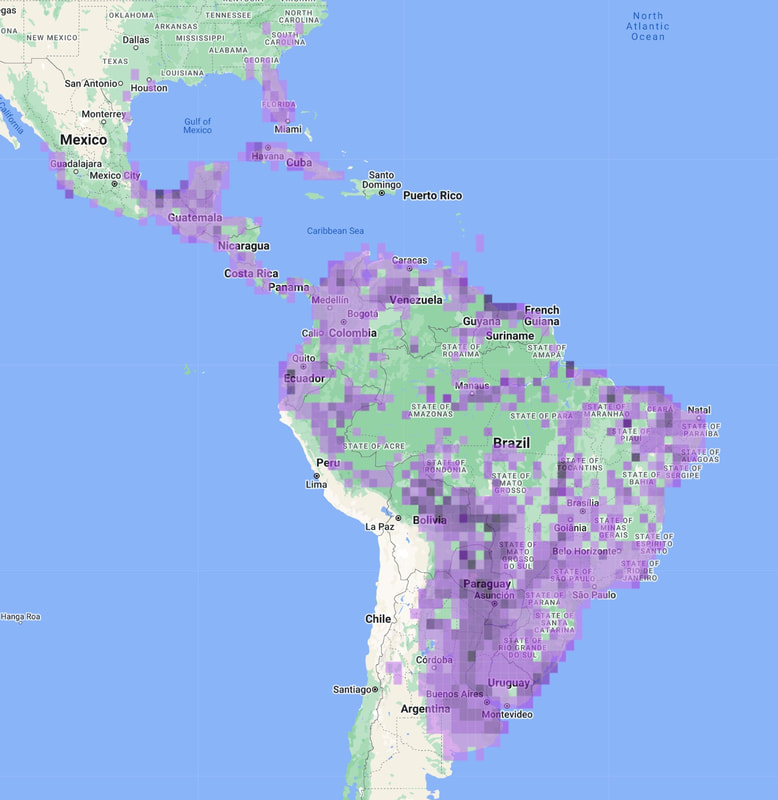
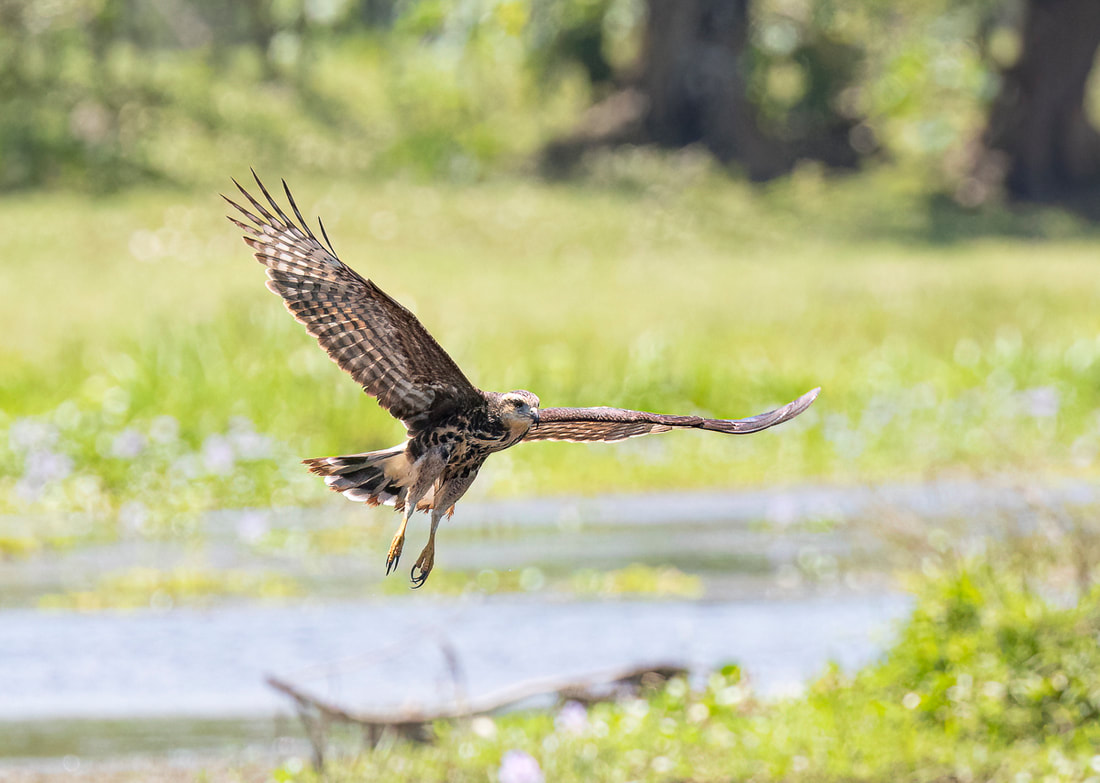
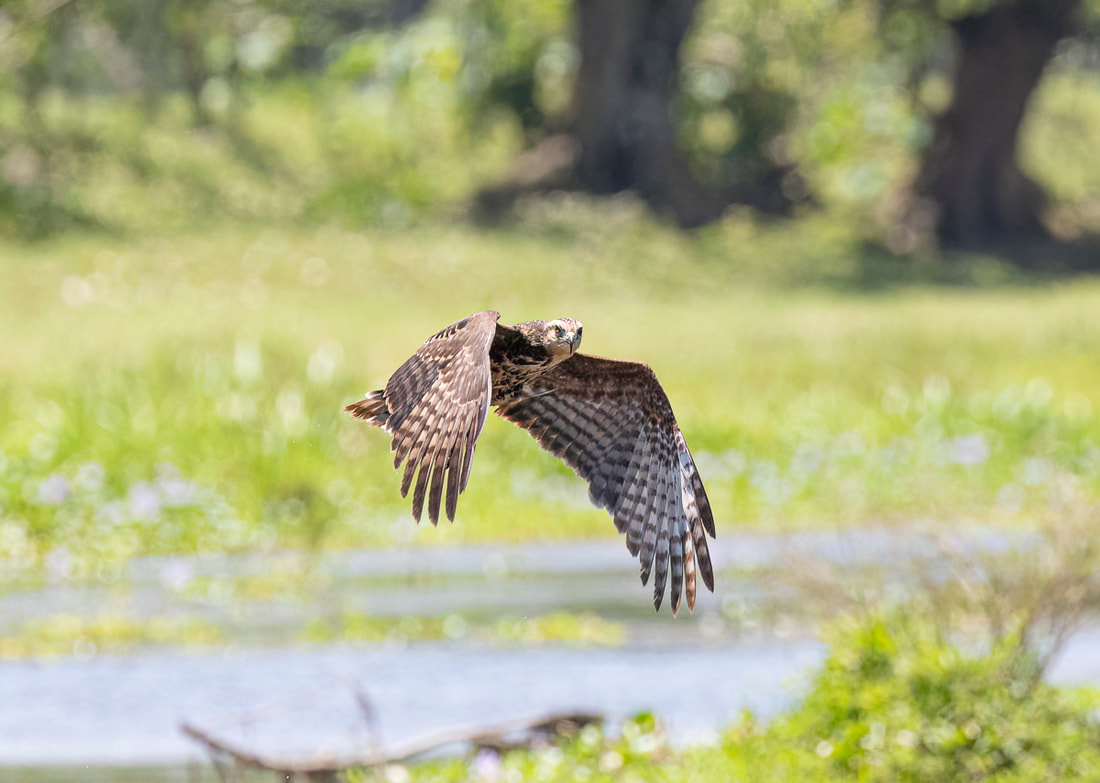
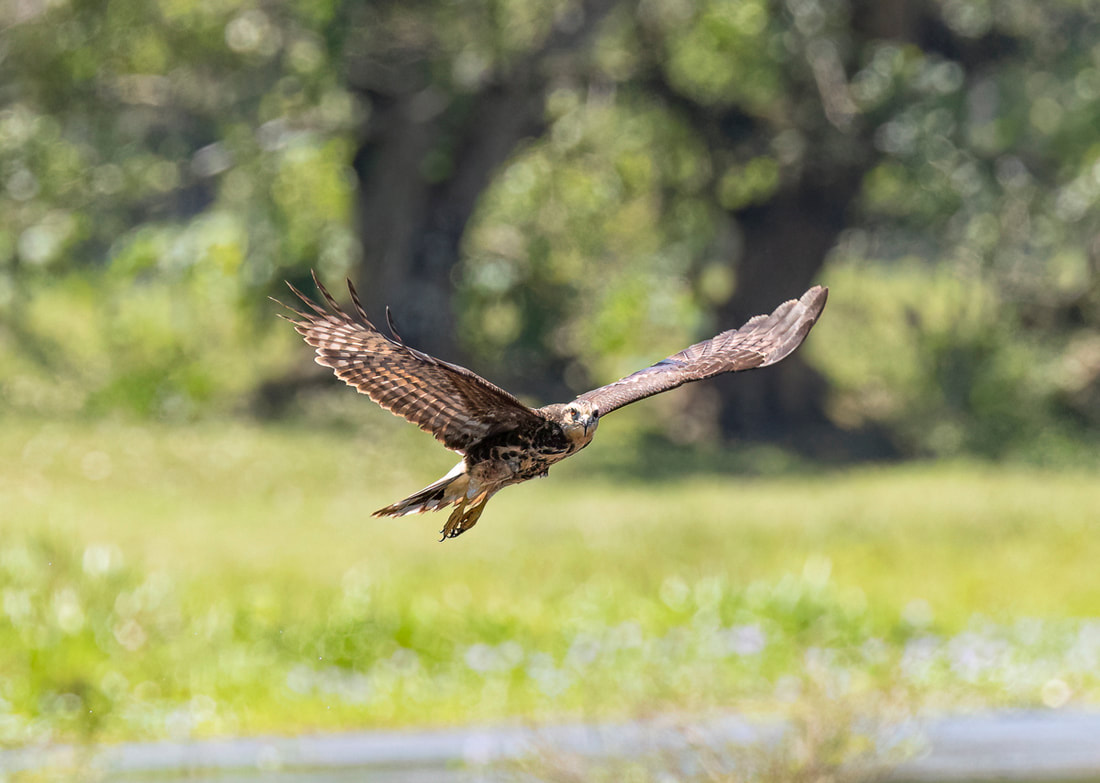
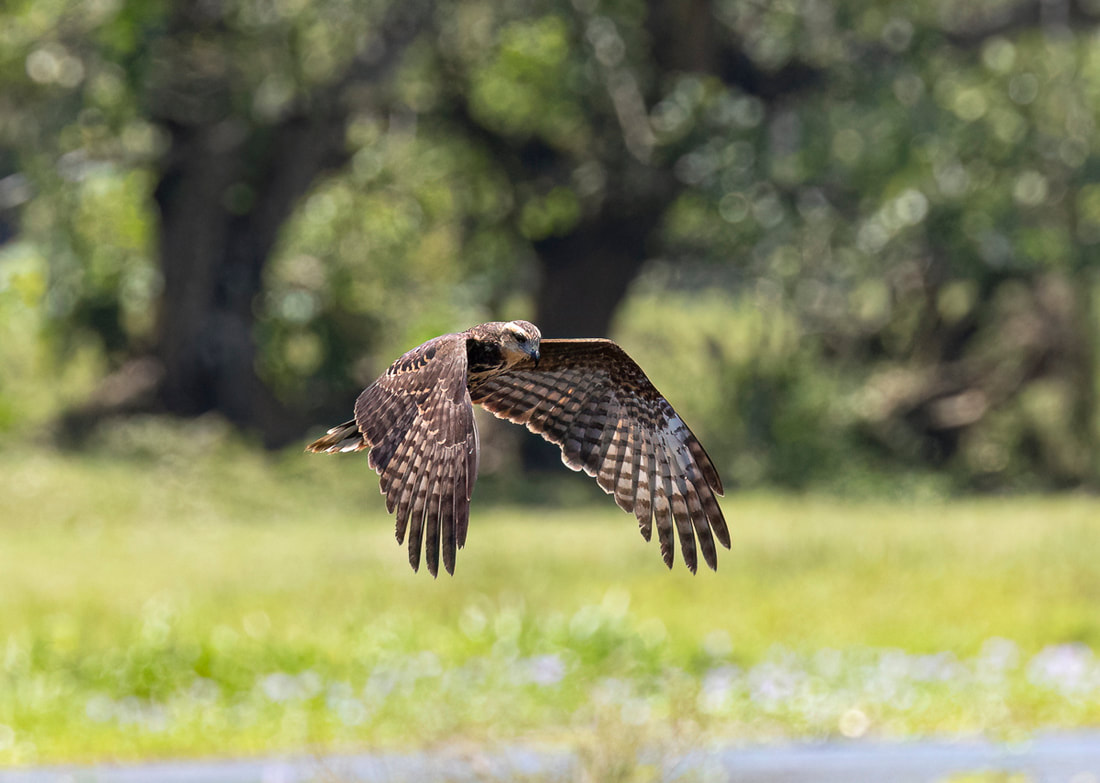
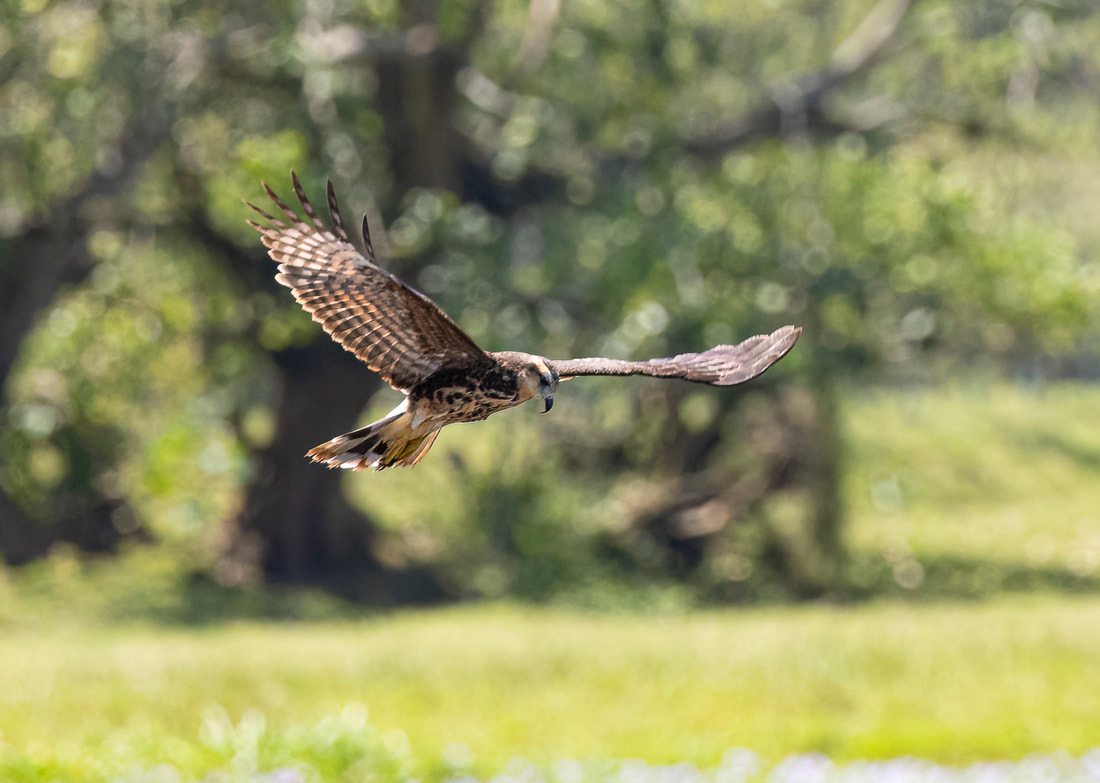
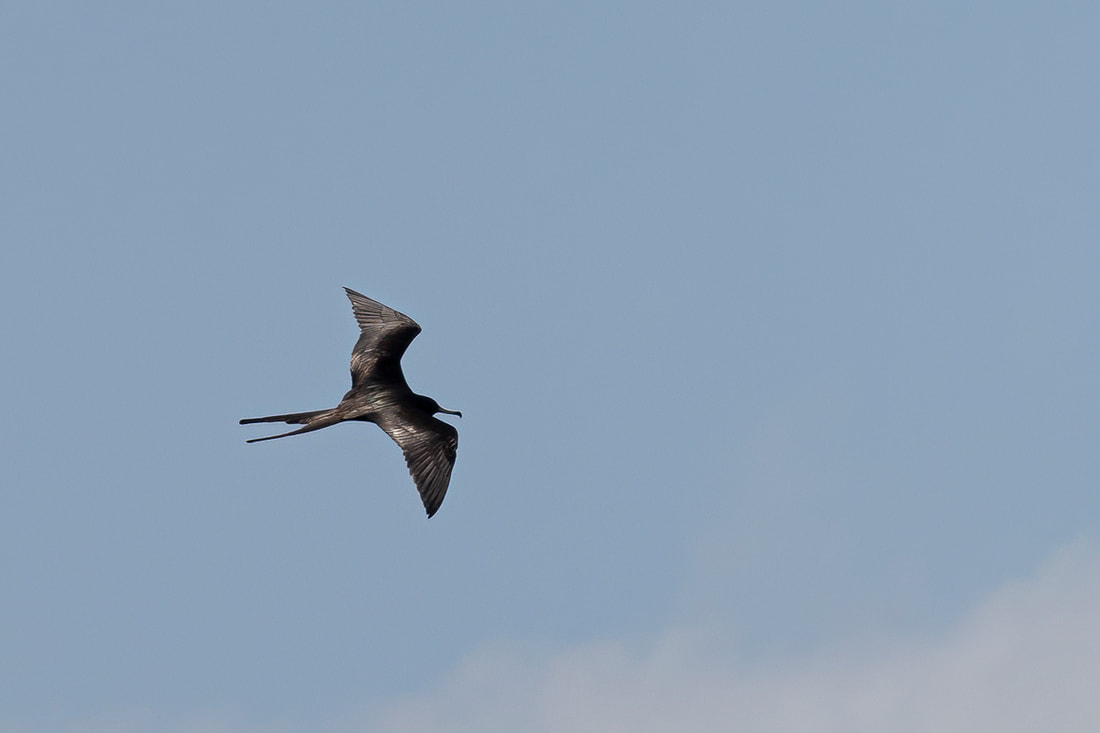
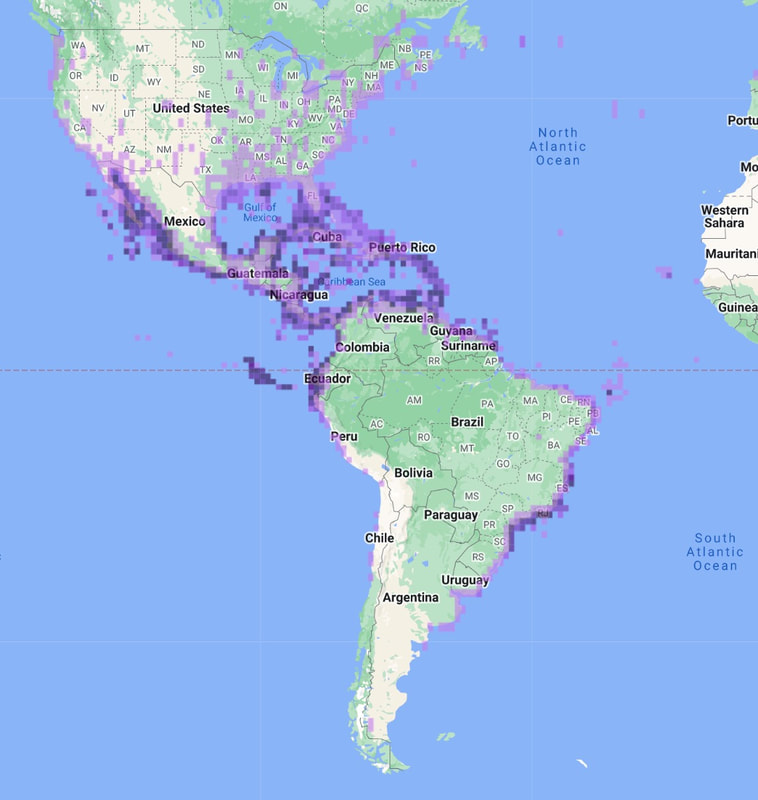
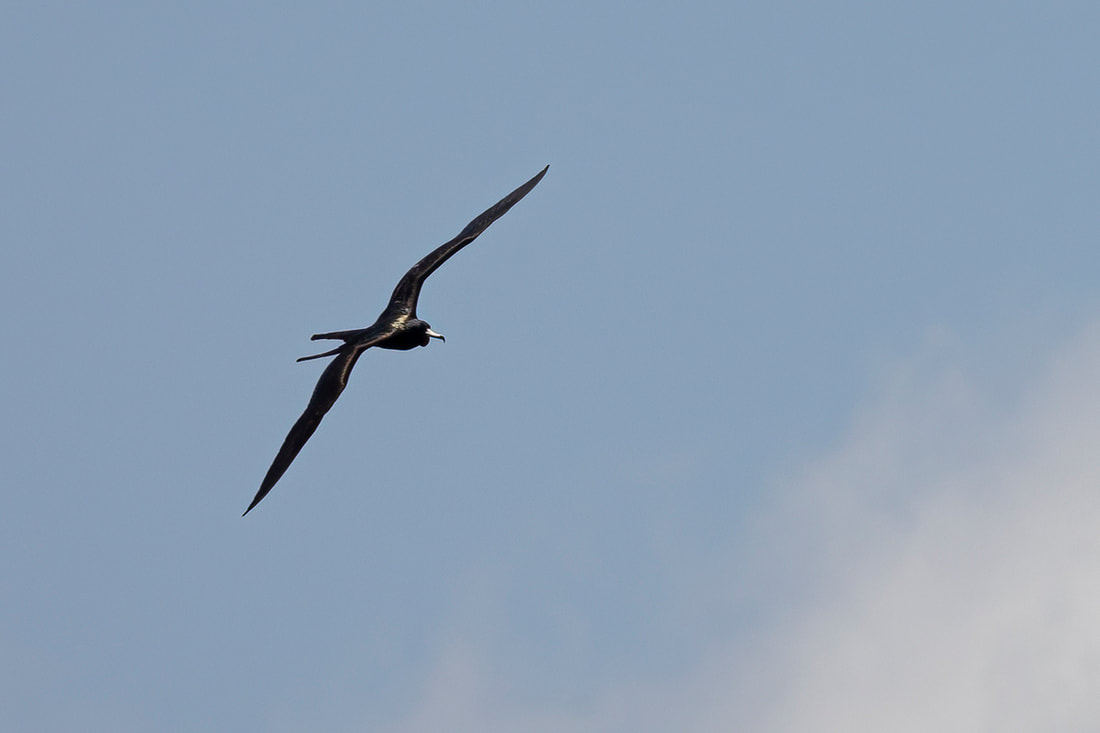
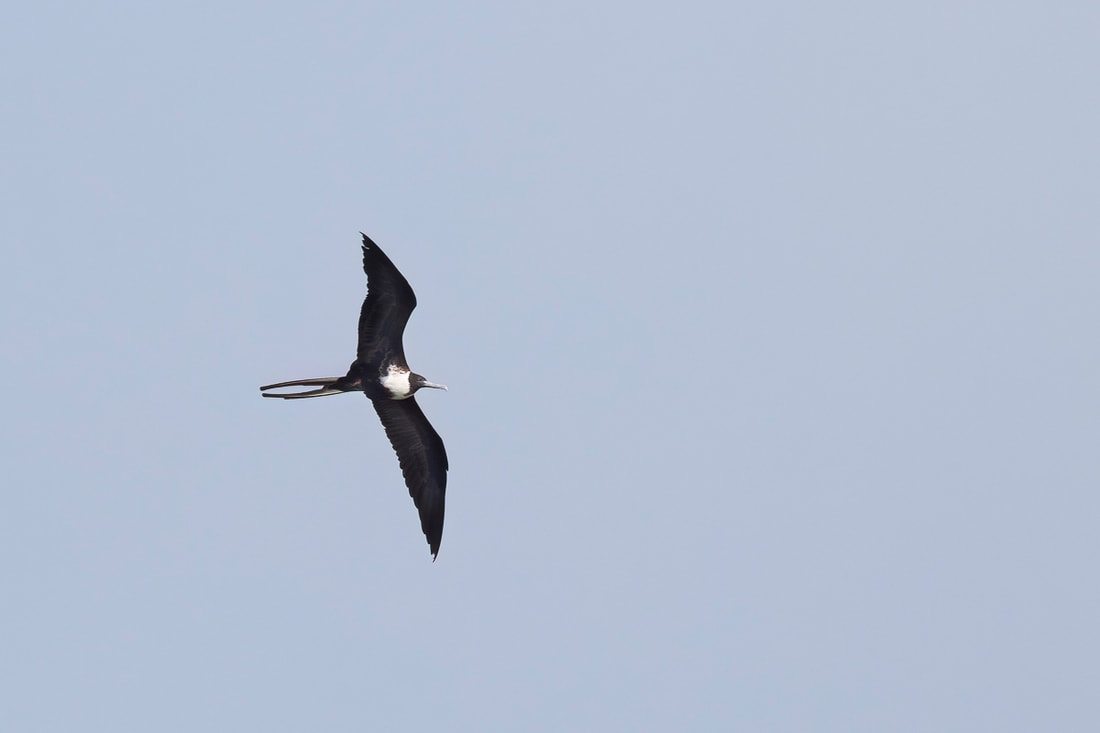
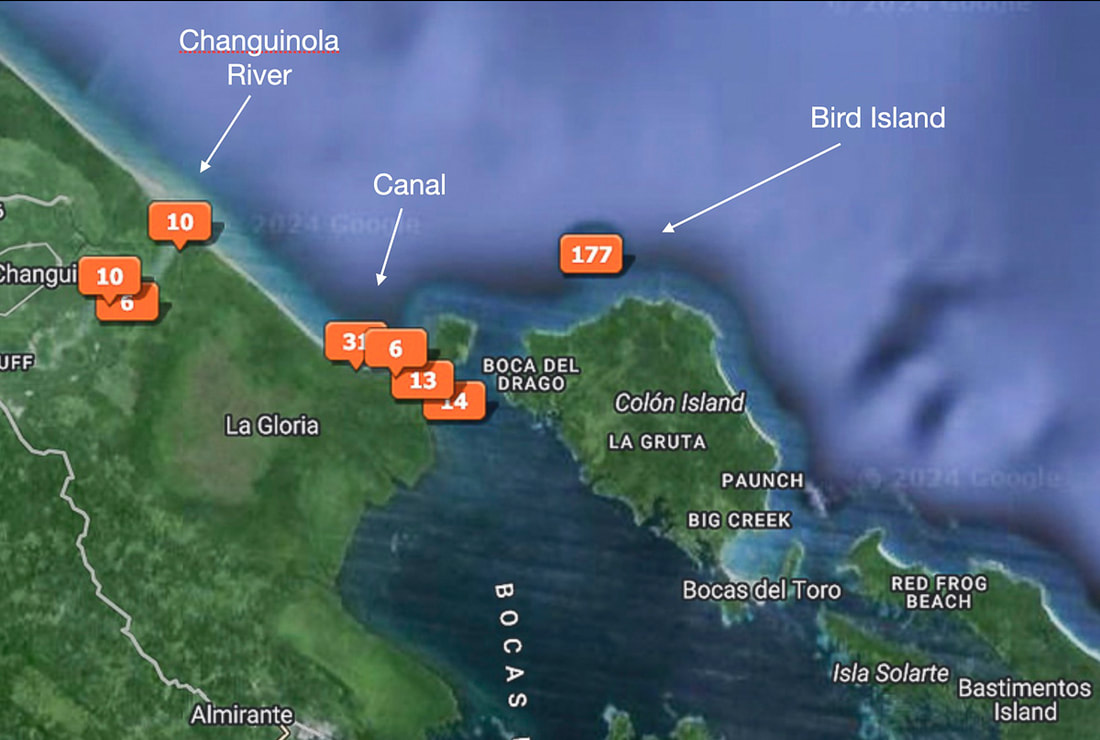
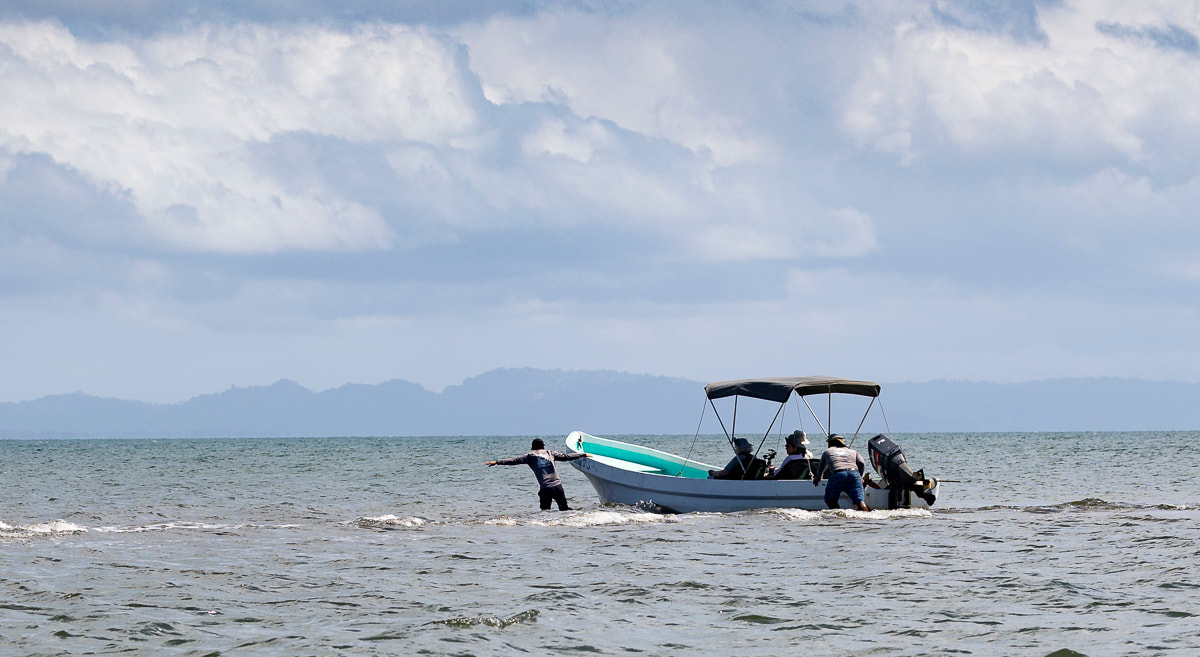
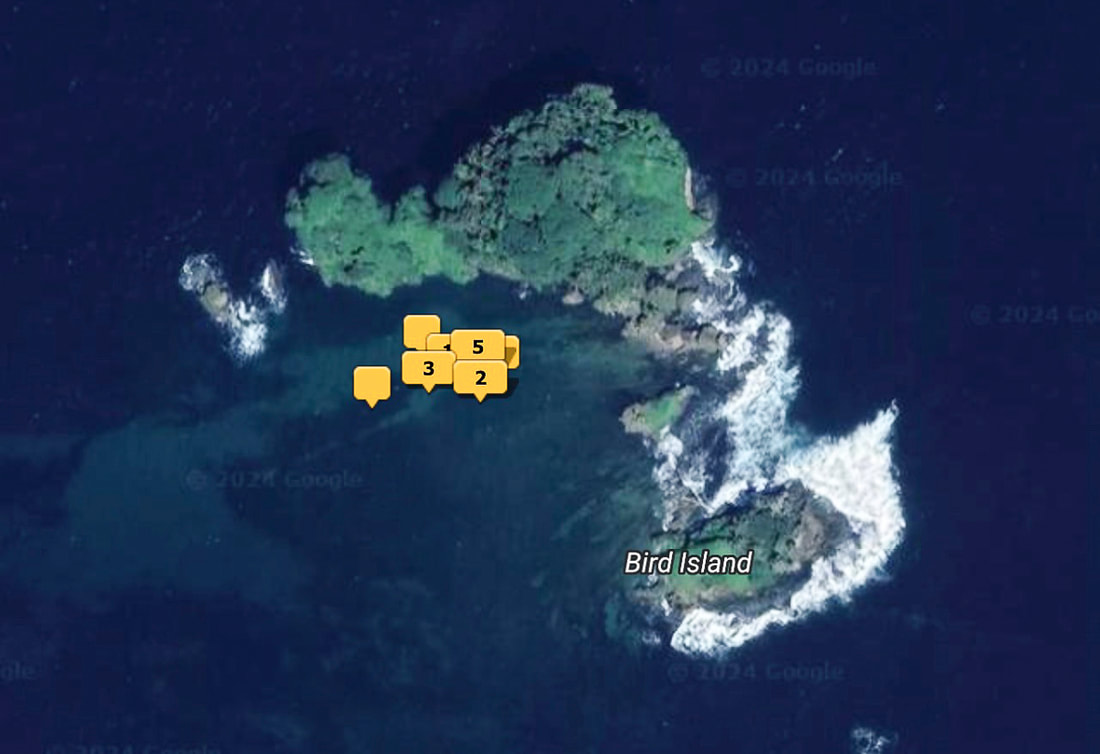
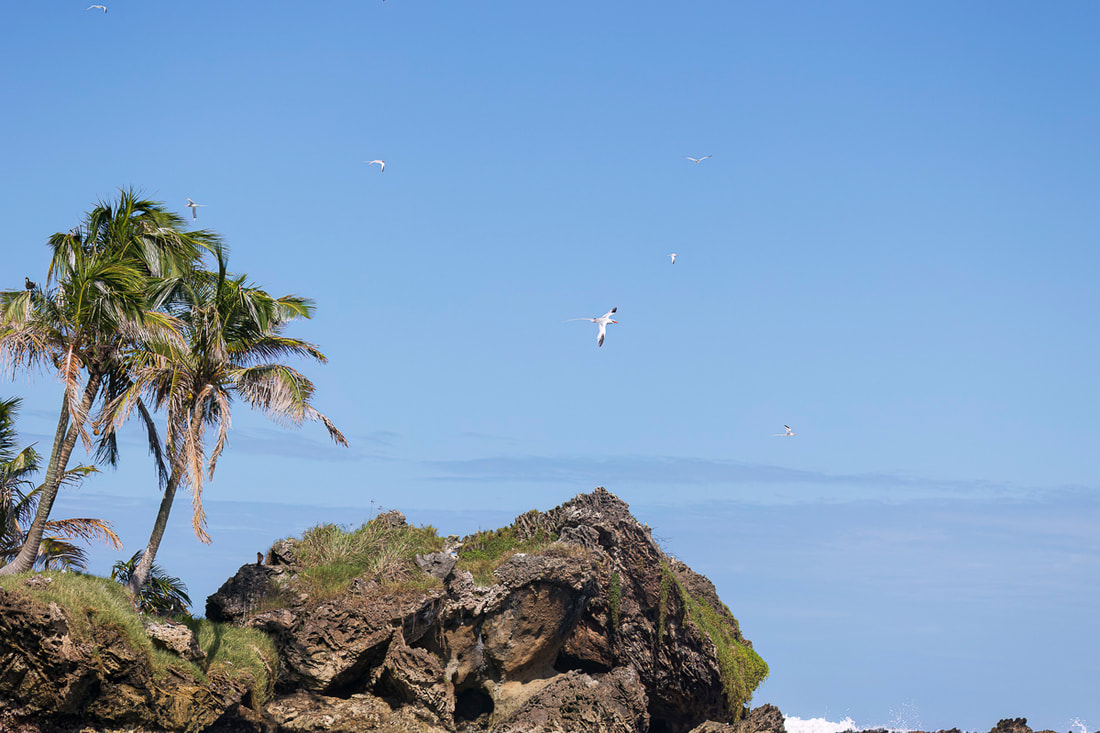
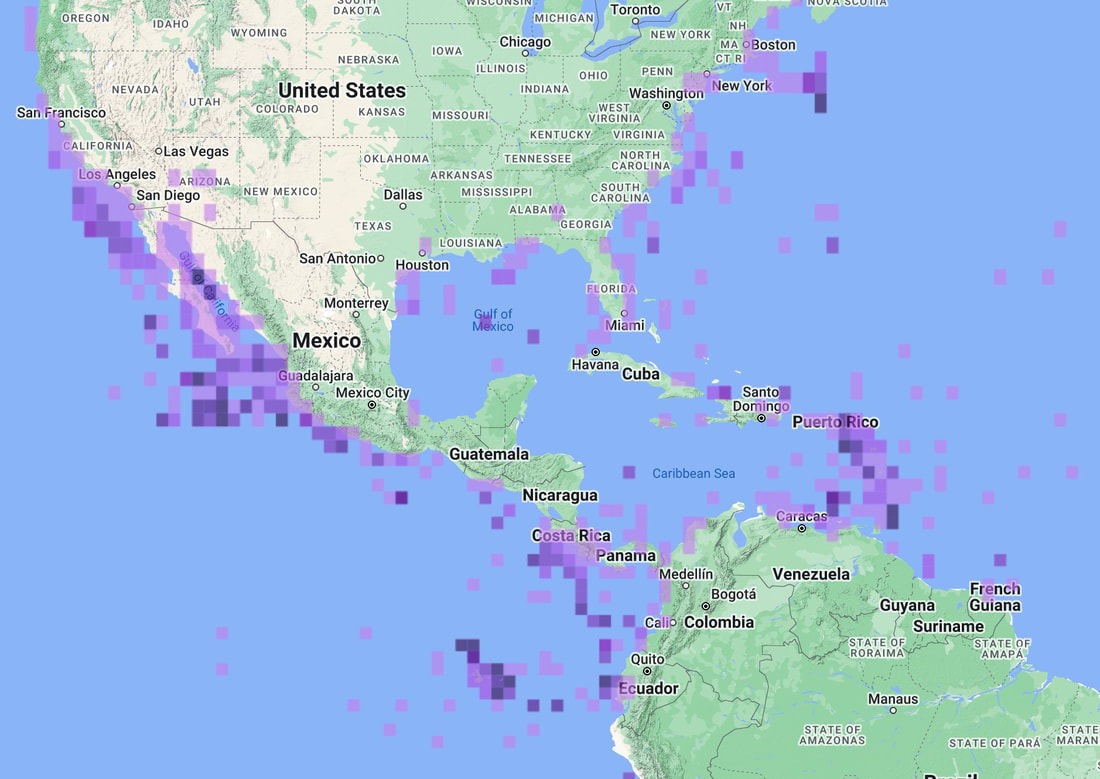
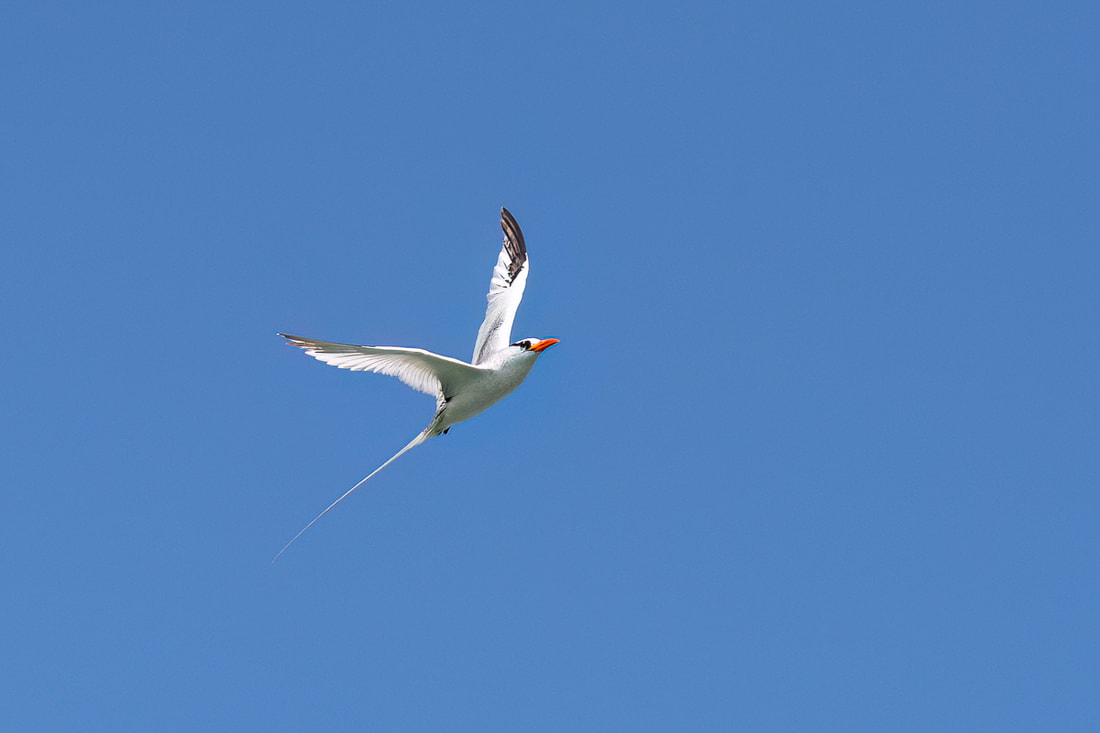
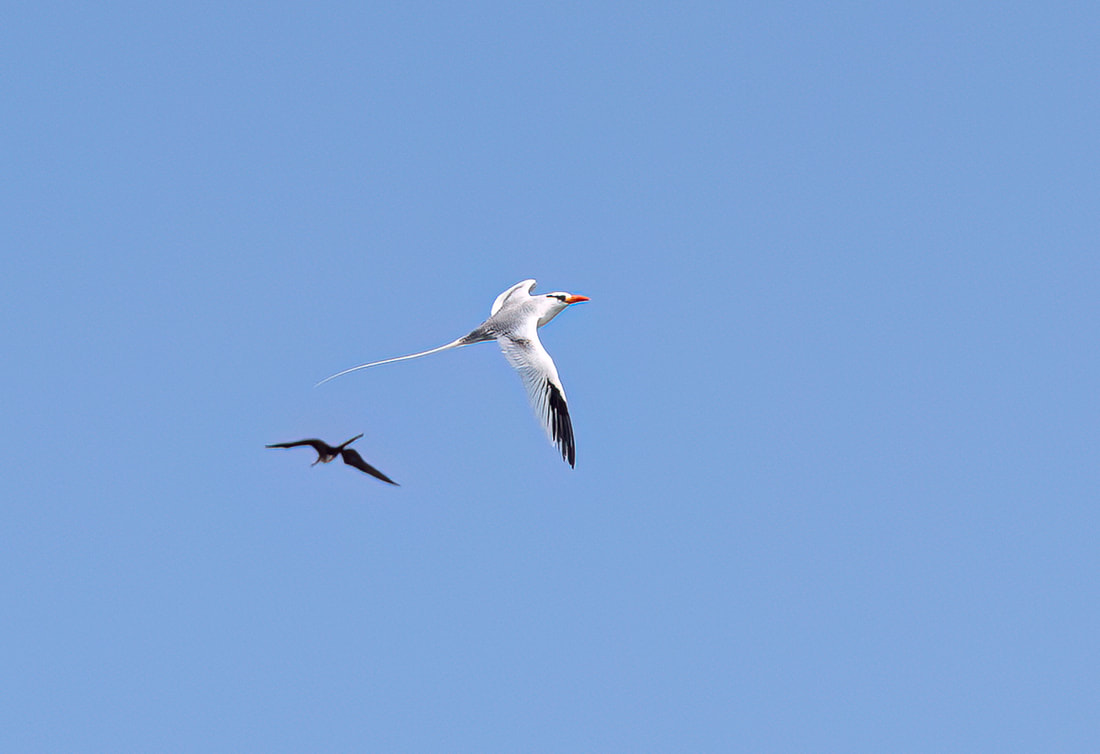
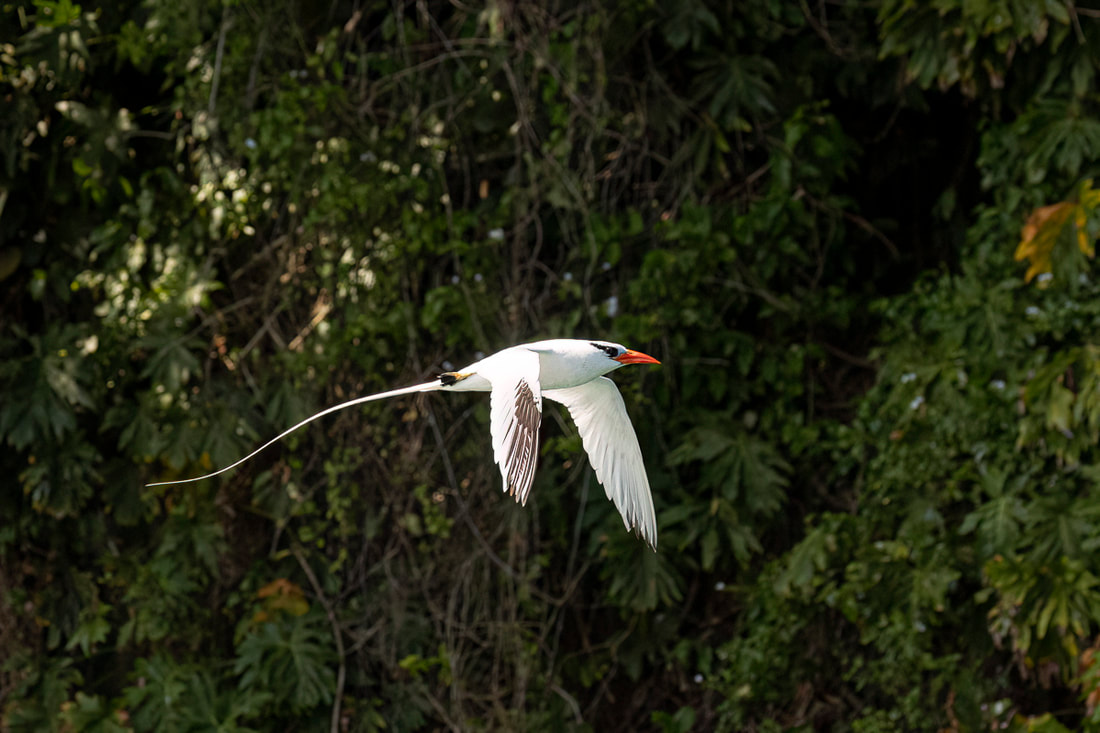
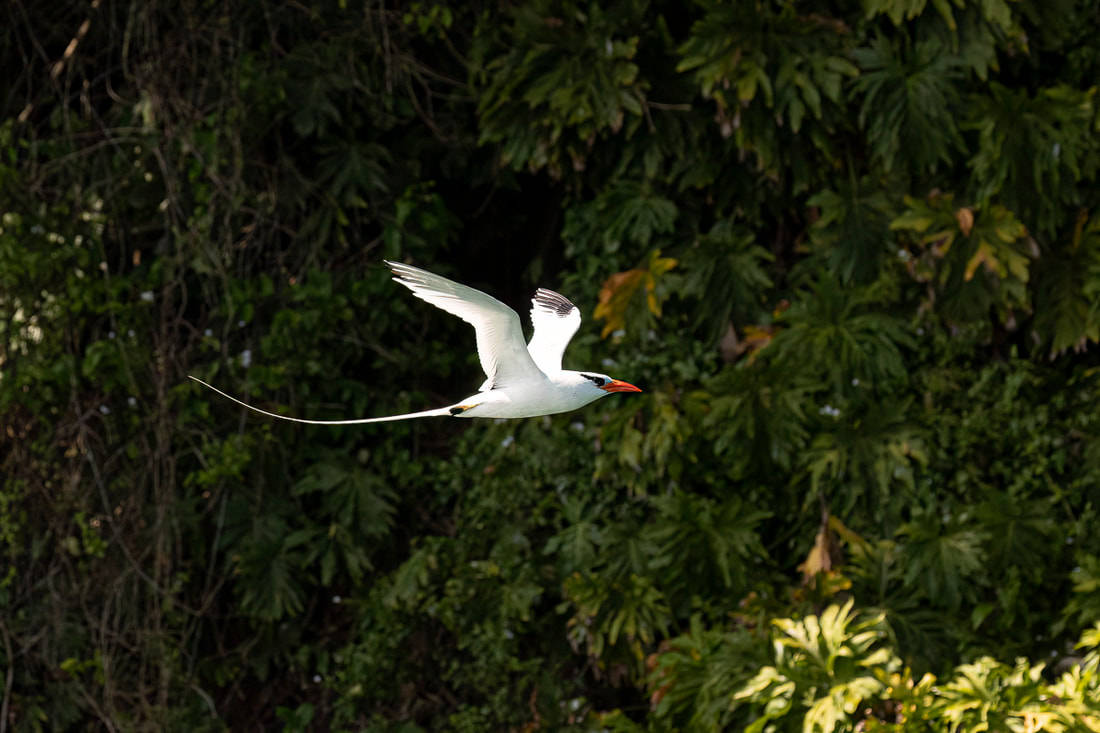
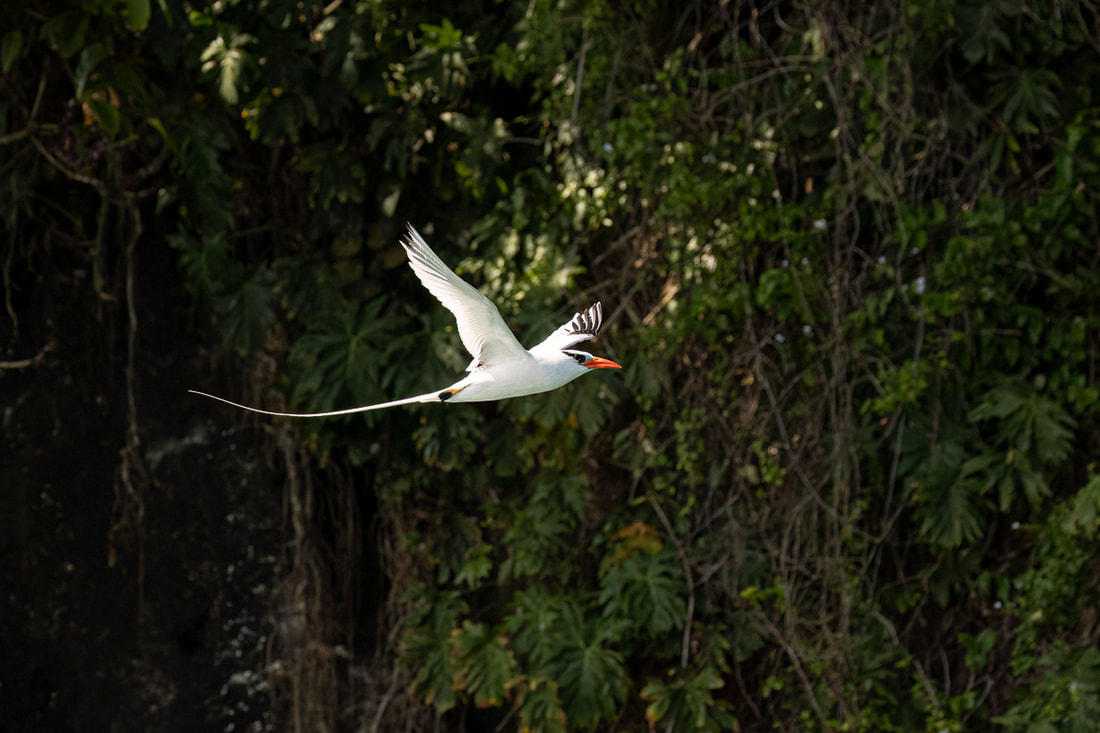
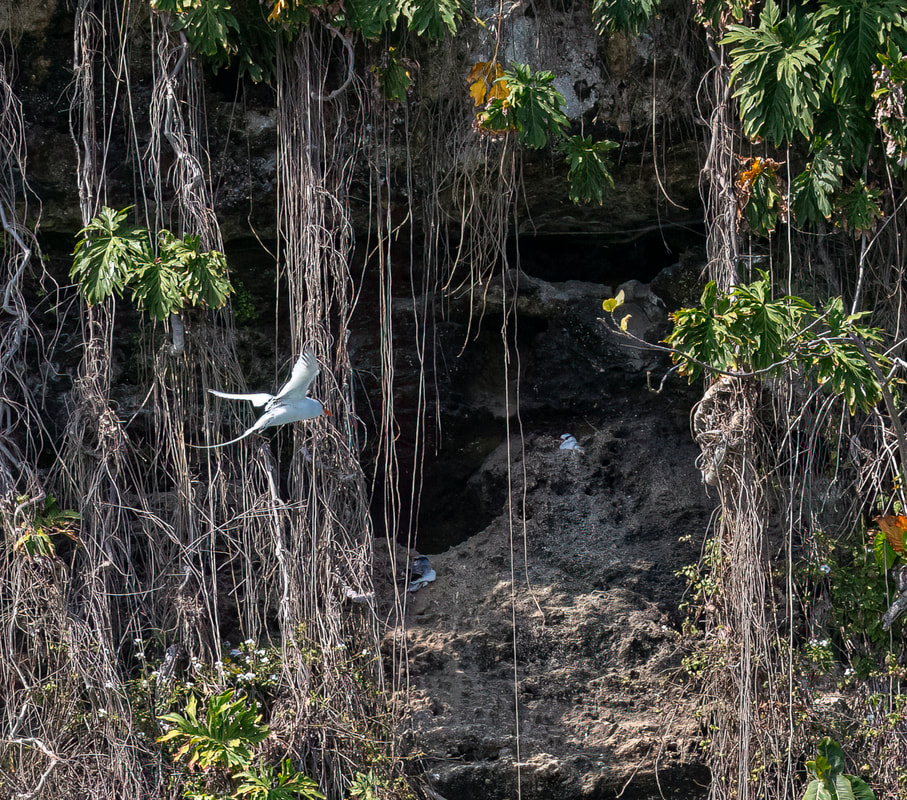
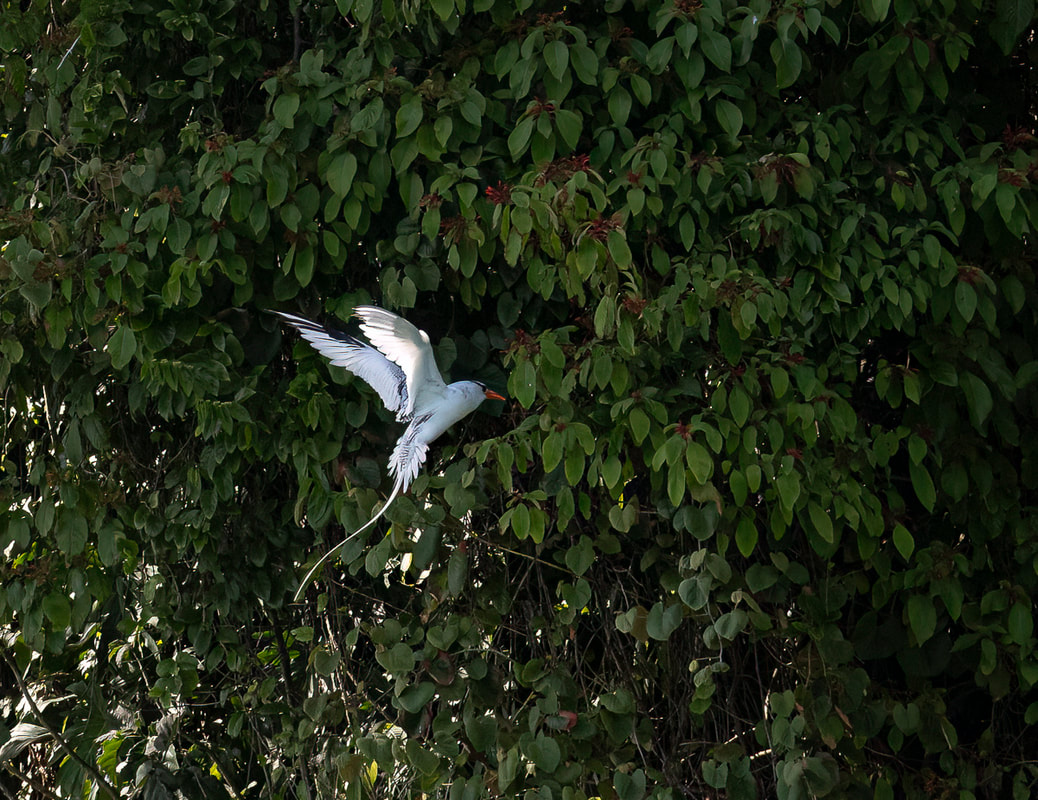
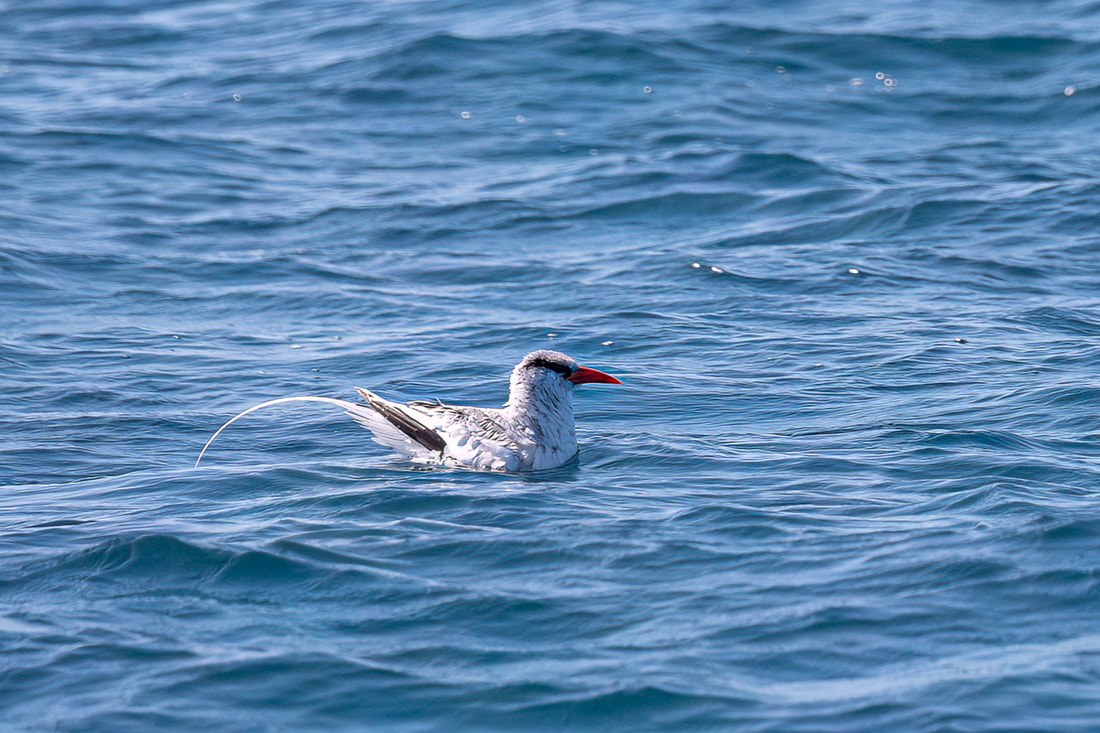
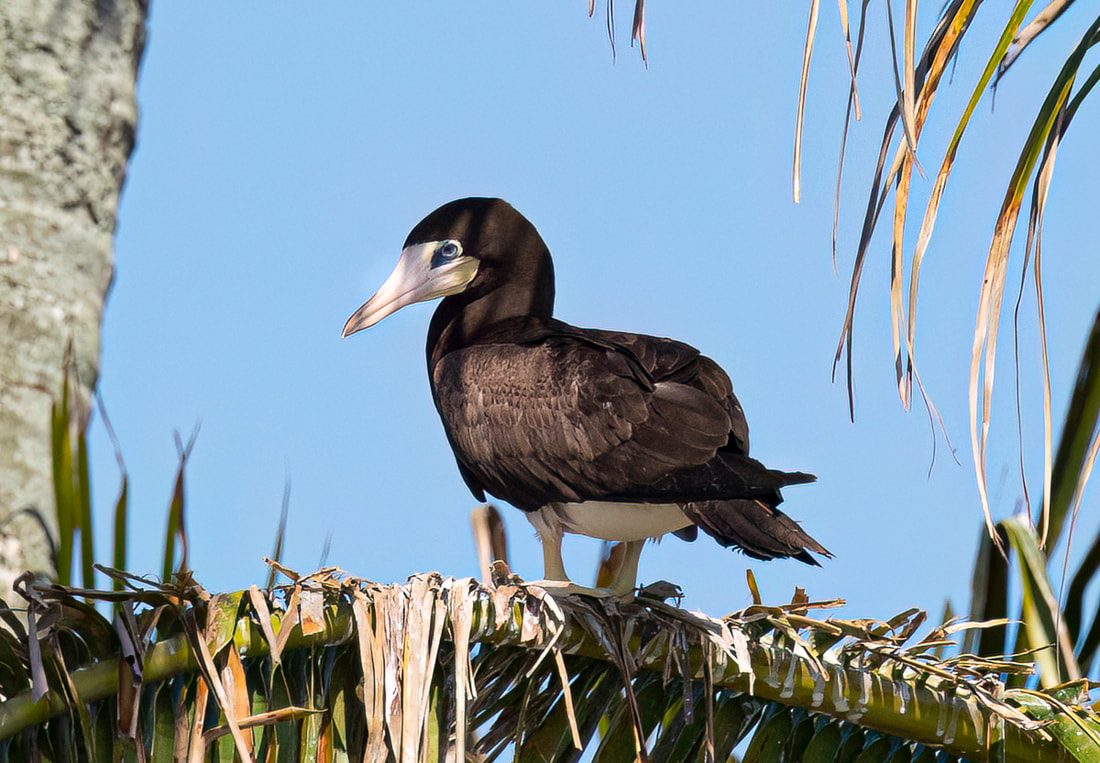
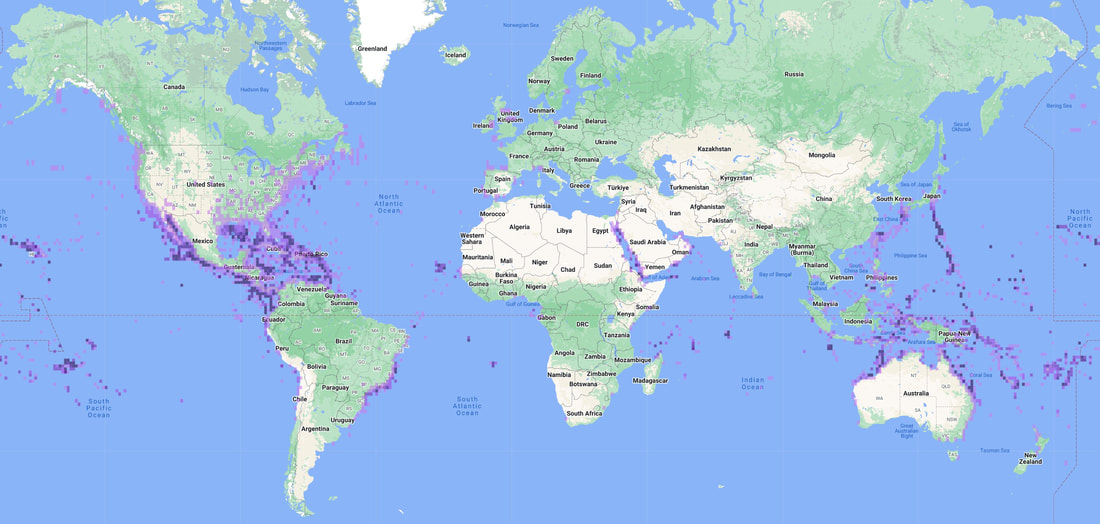
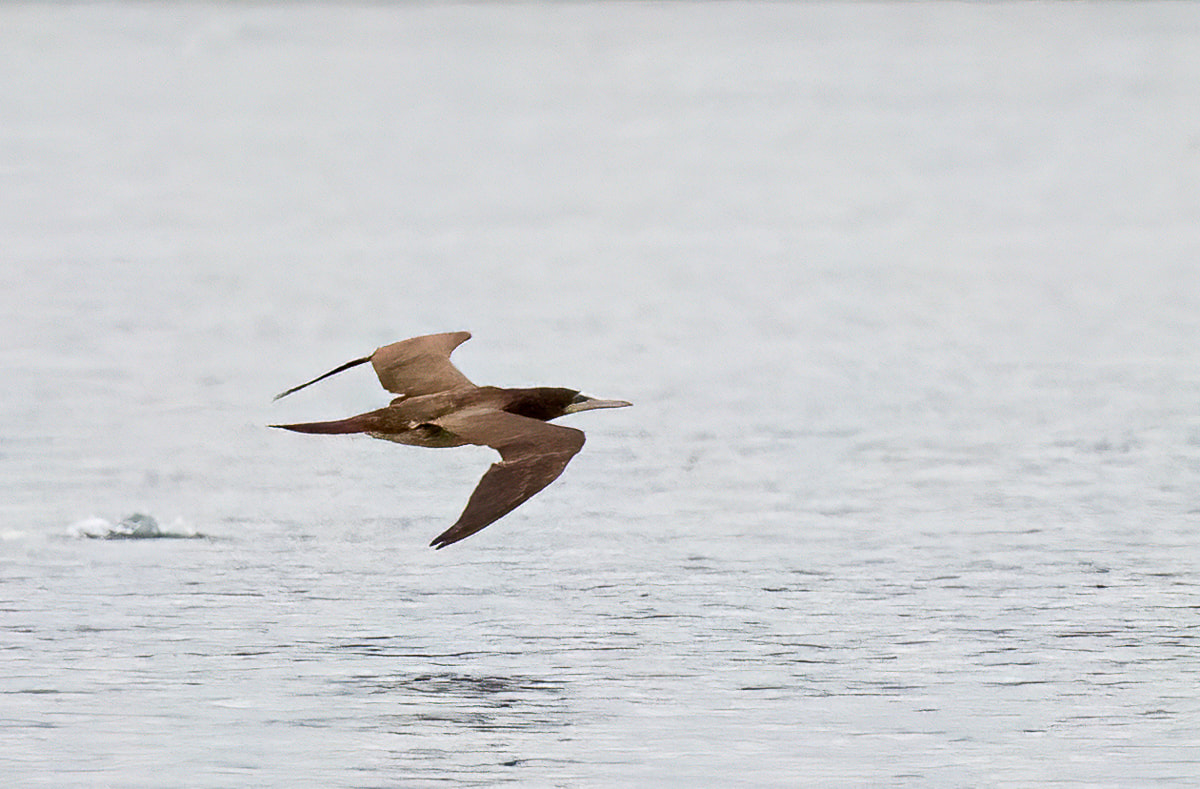
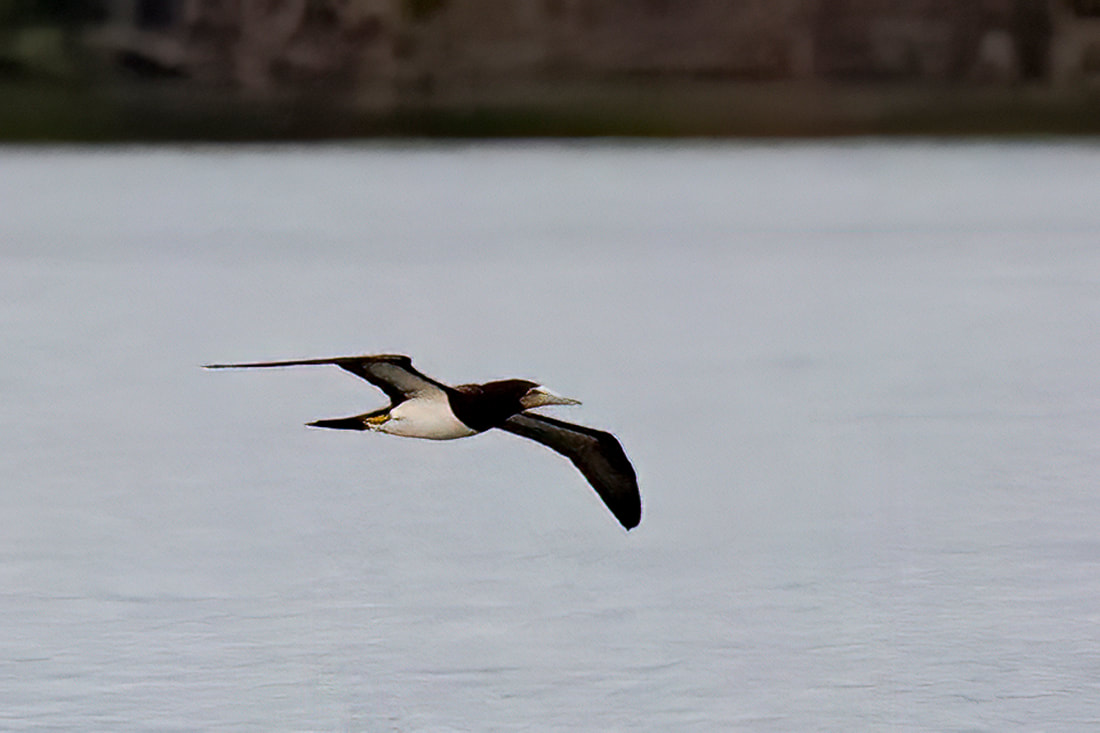
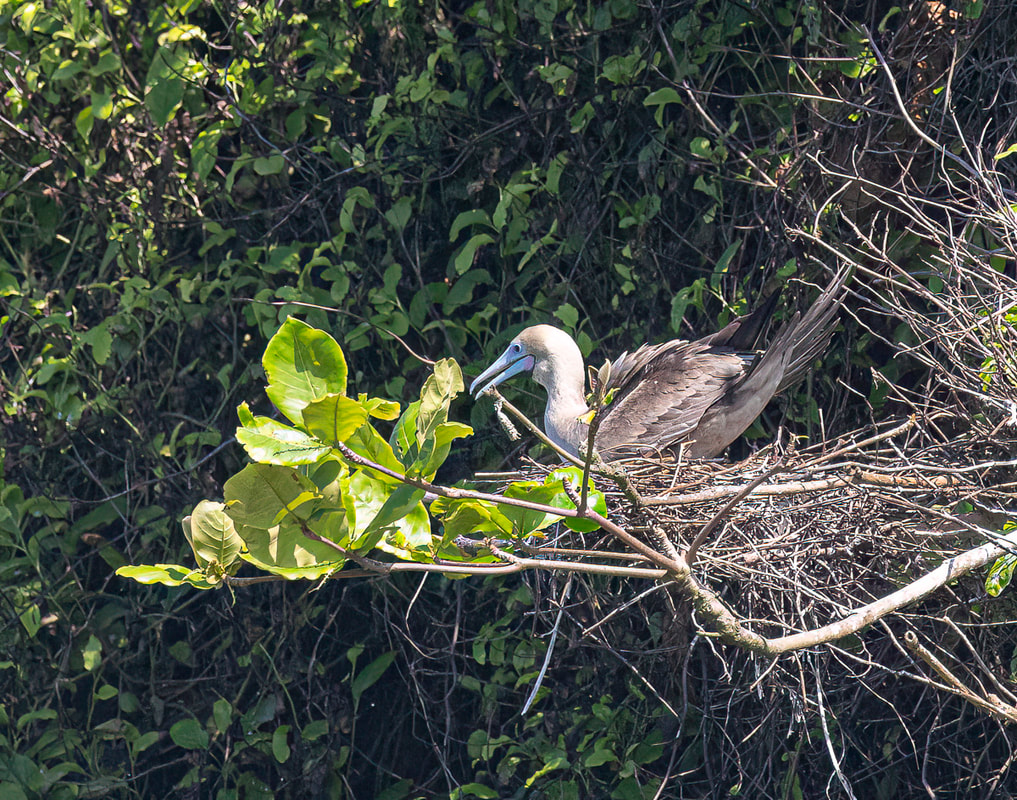
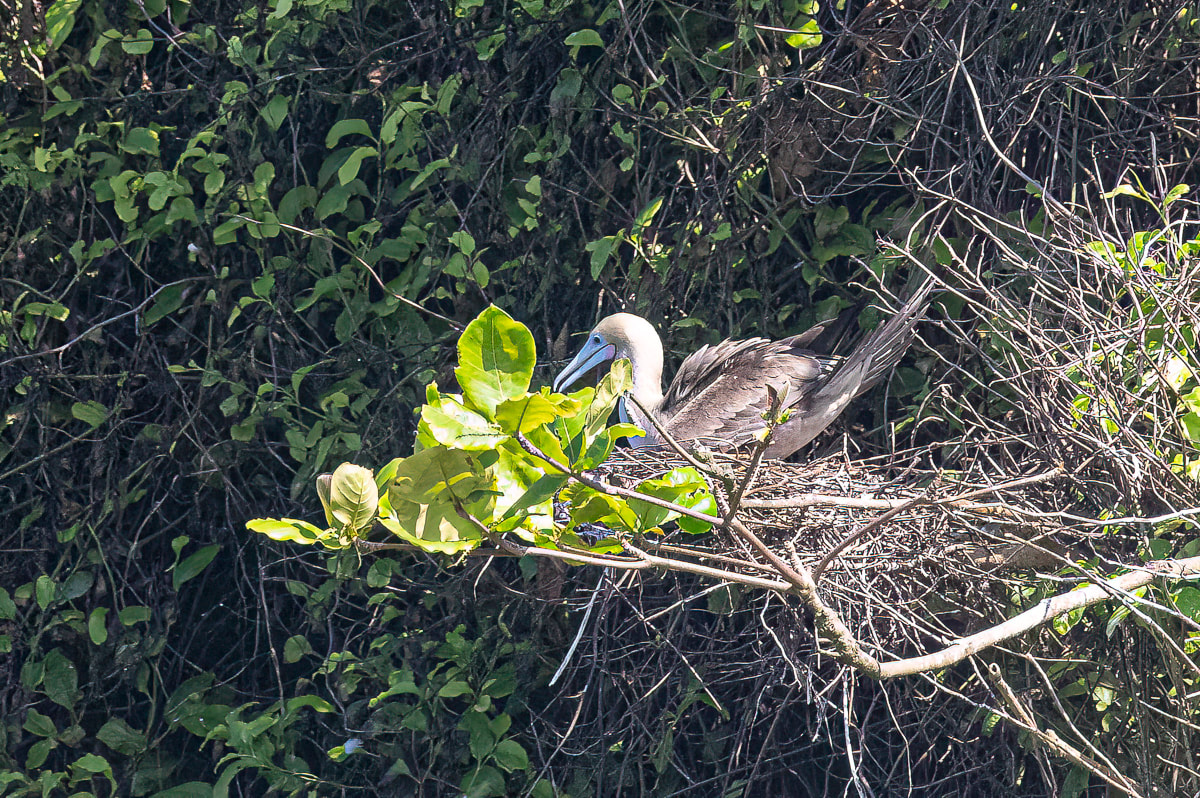
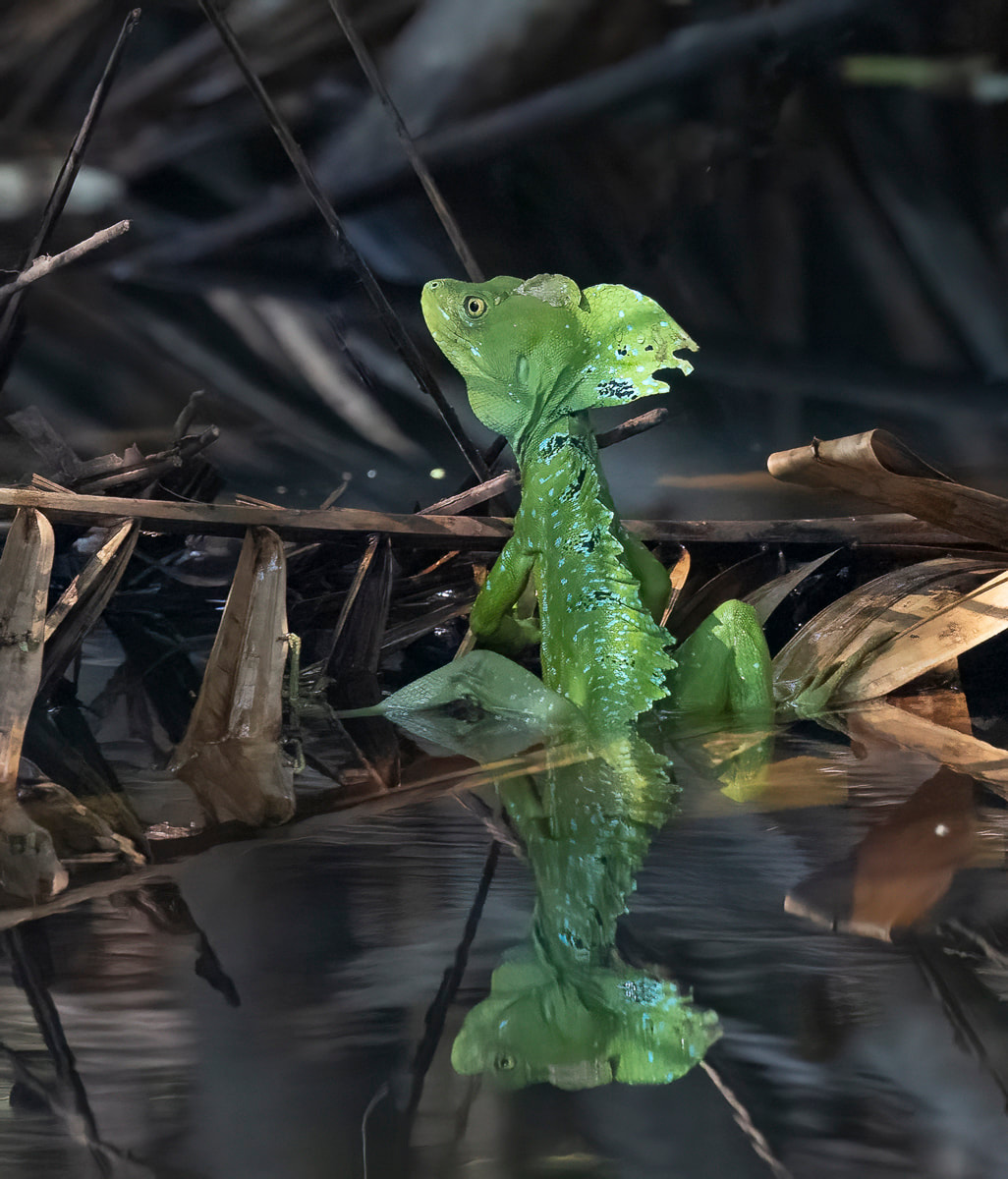
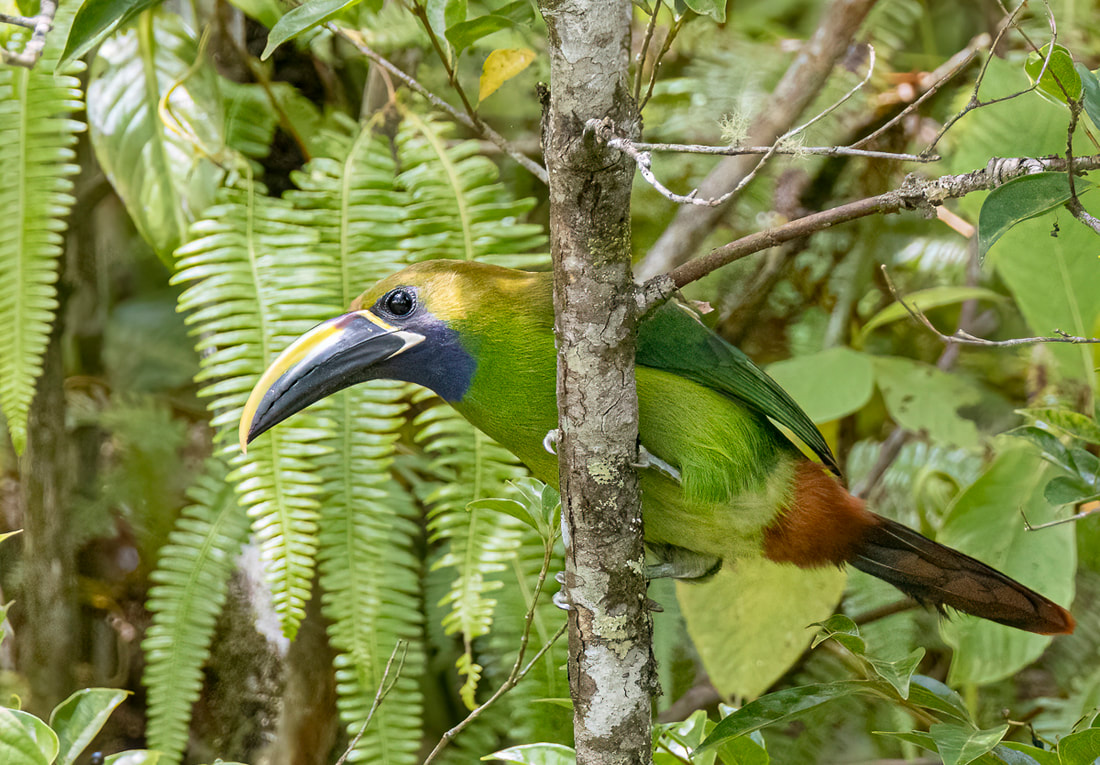
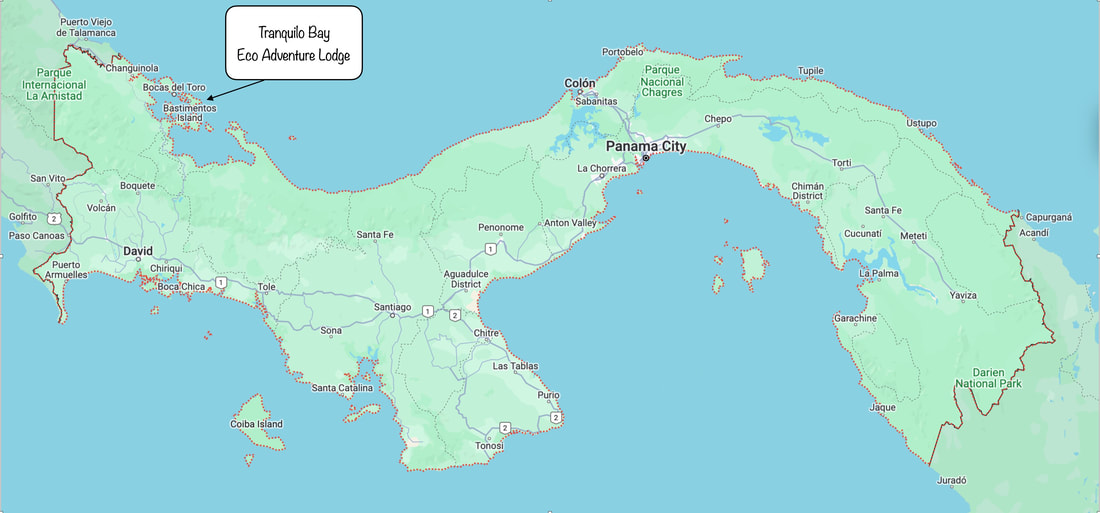
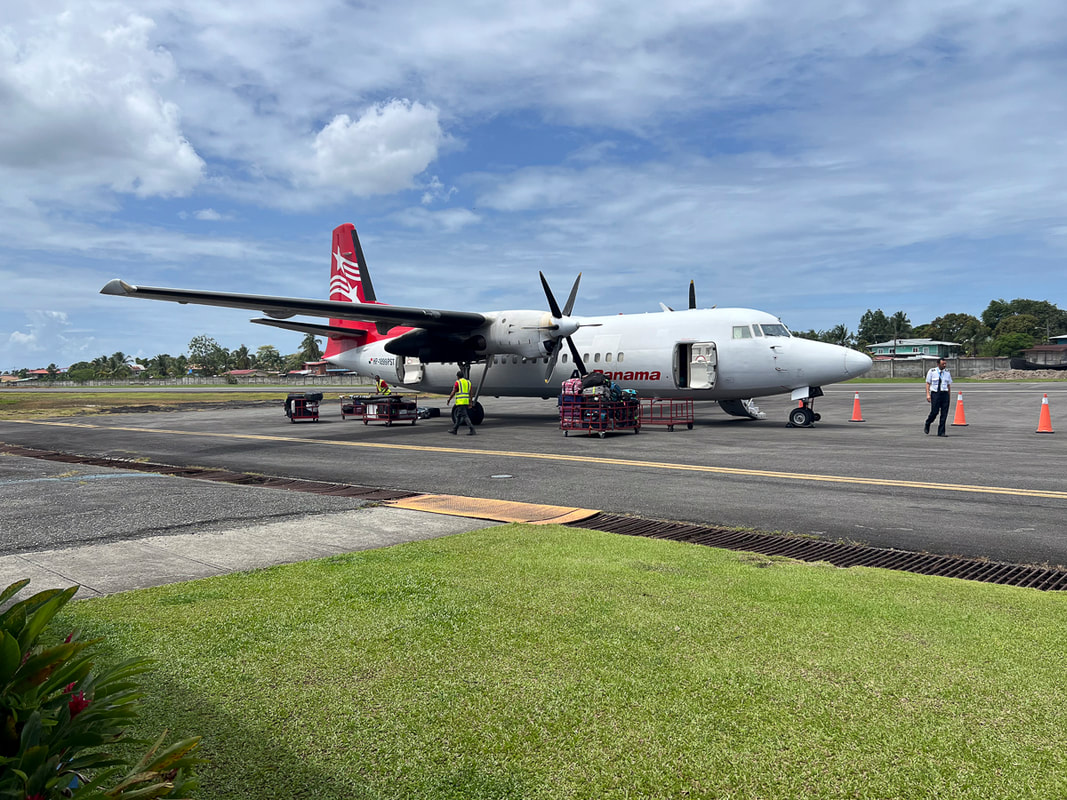
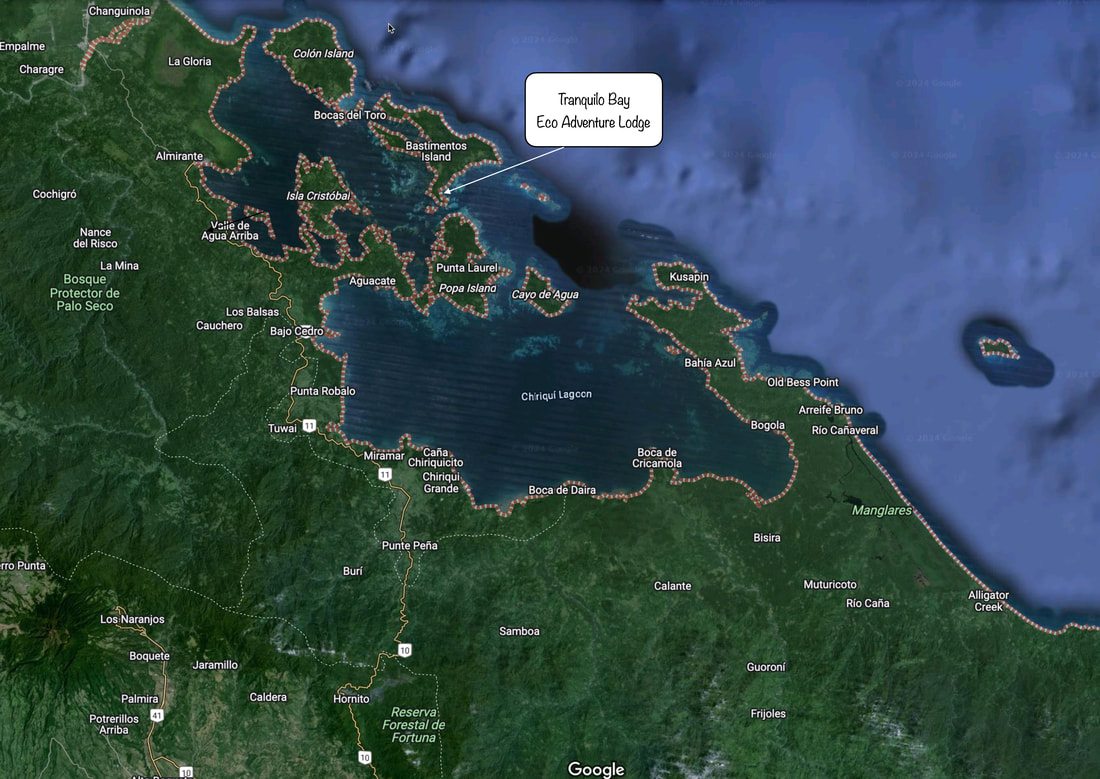
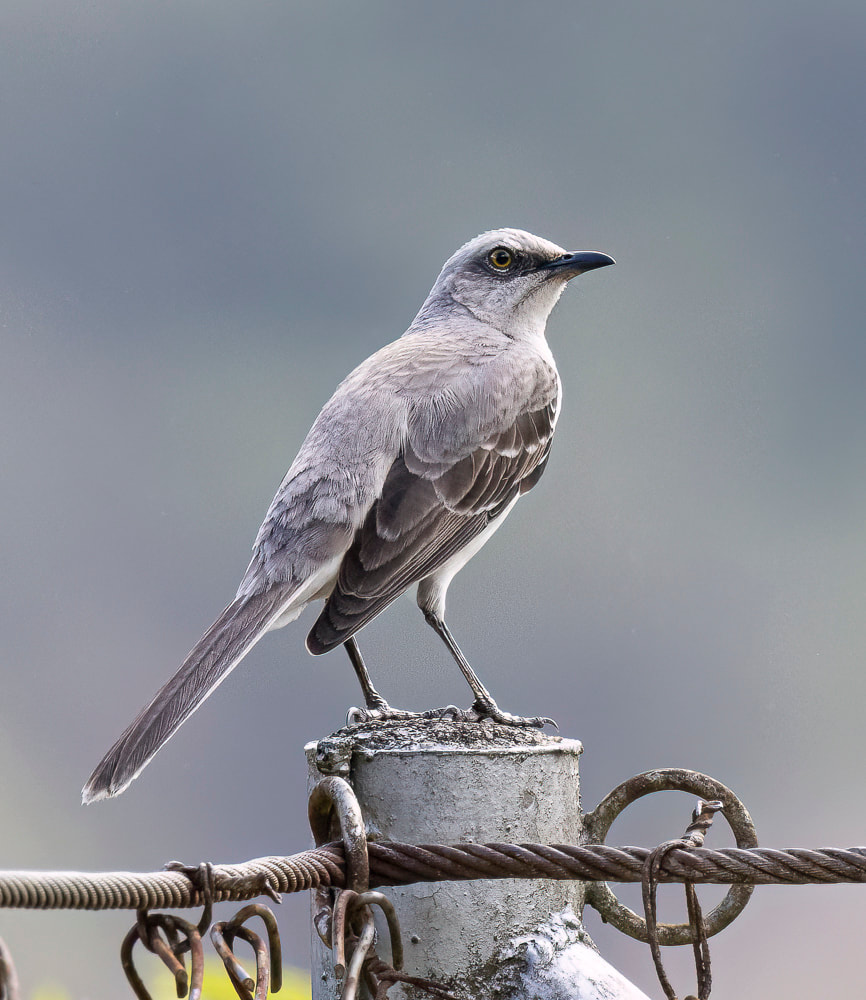
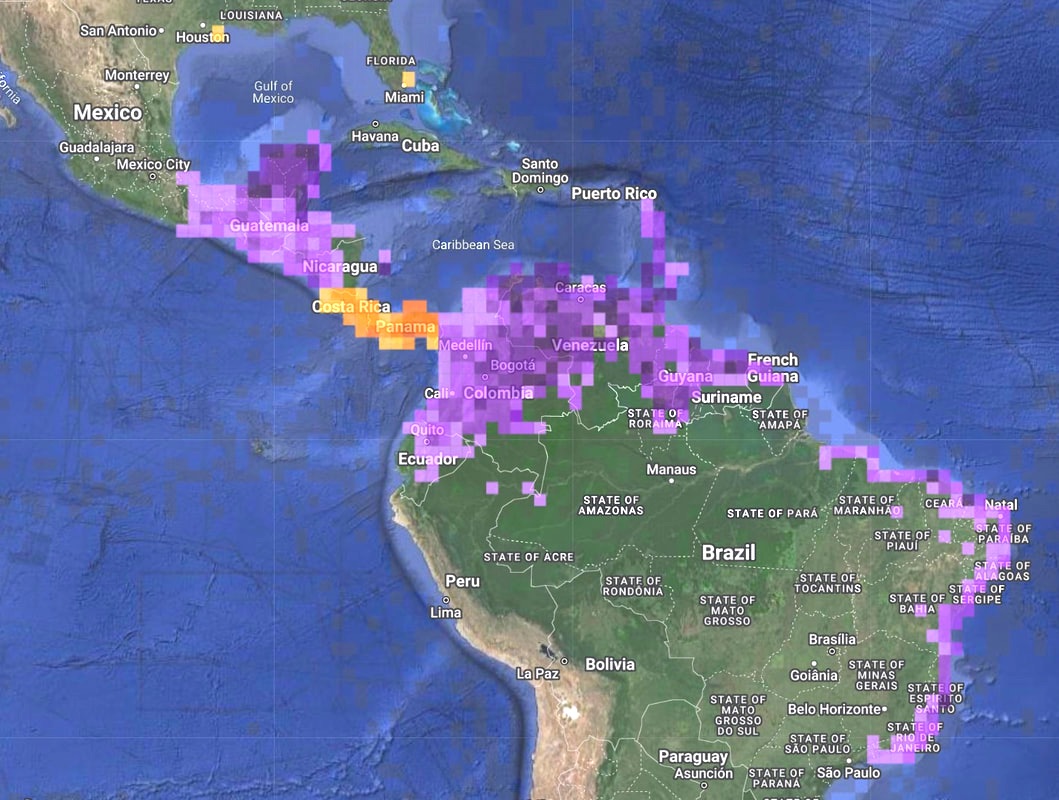
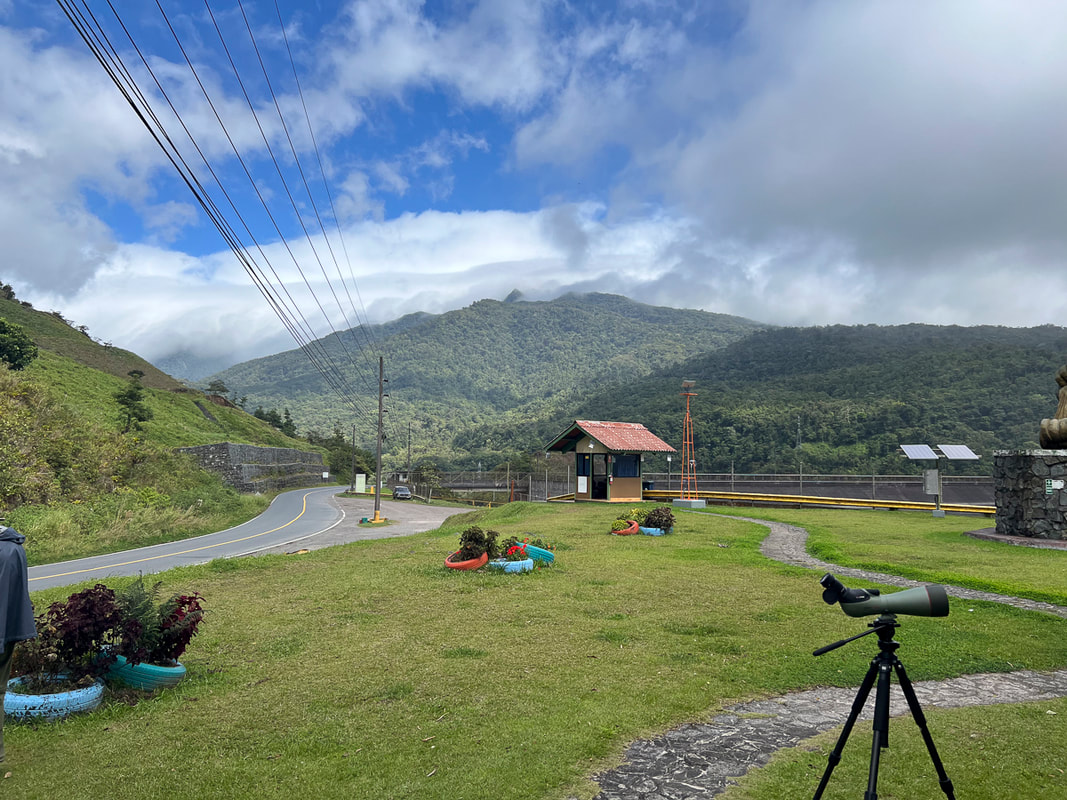
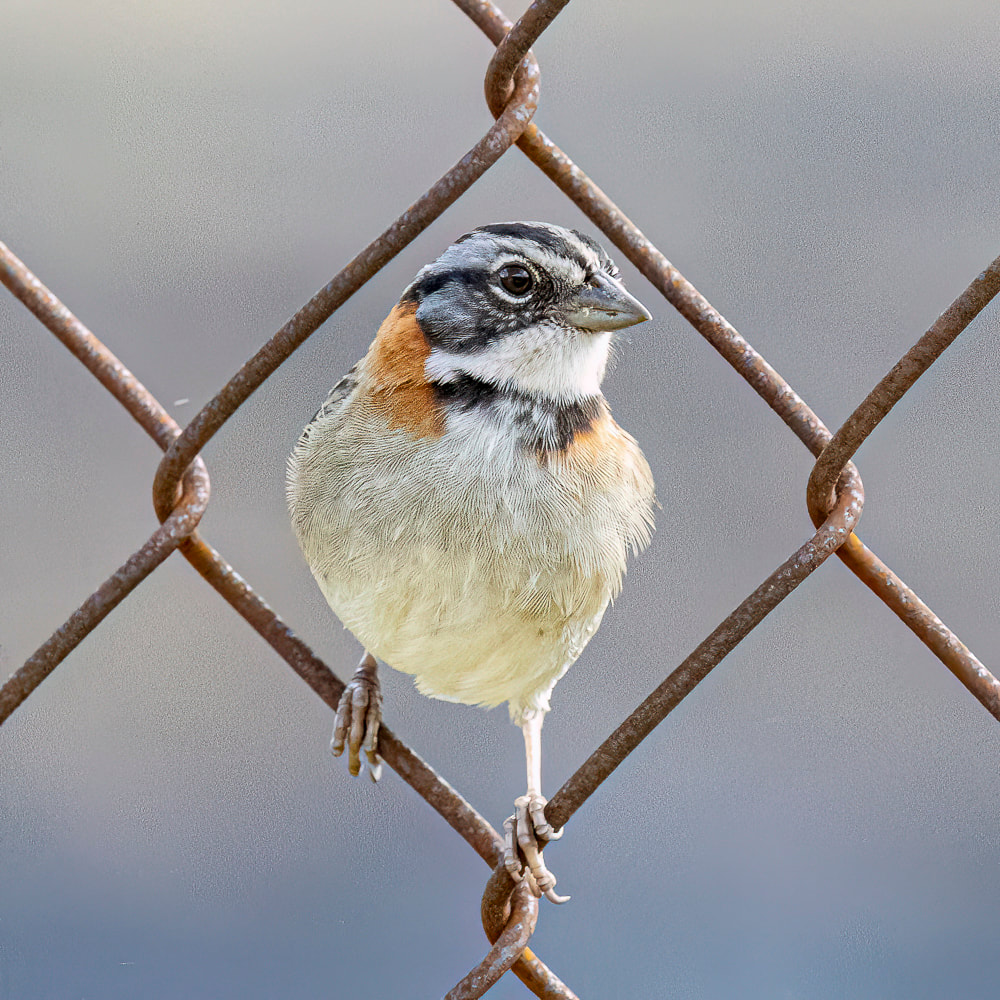
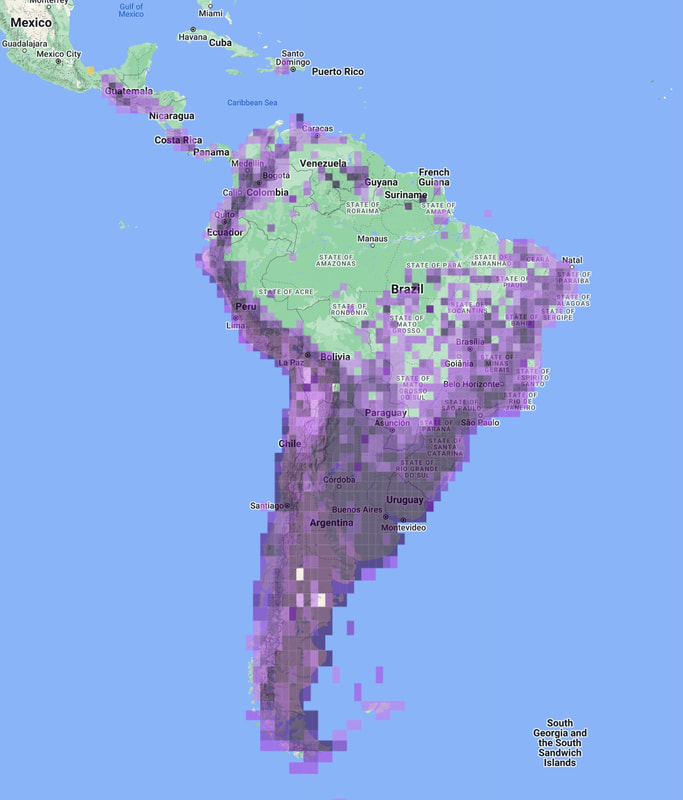
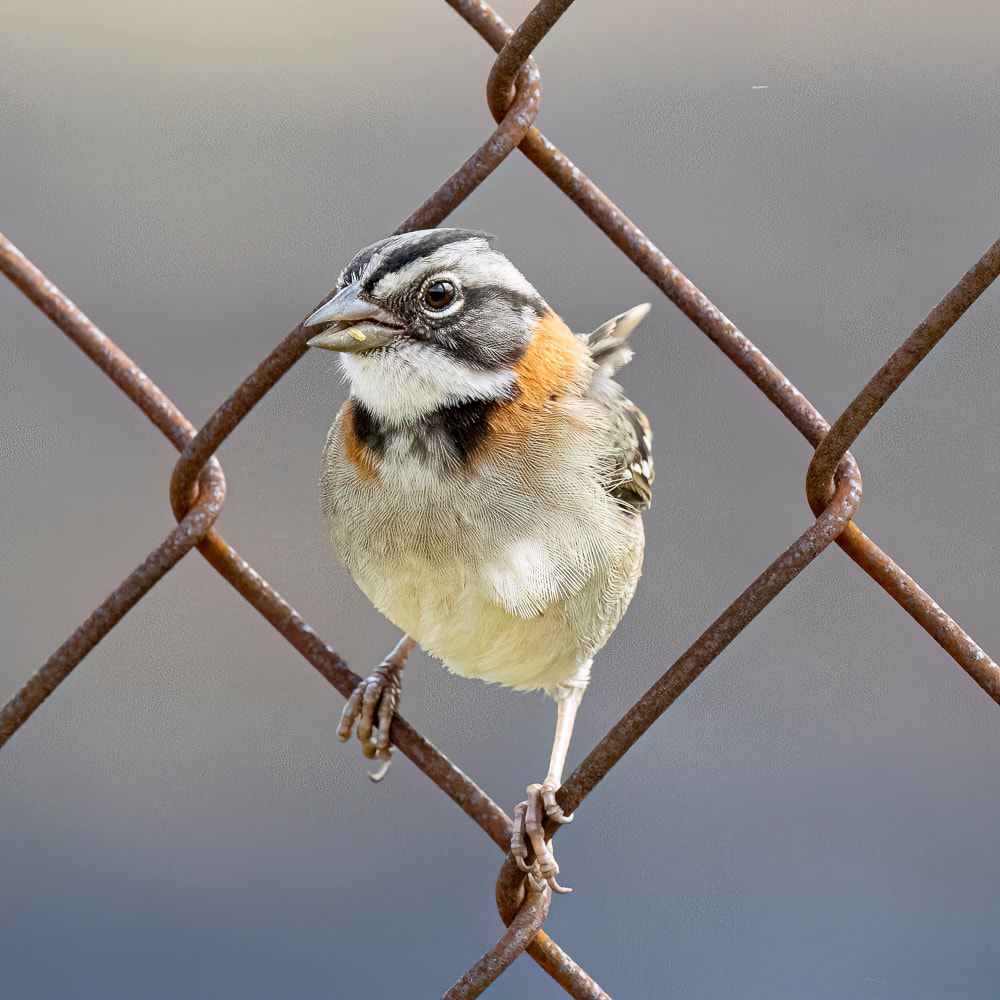
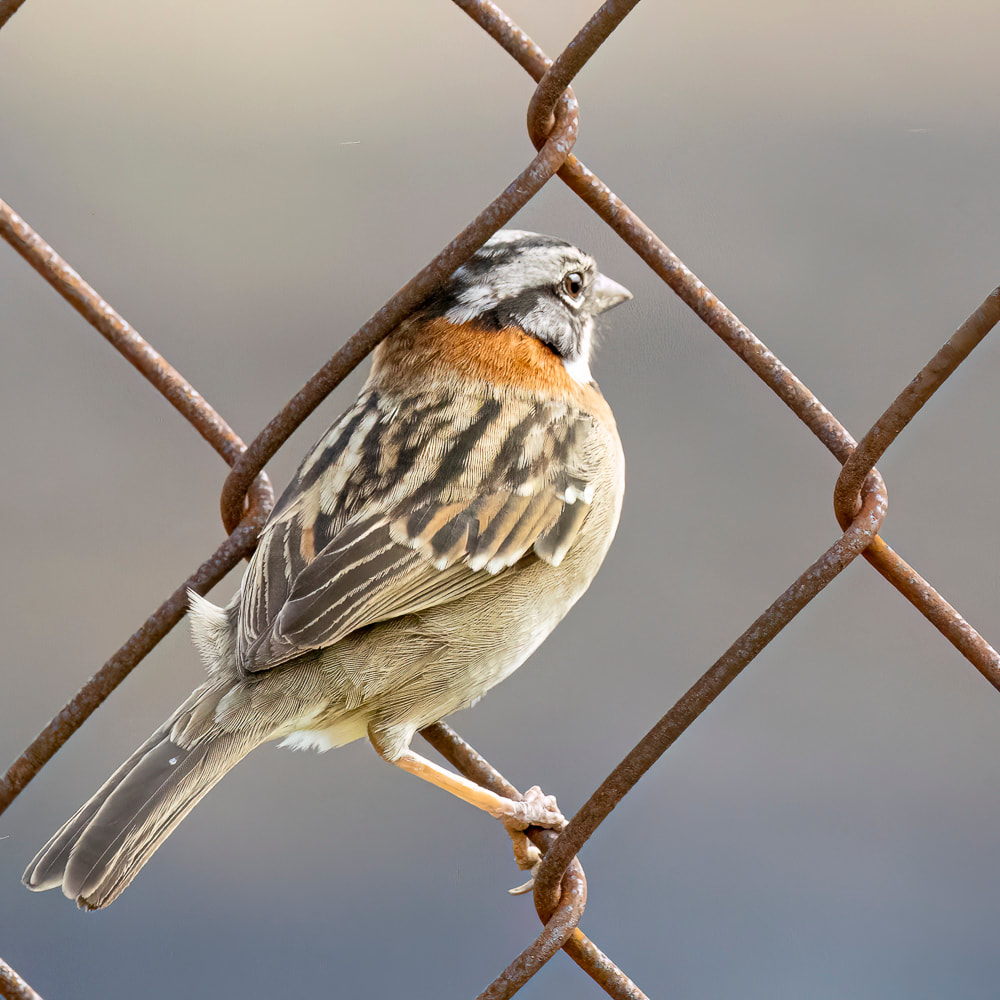
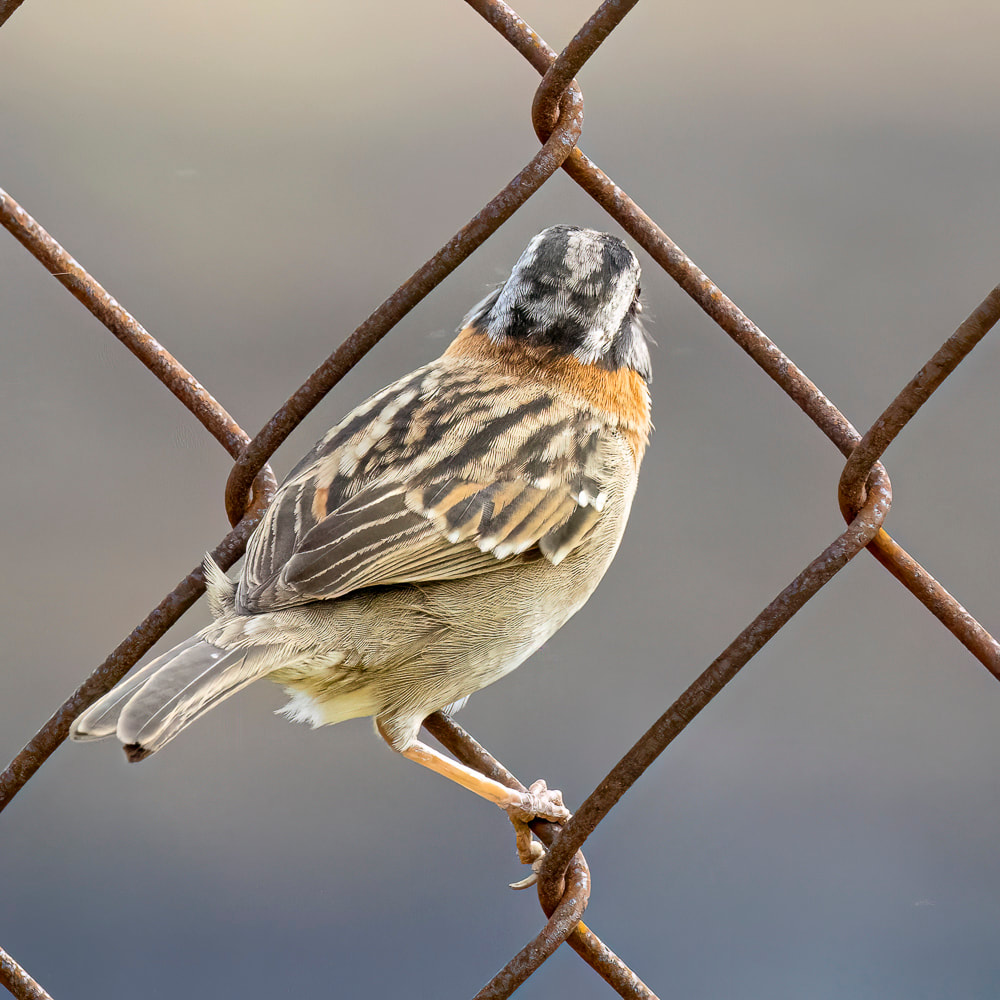
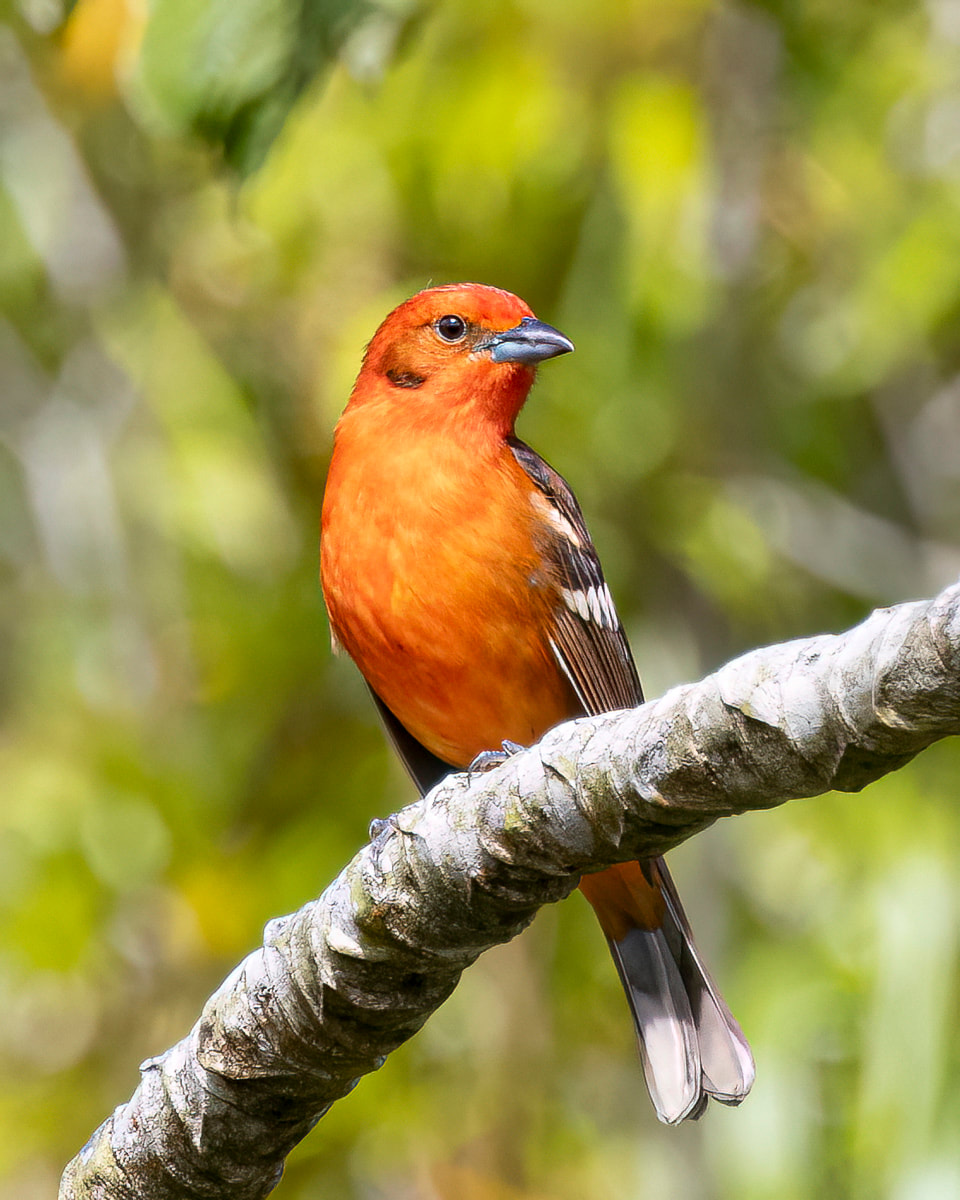
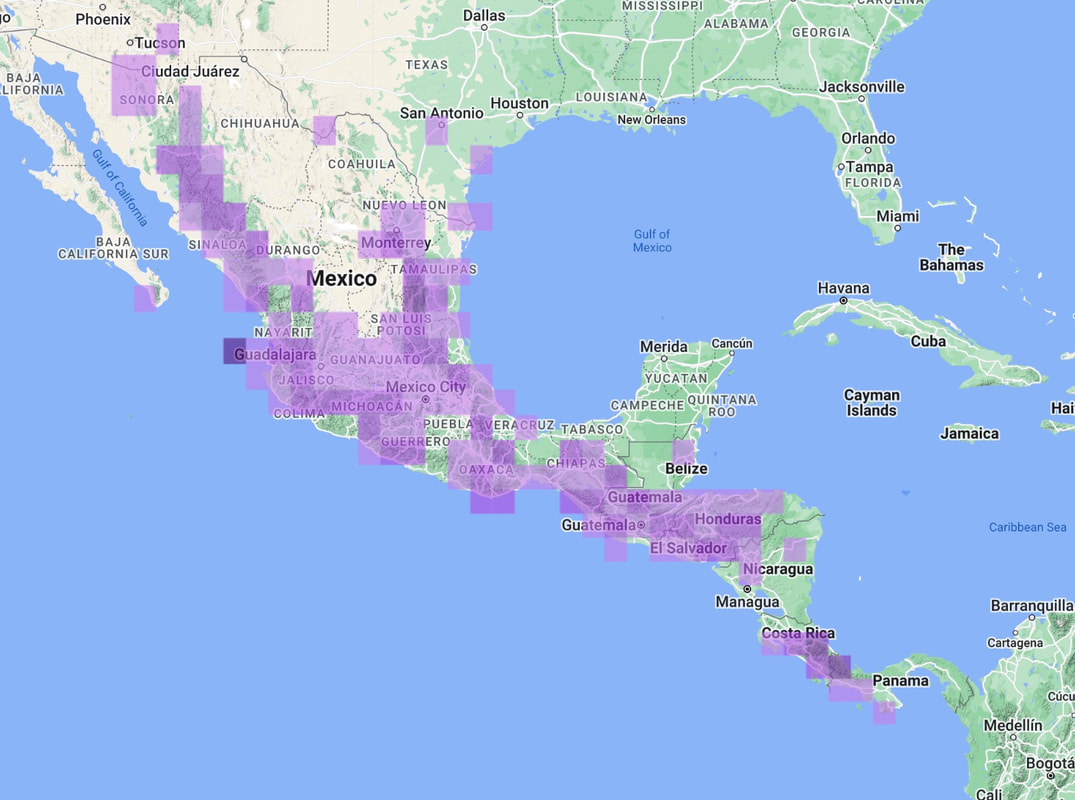
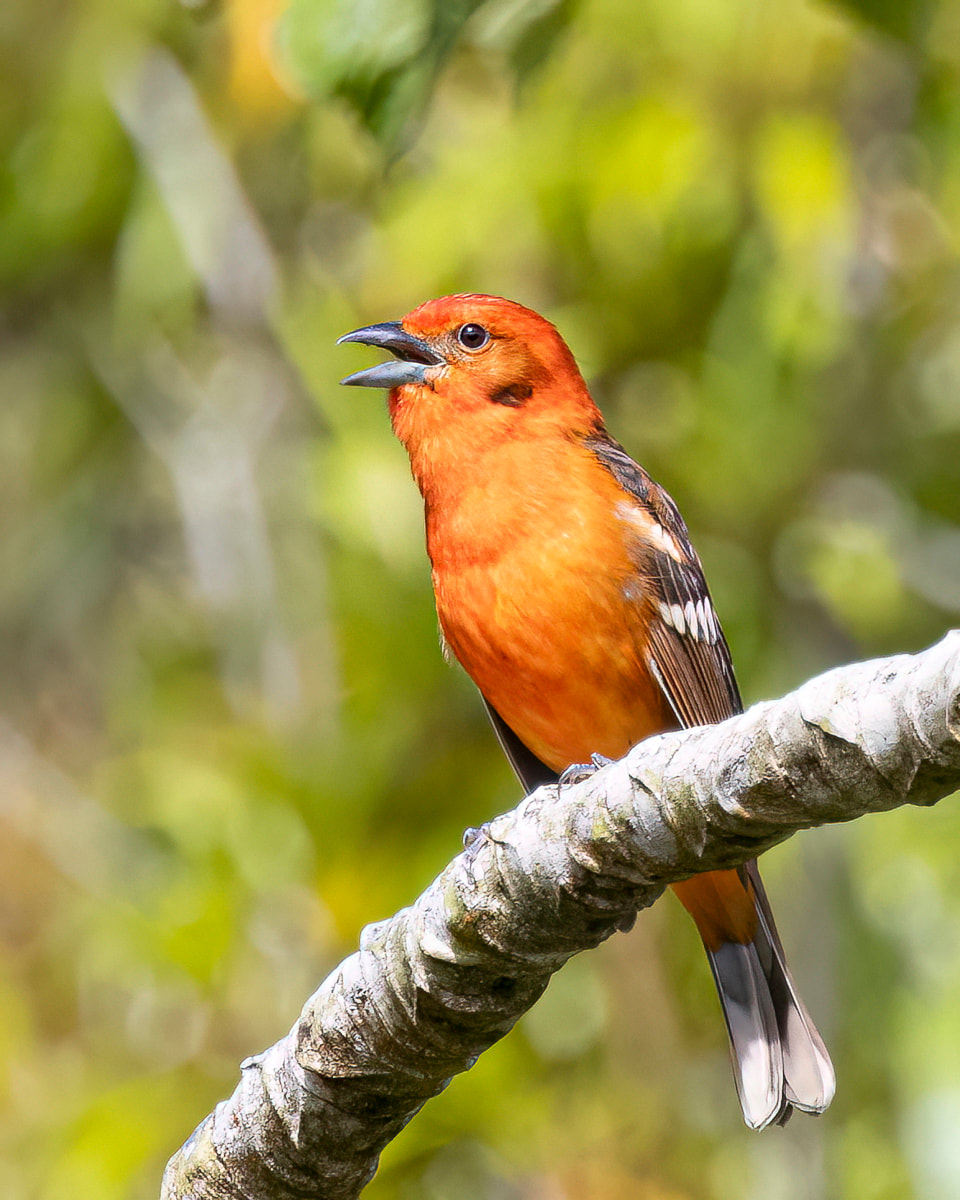
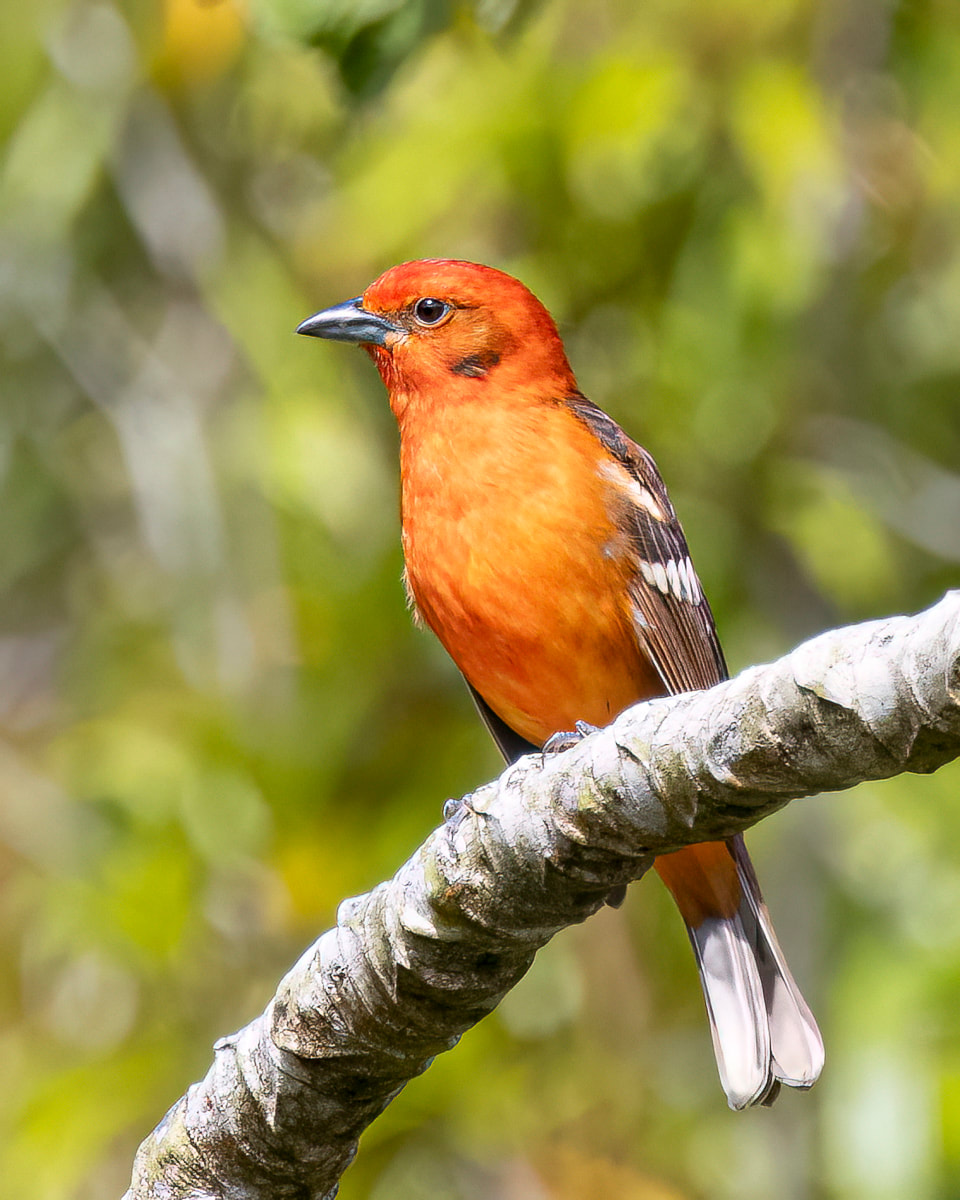
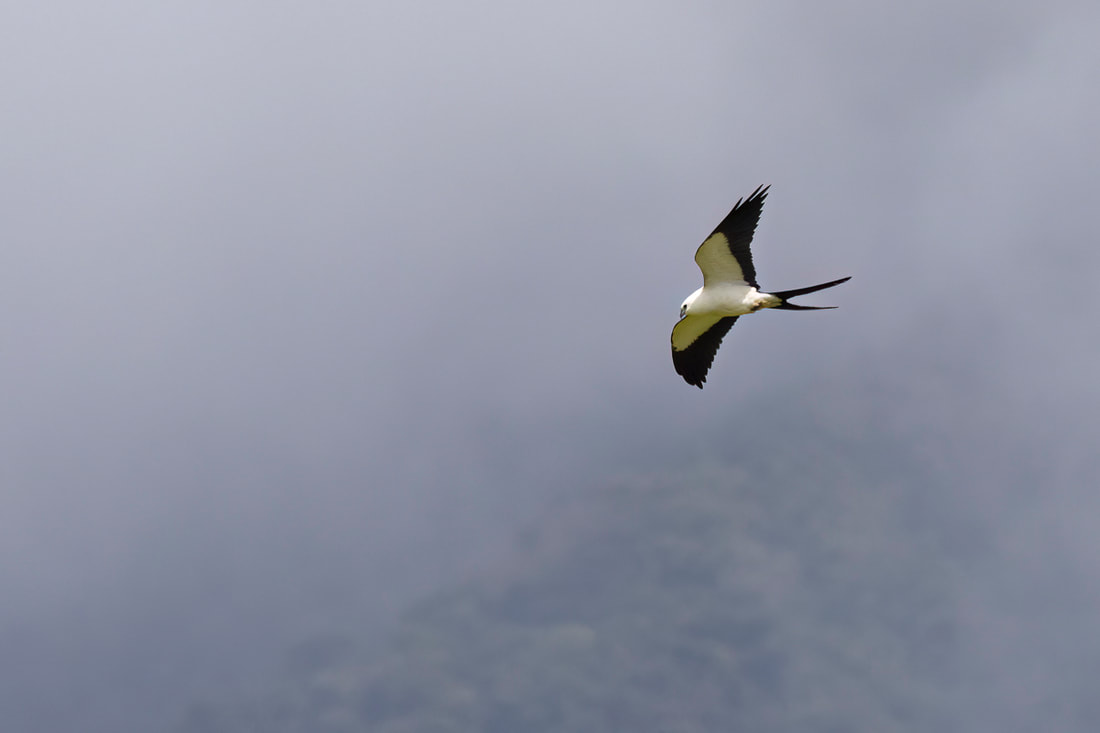
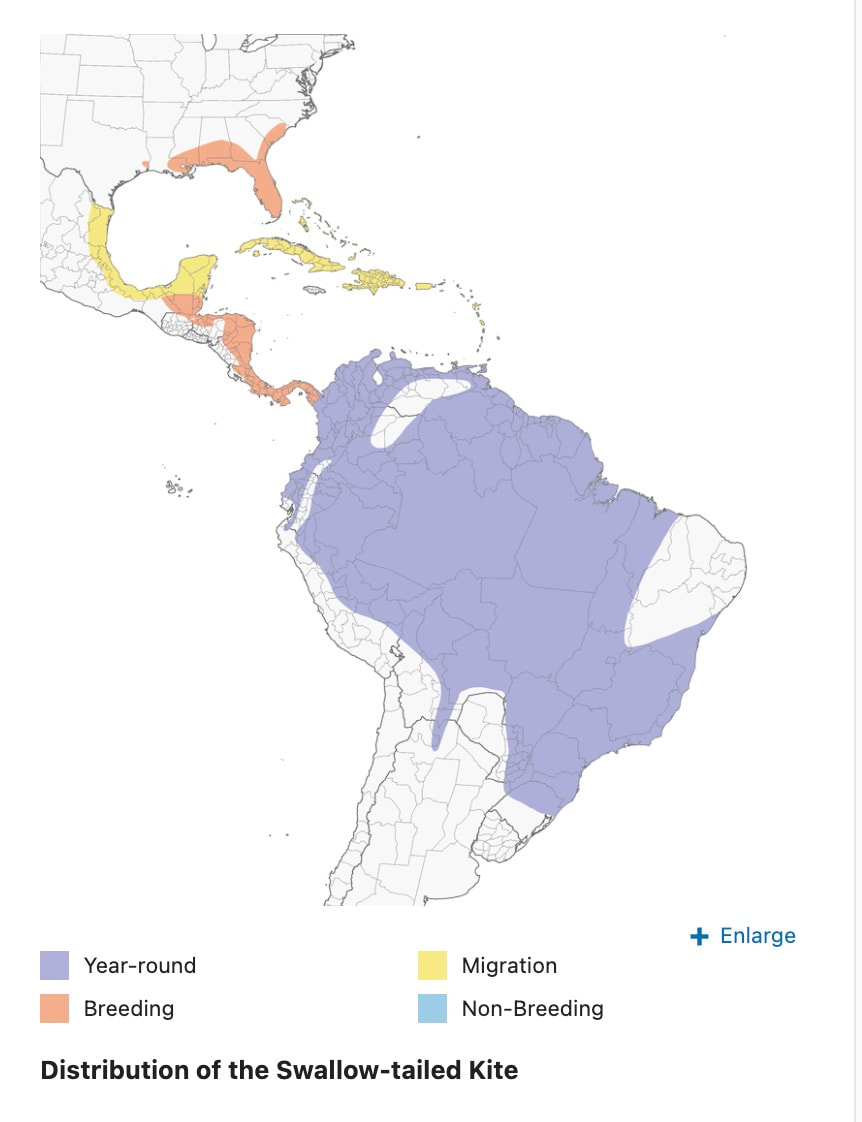
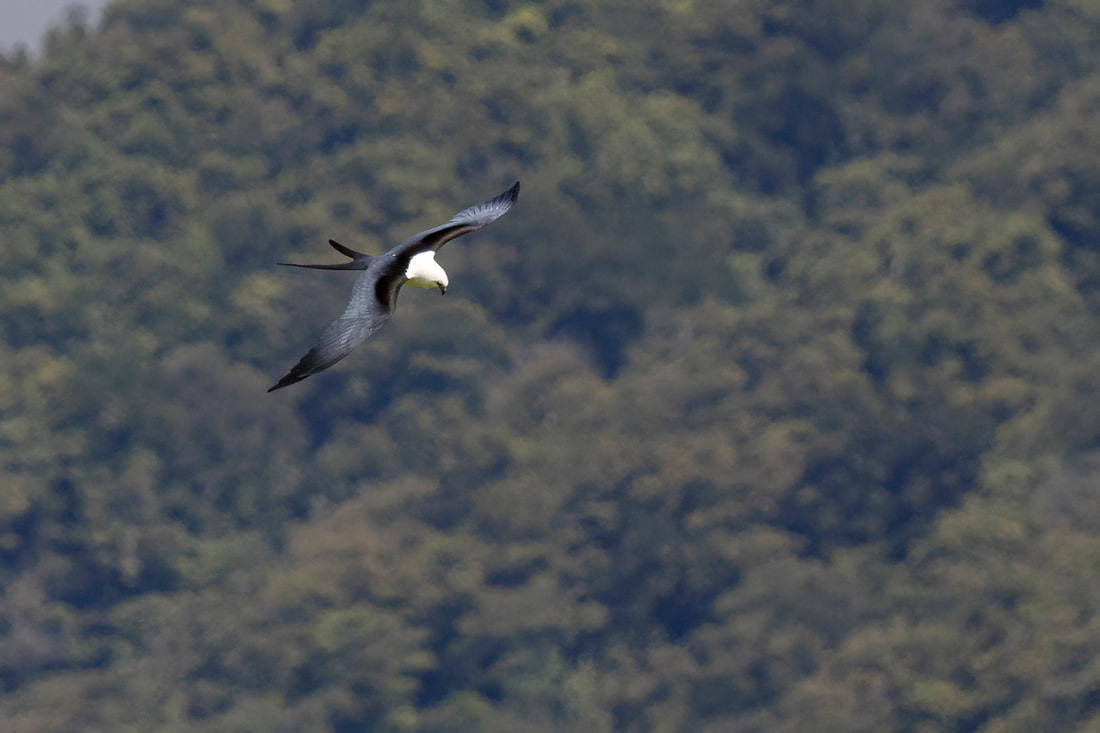
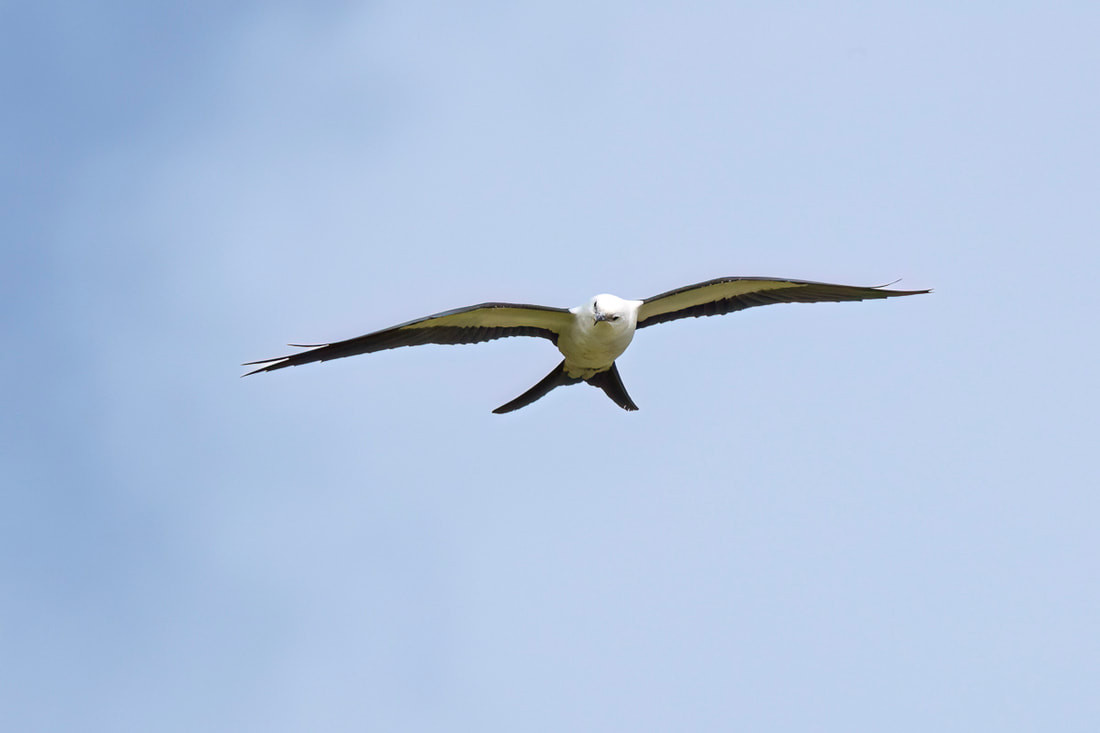
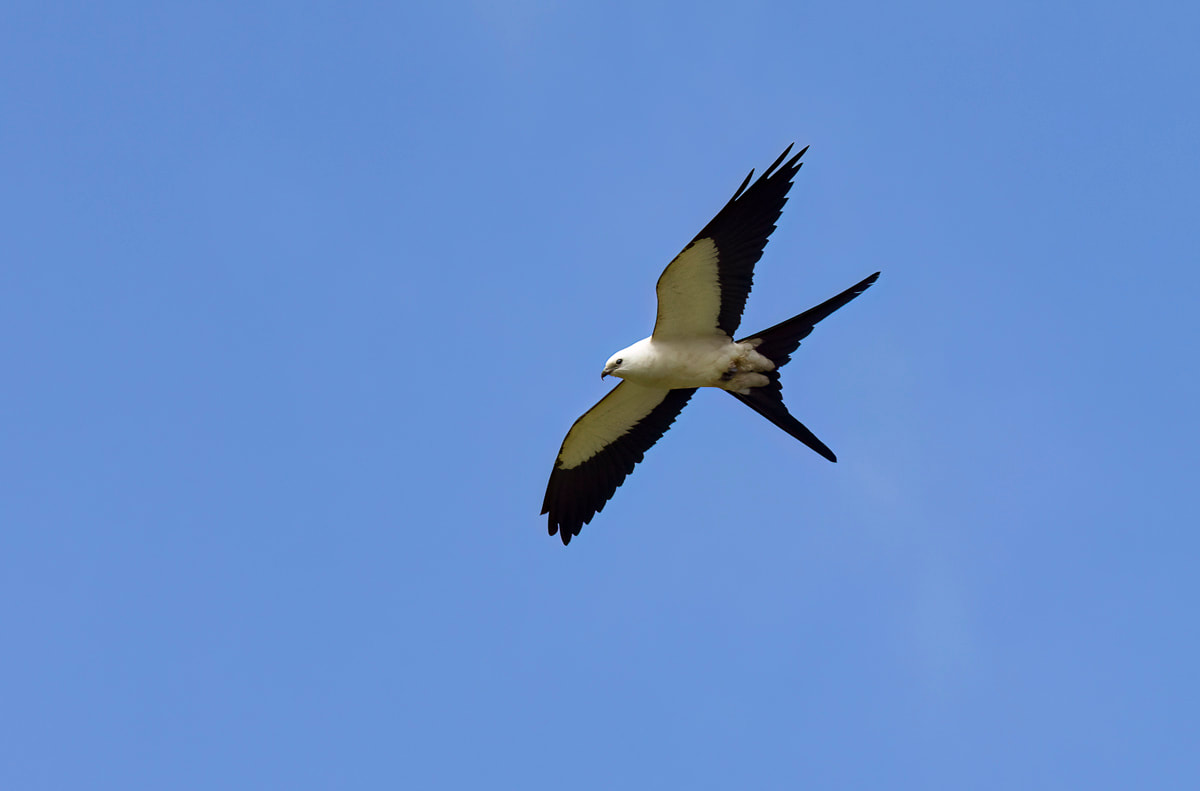
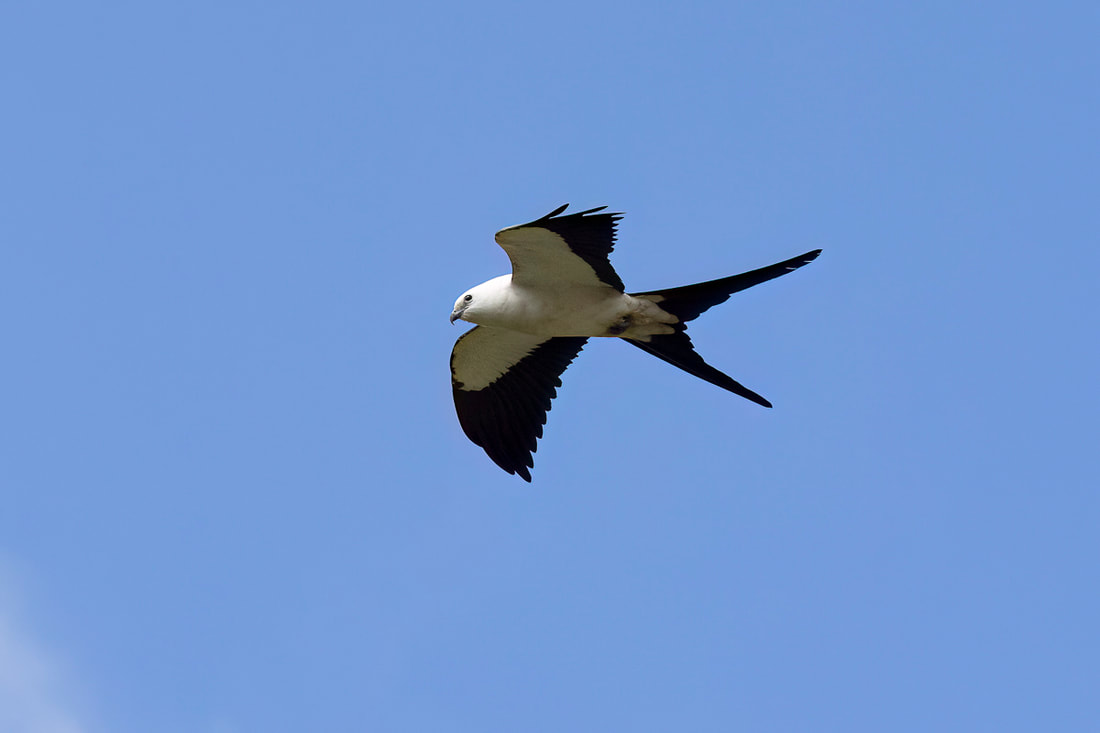
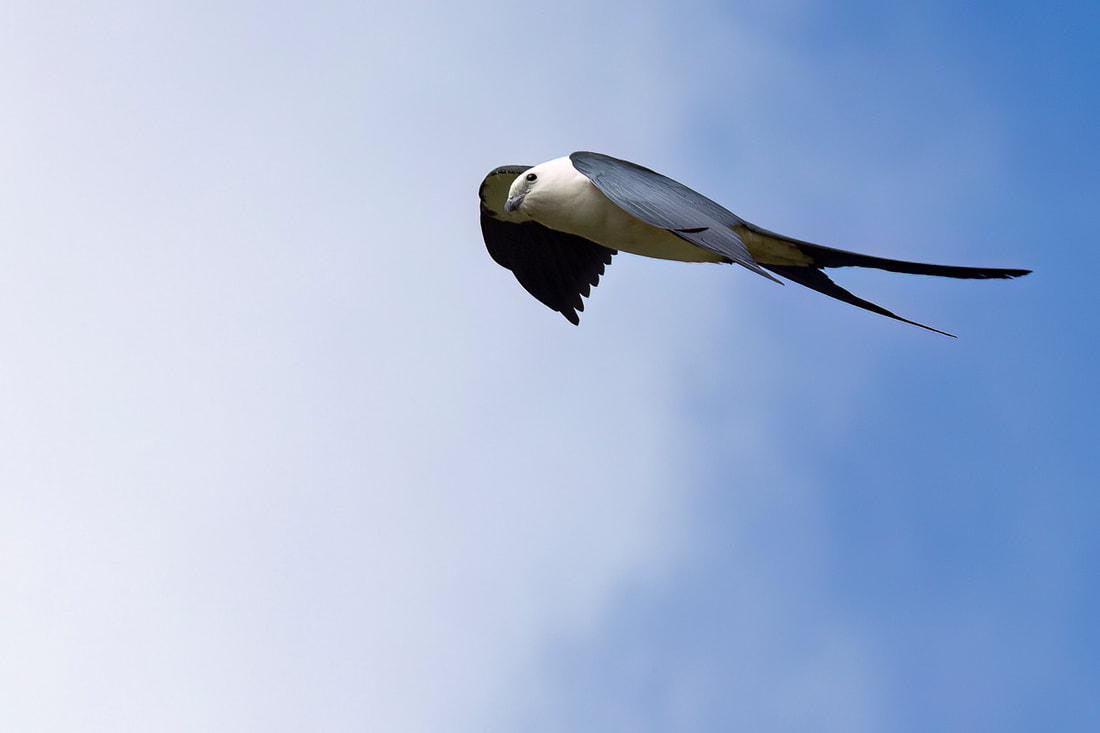
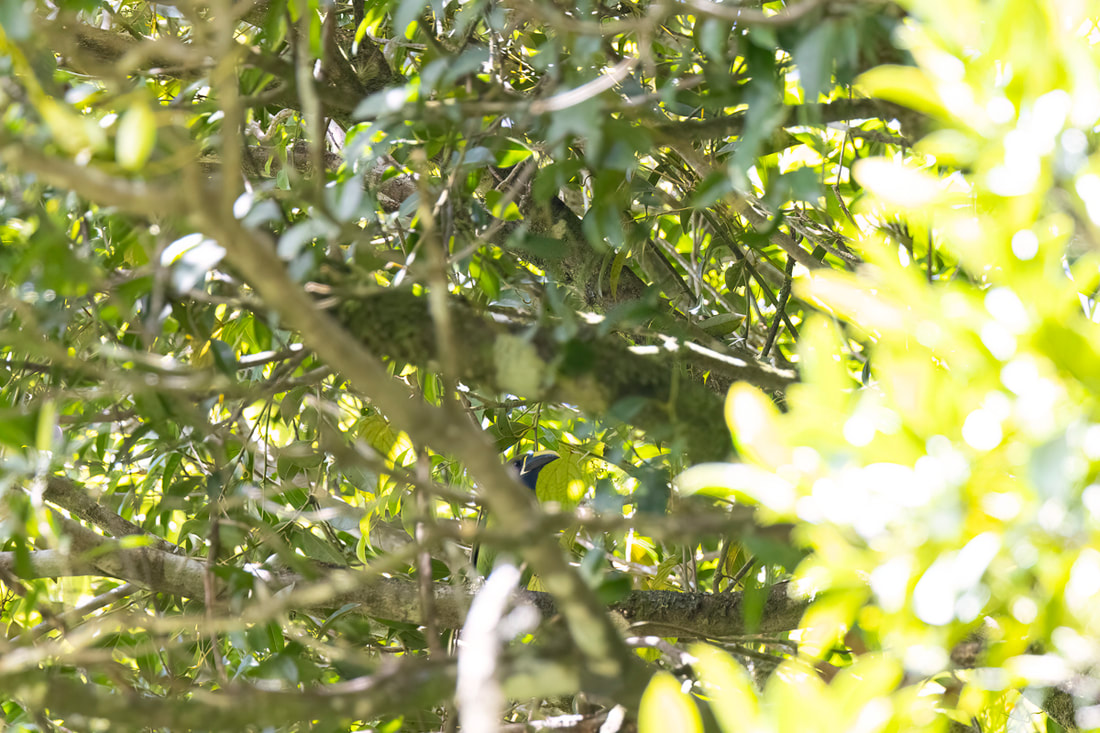
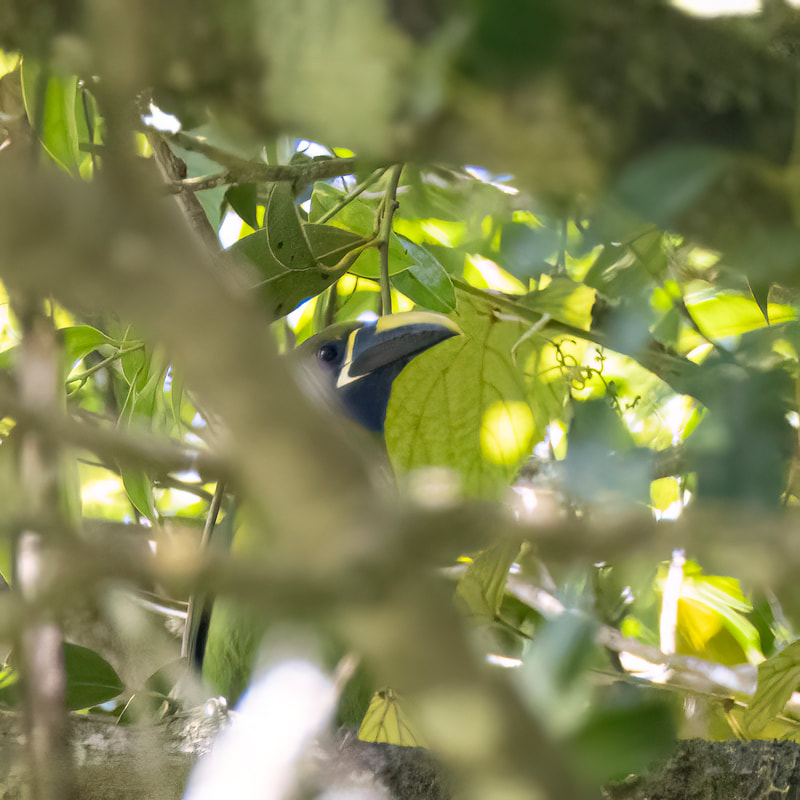
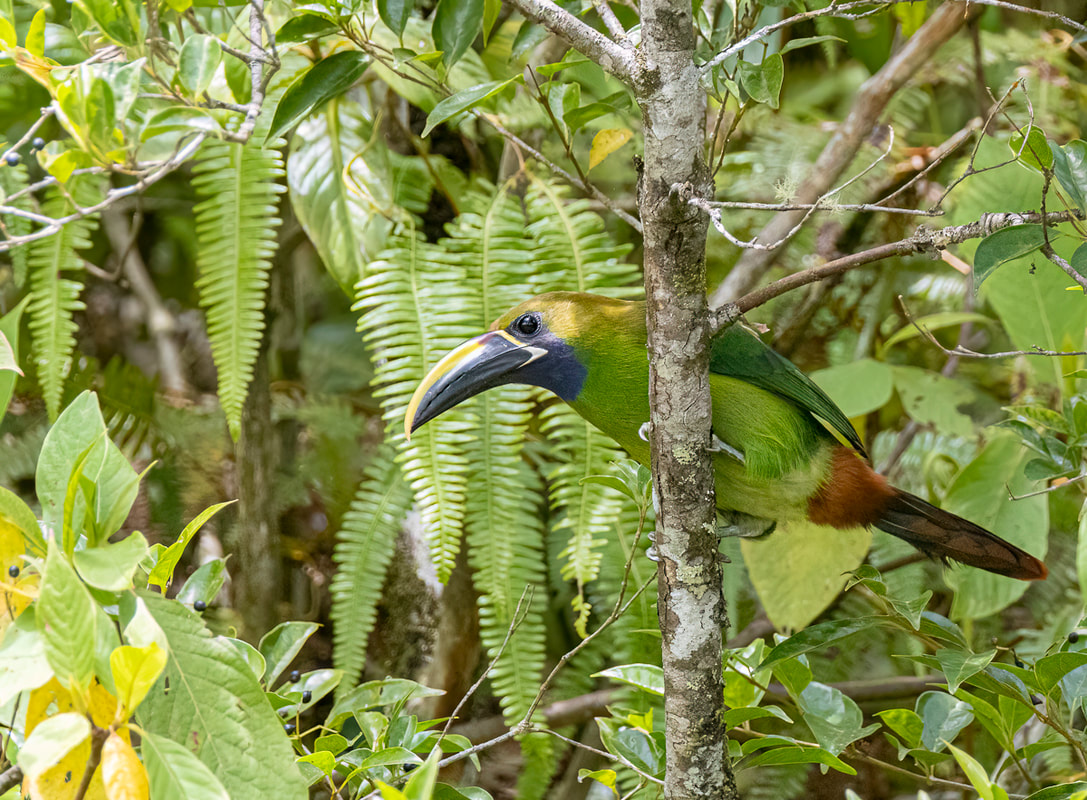
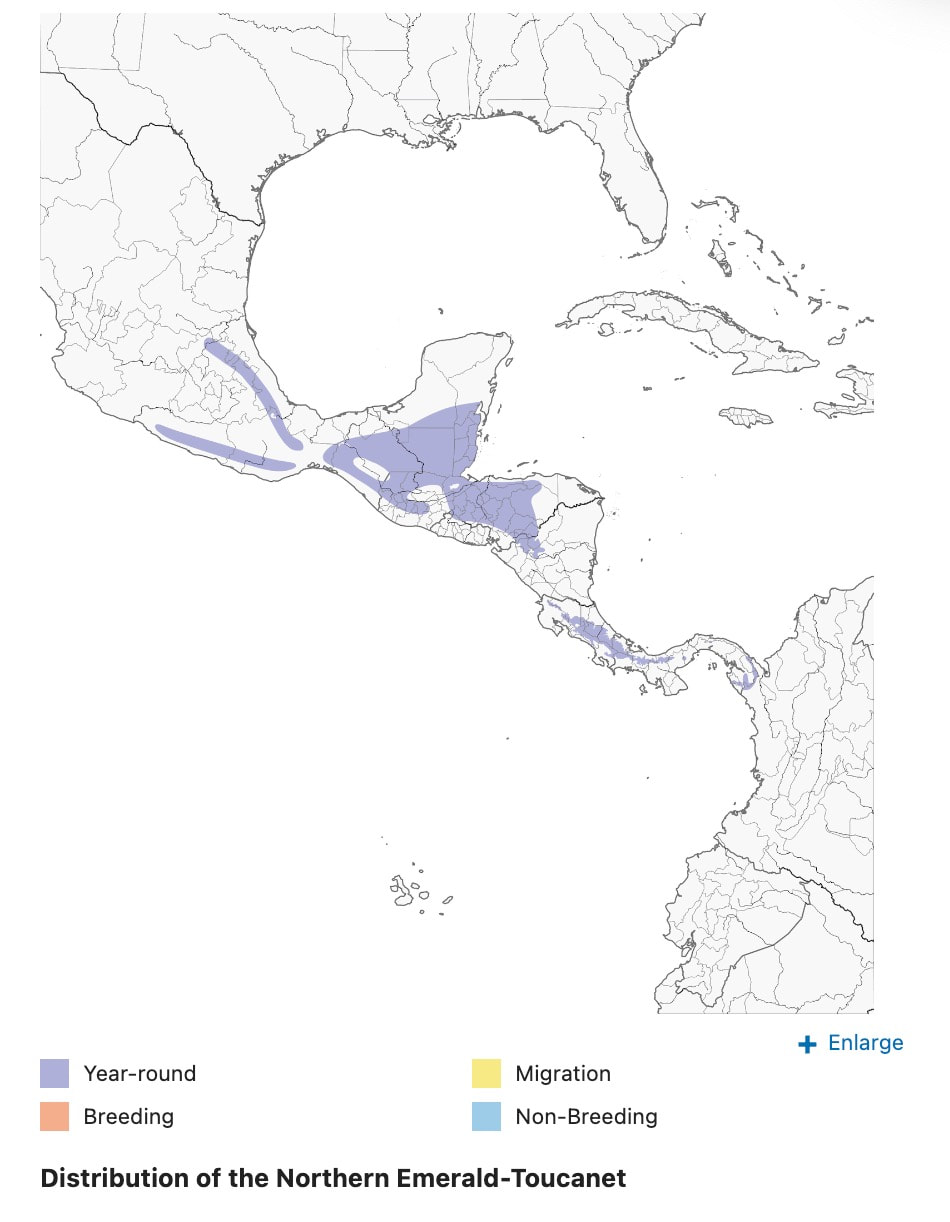
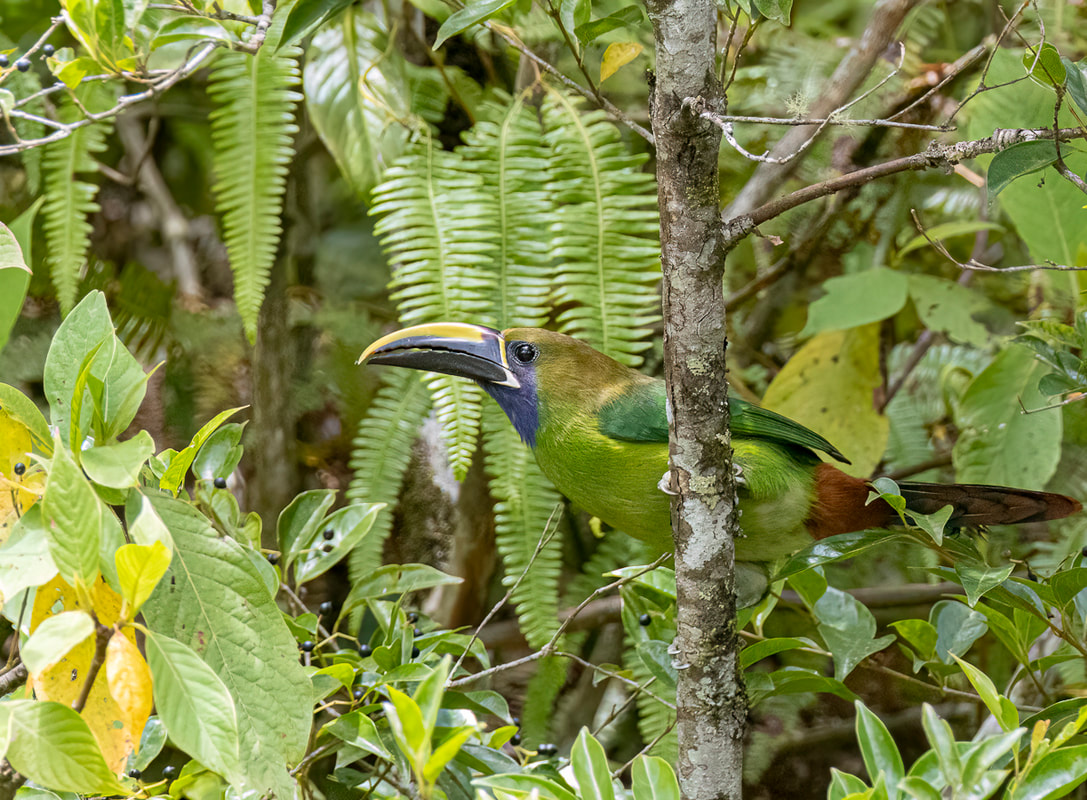
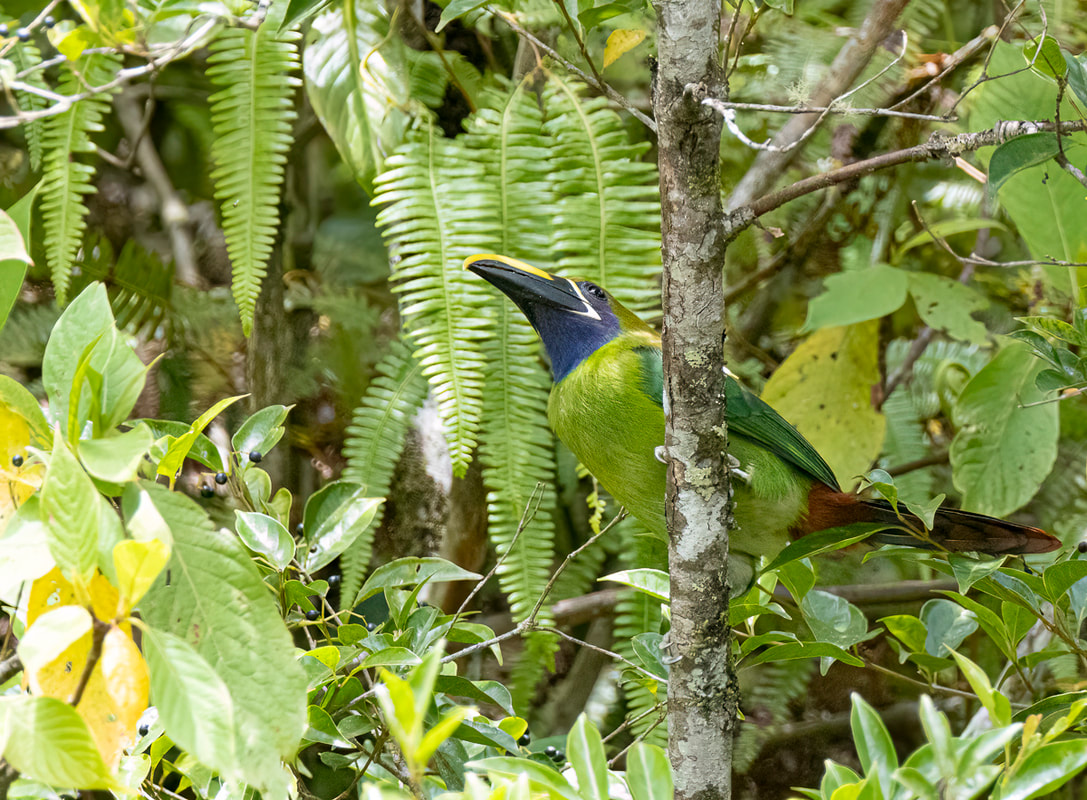
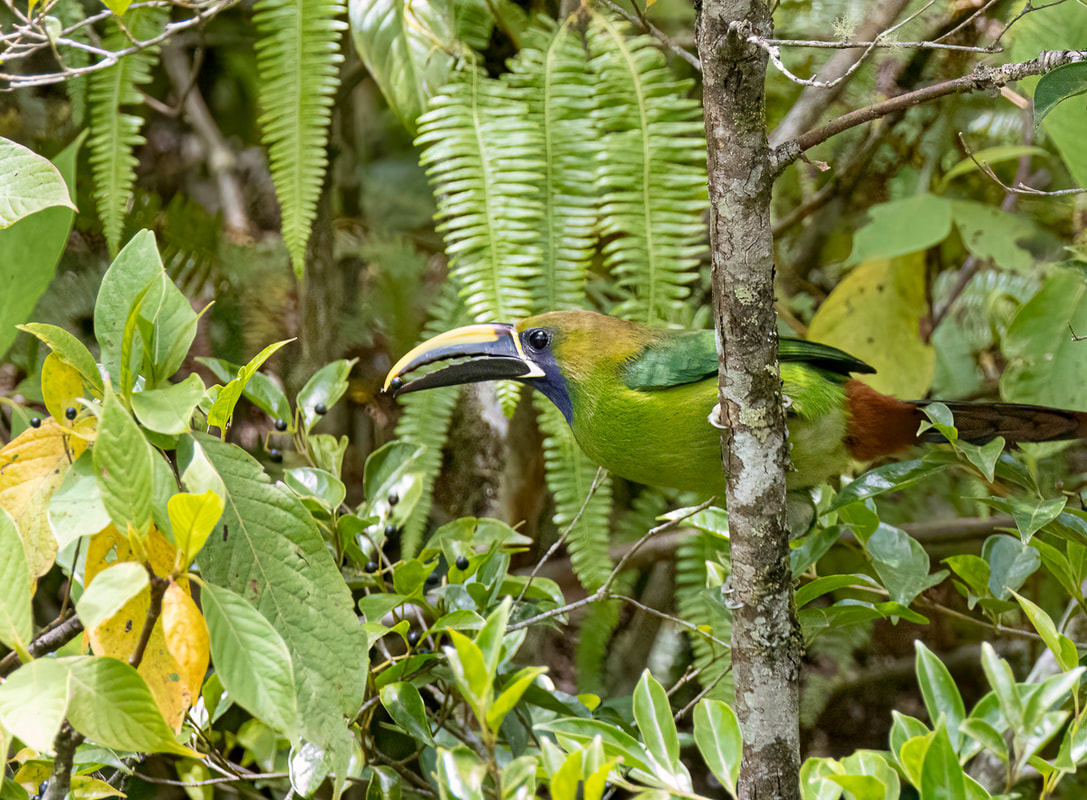
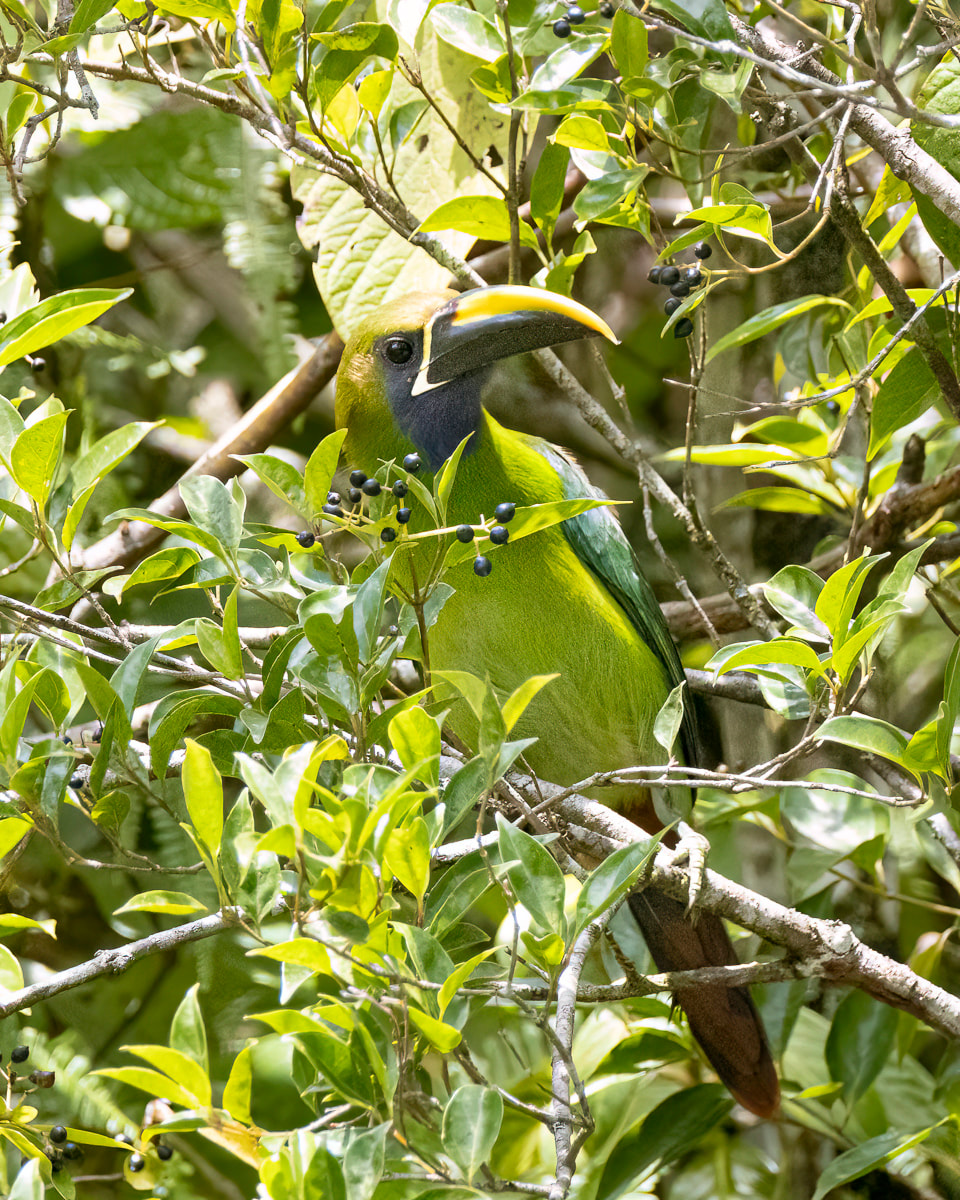
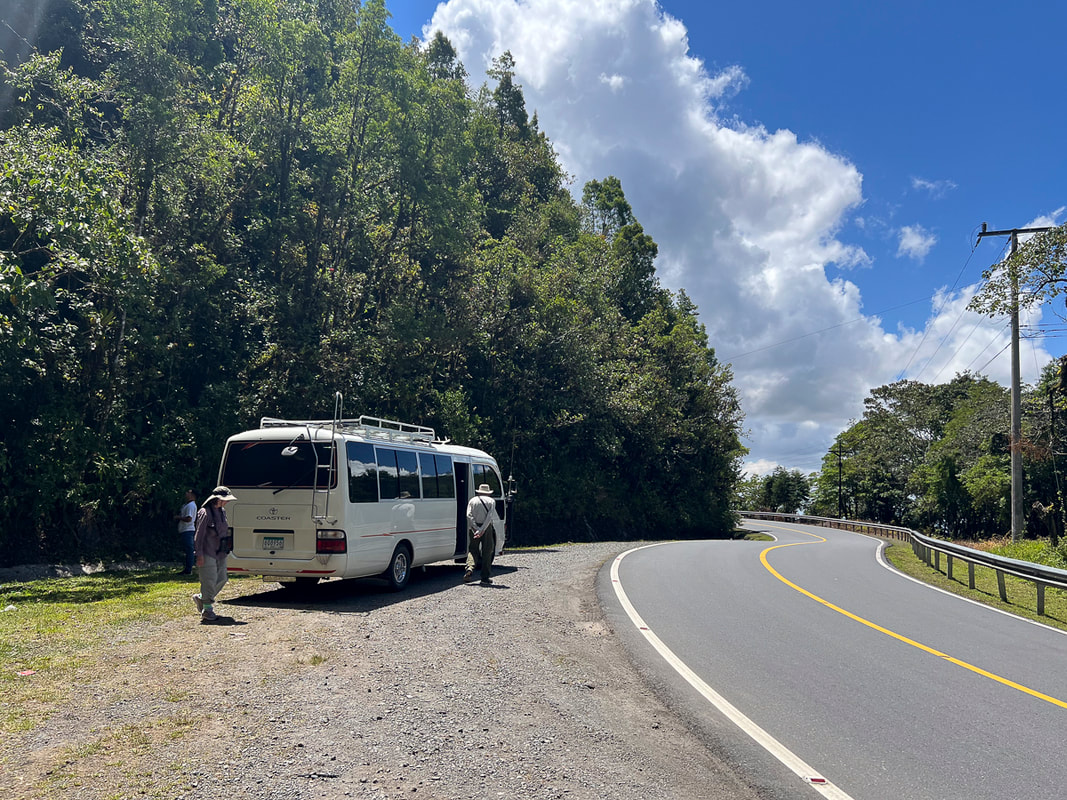
 RSS Feed
RSS Feed